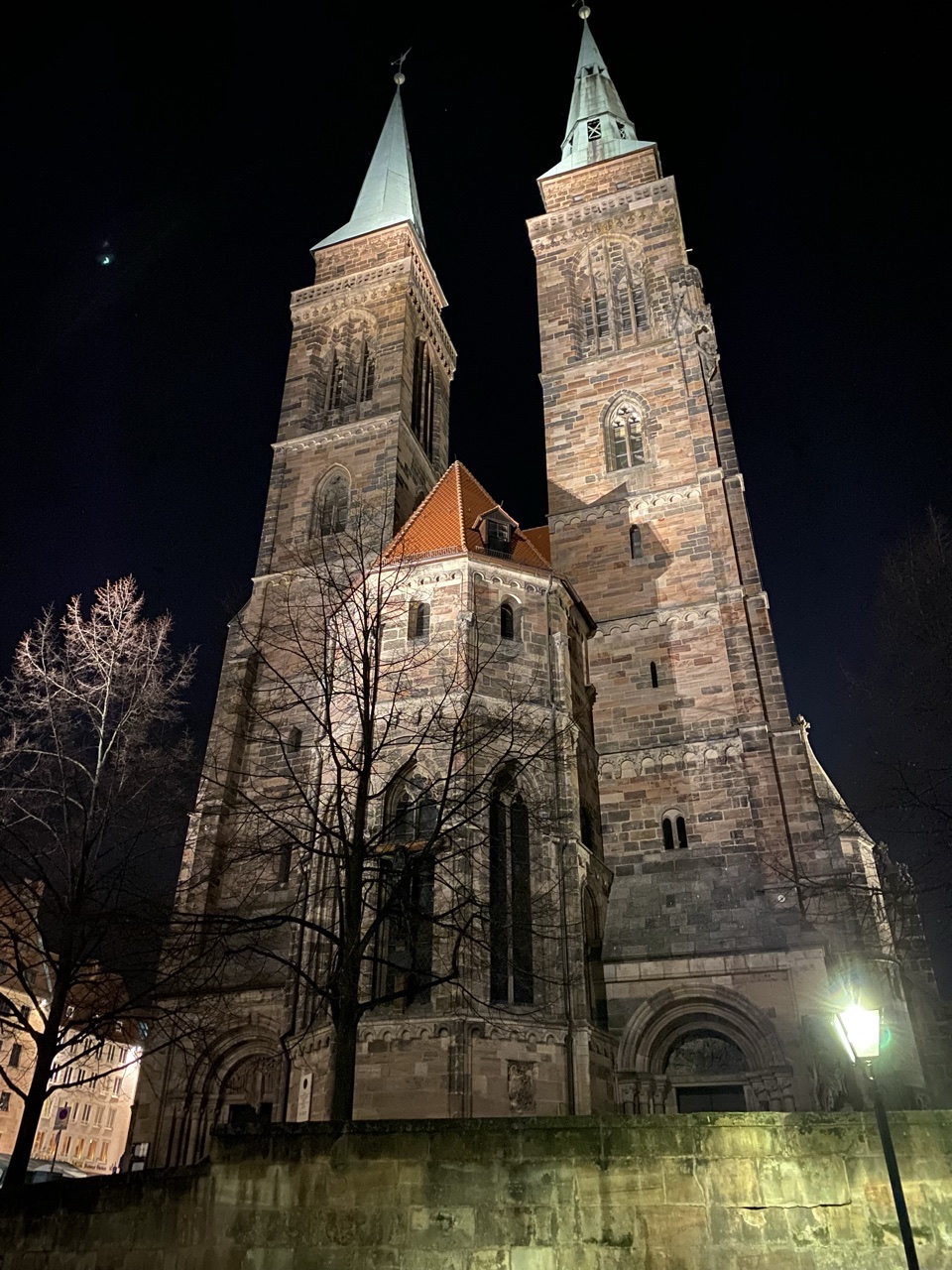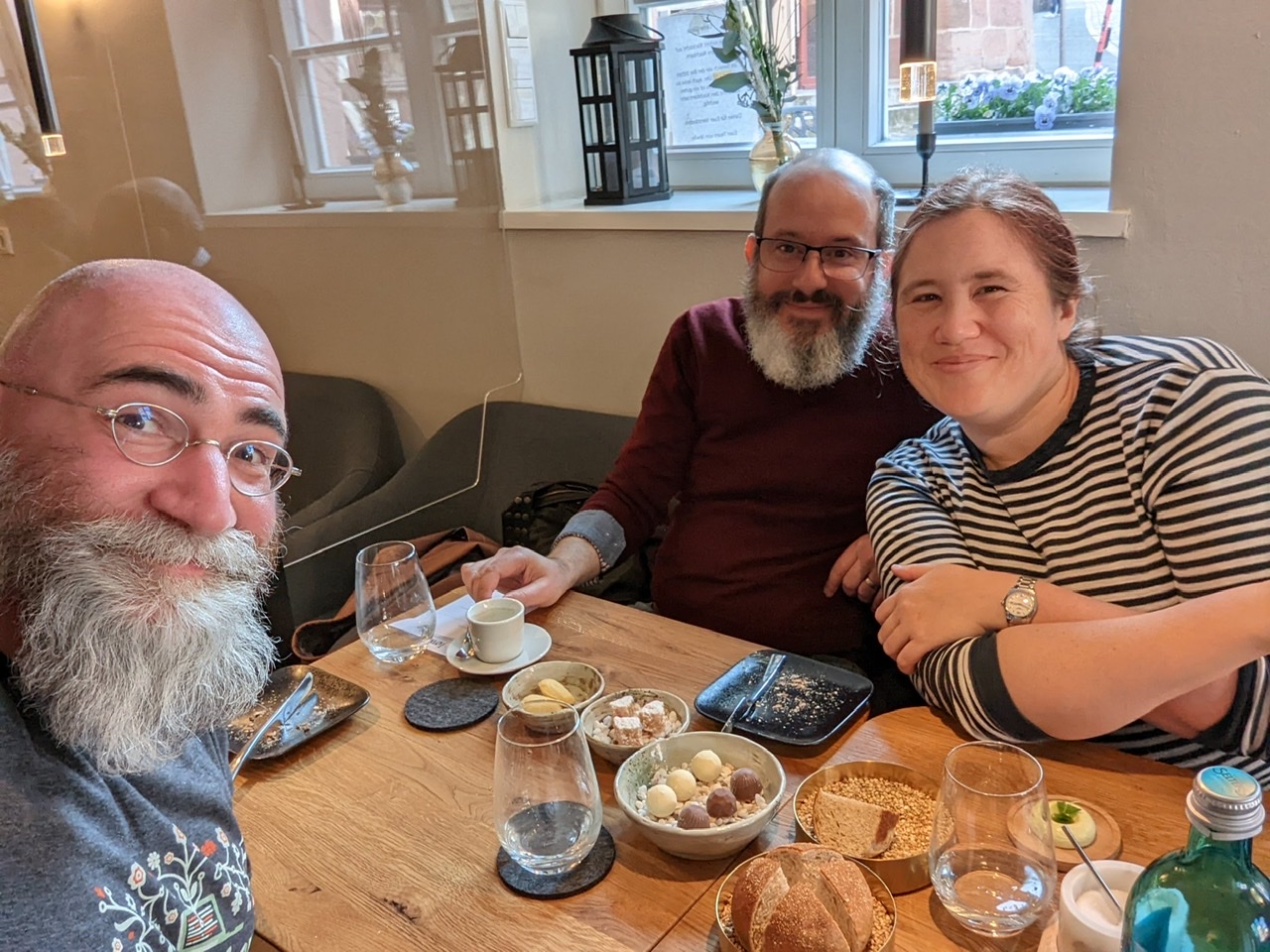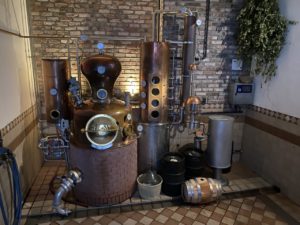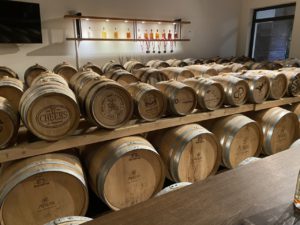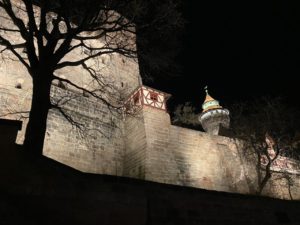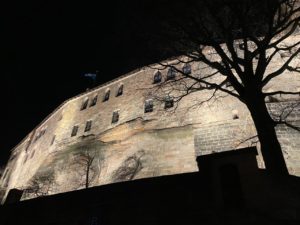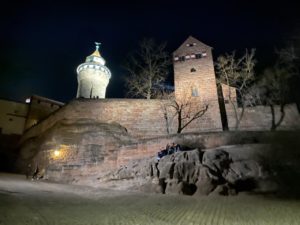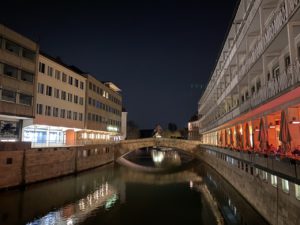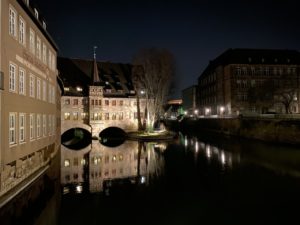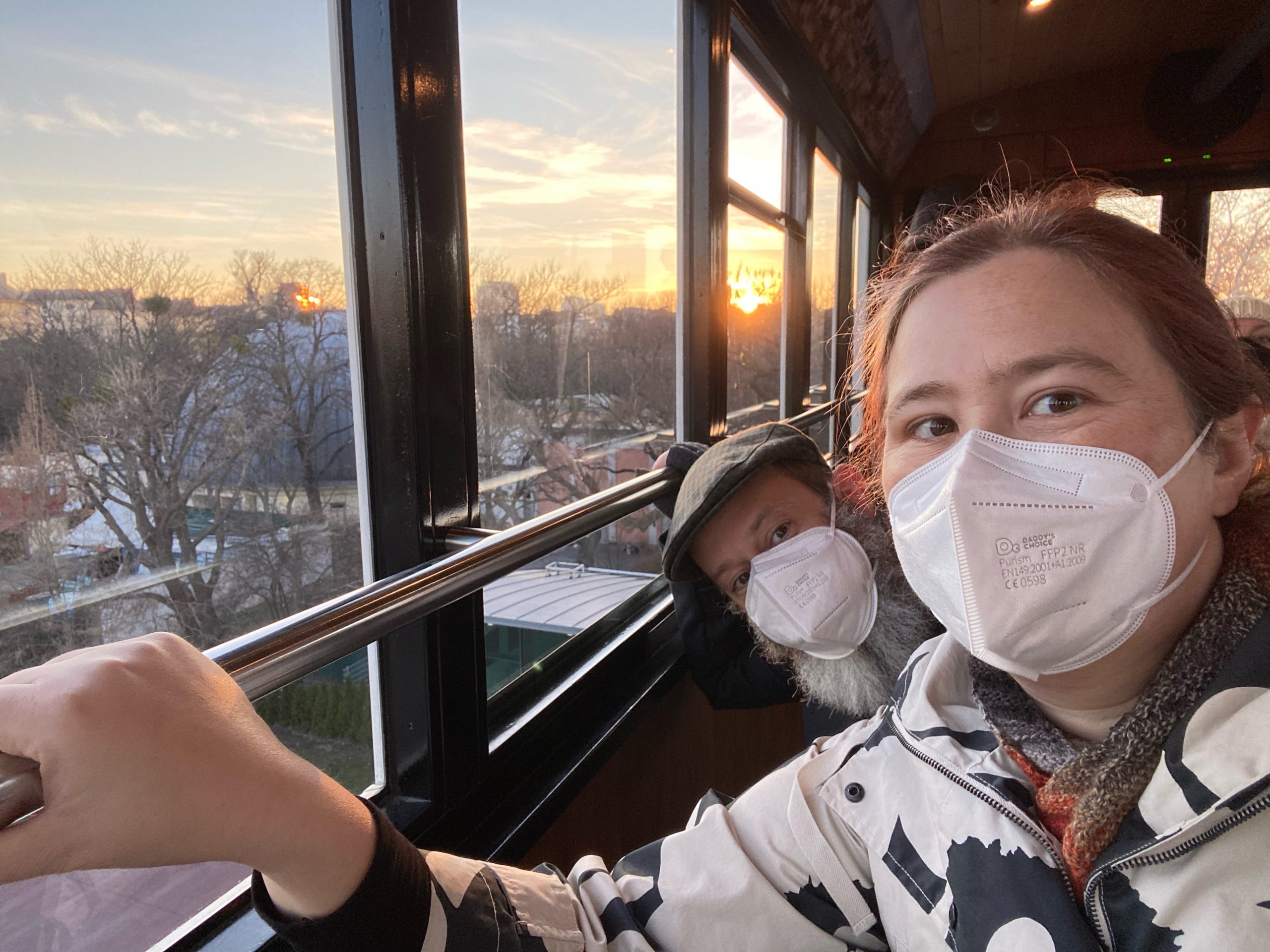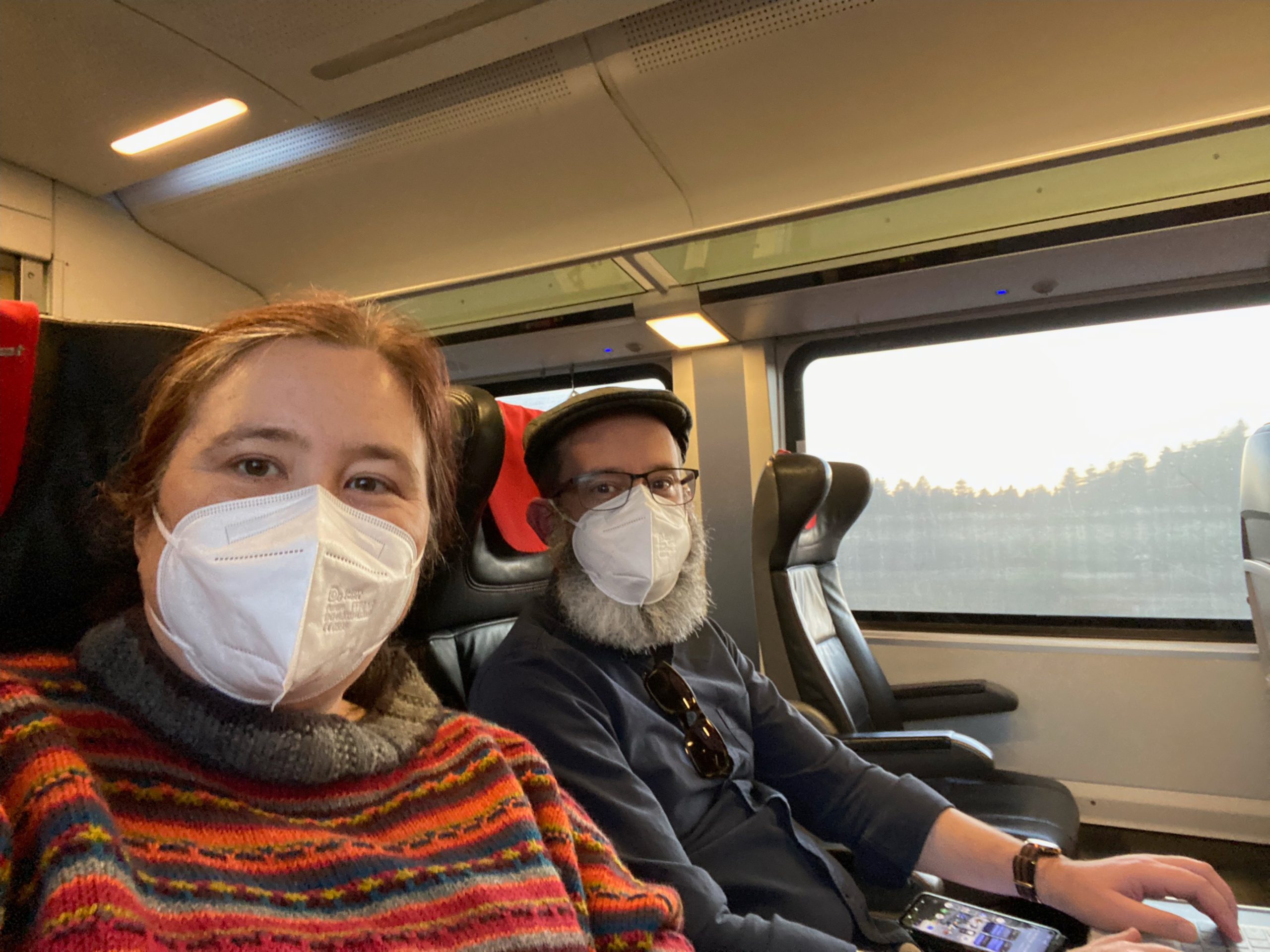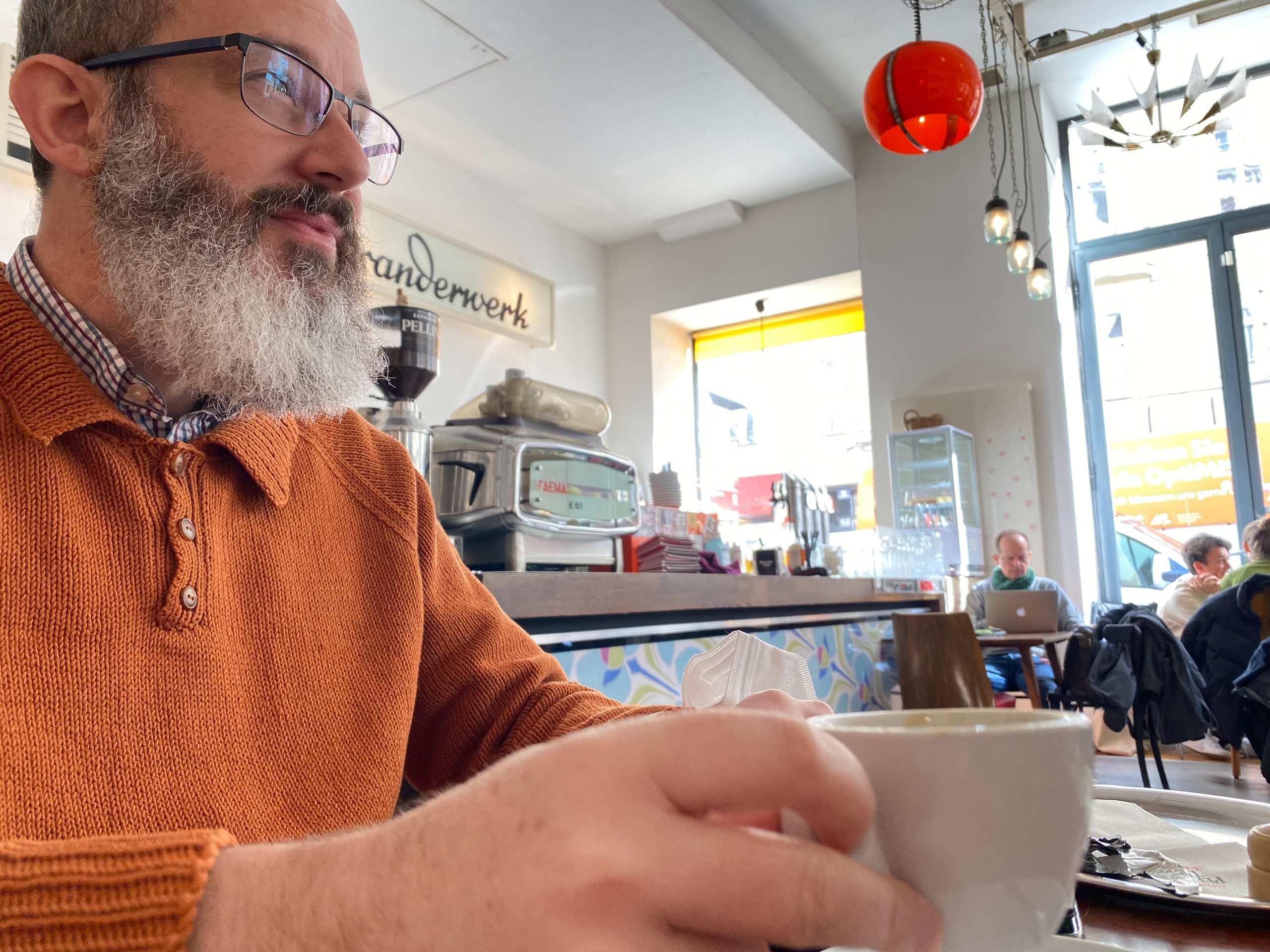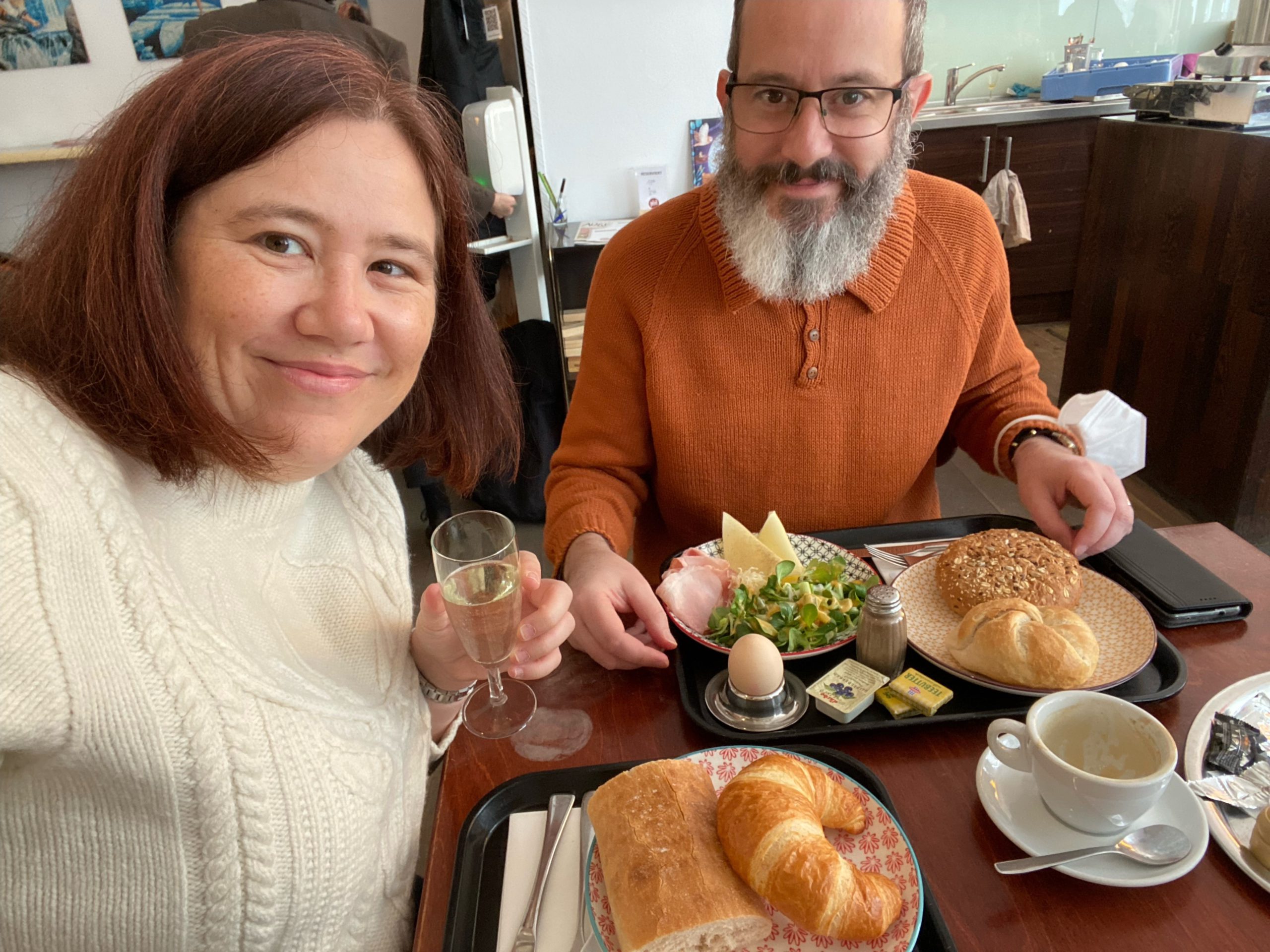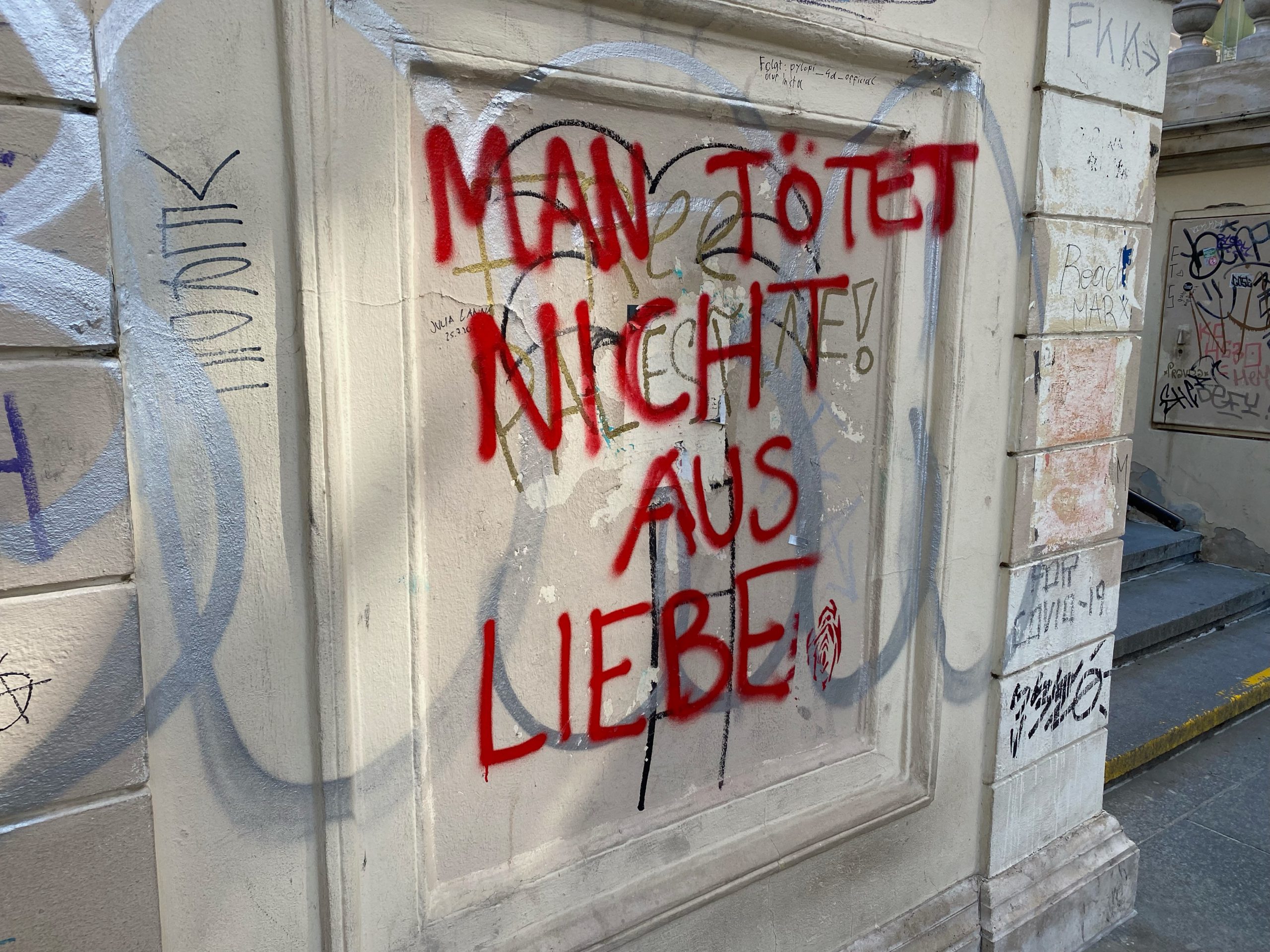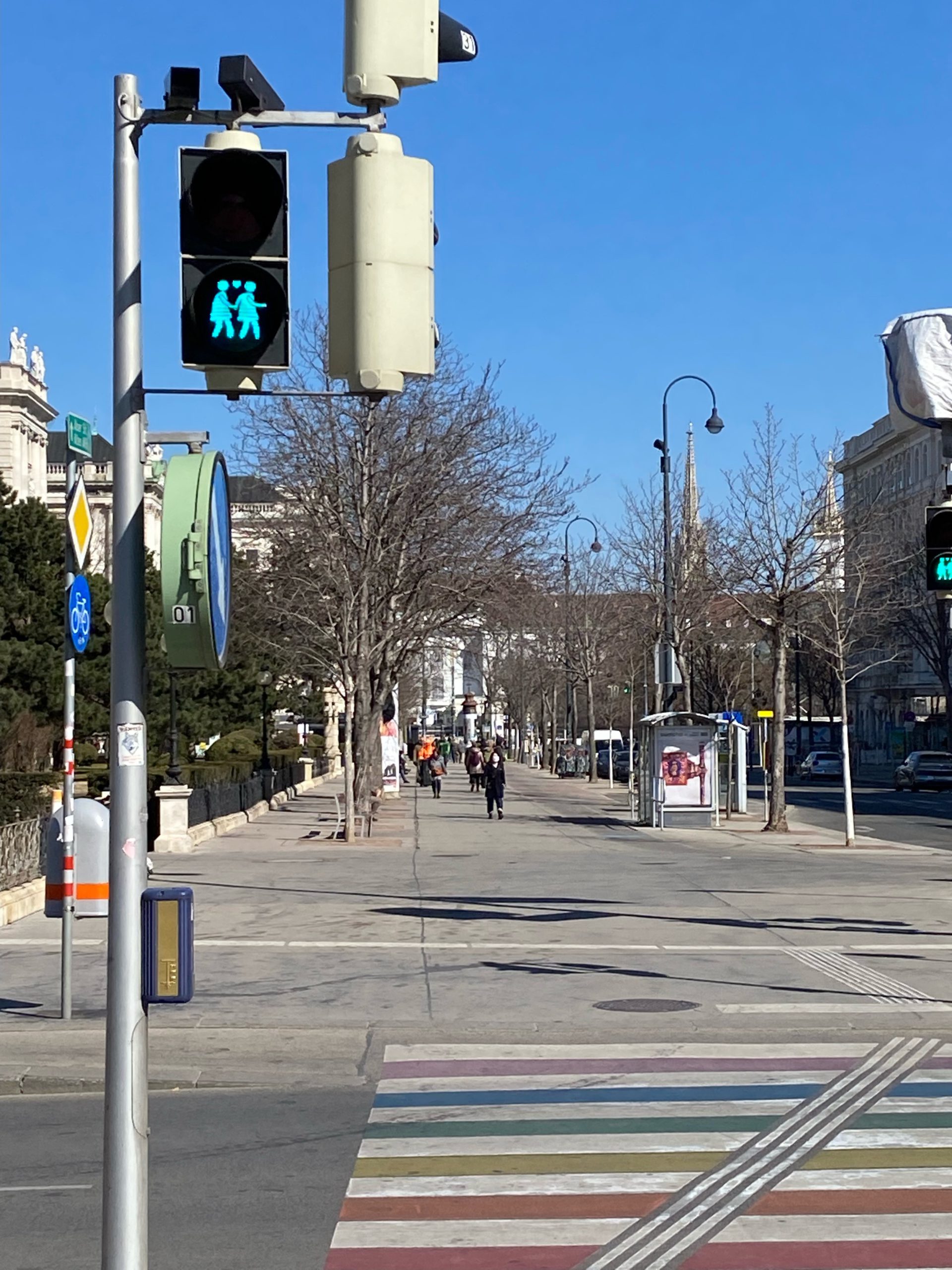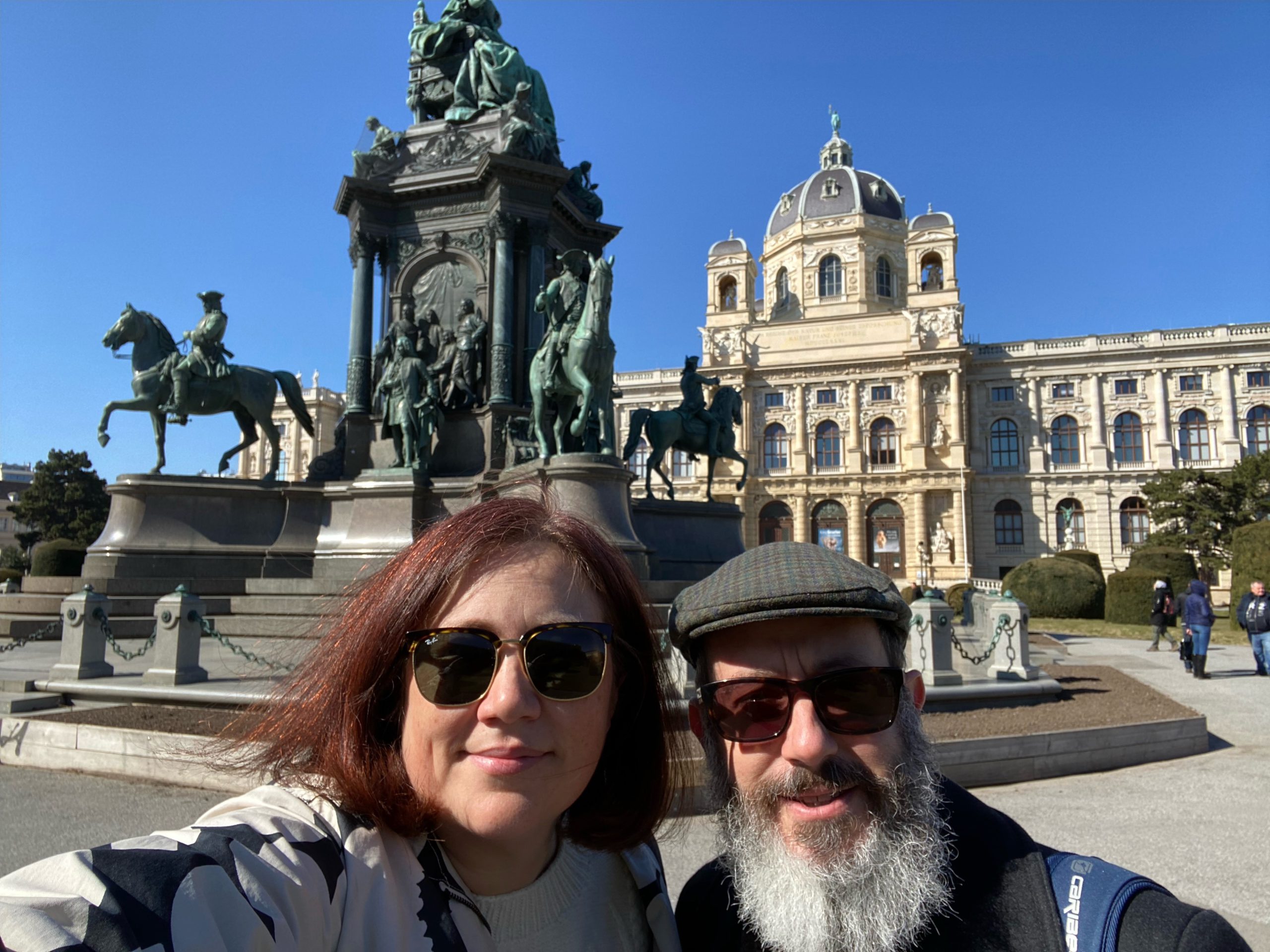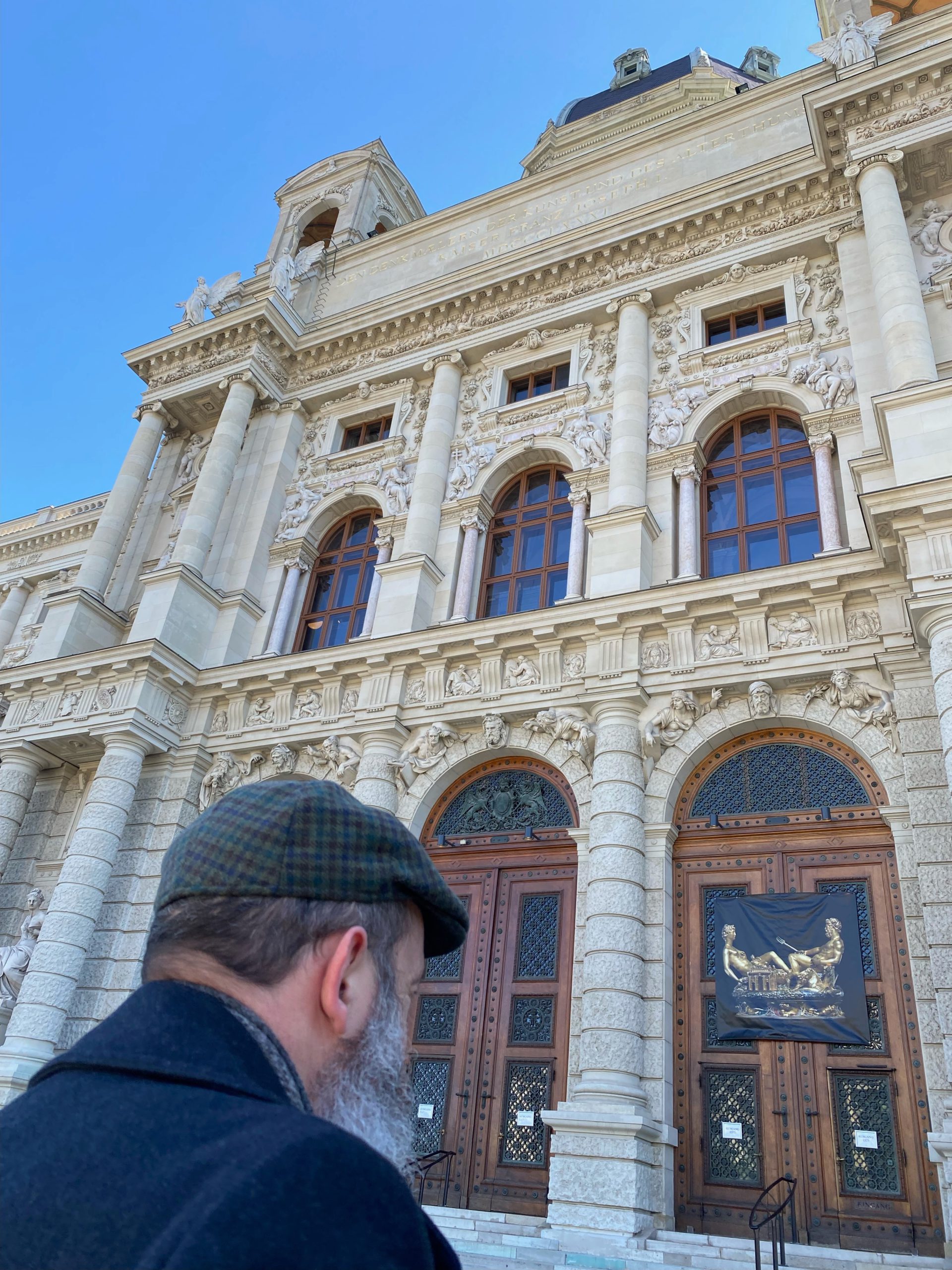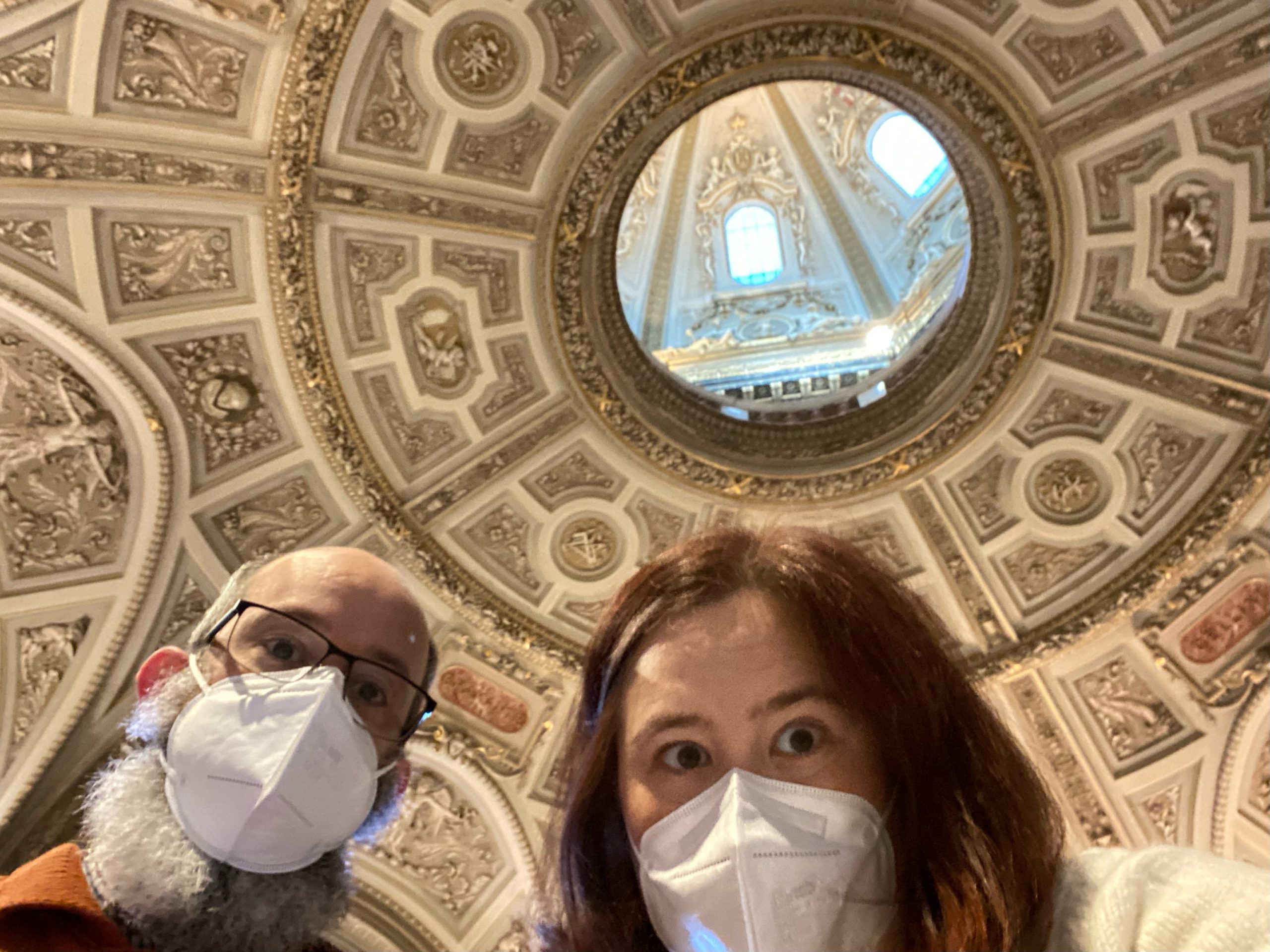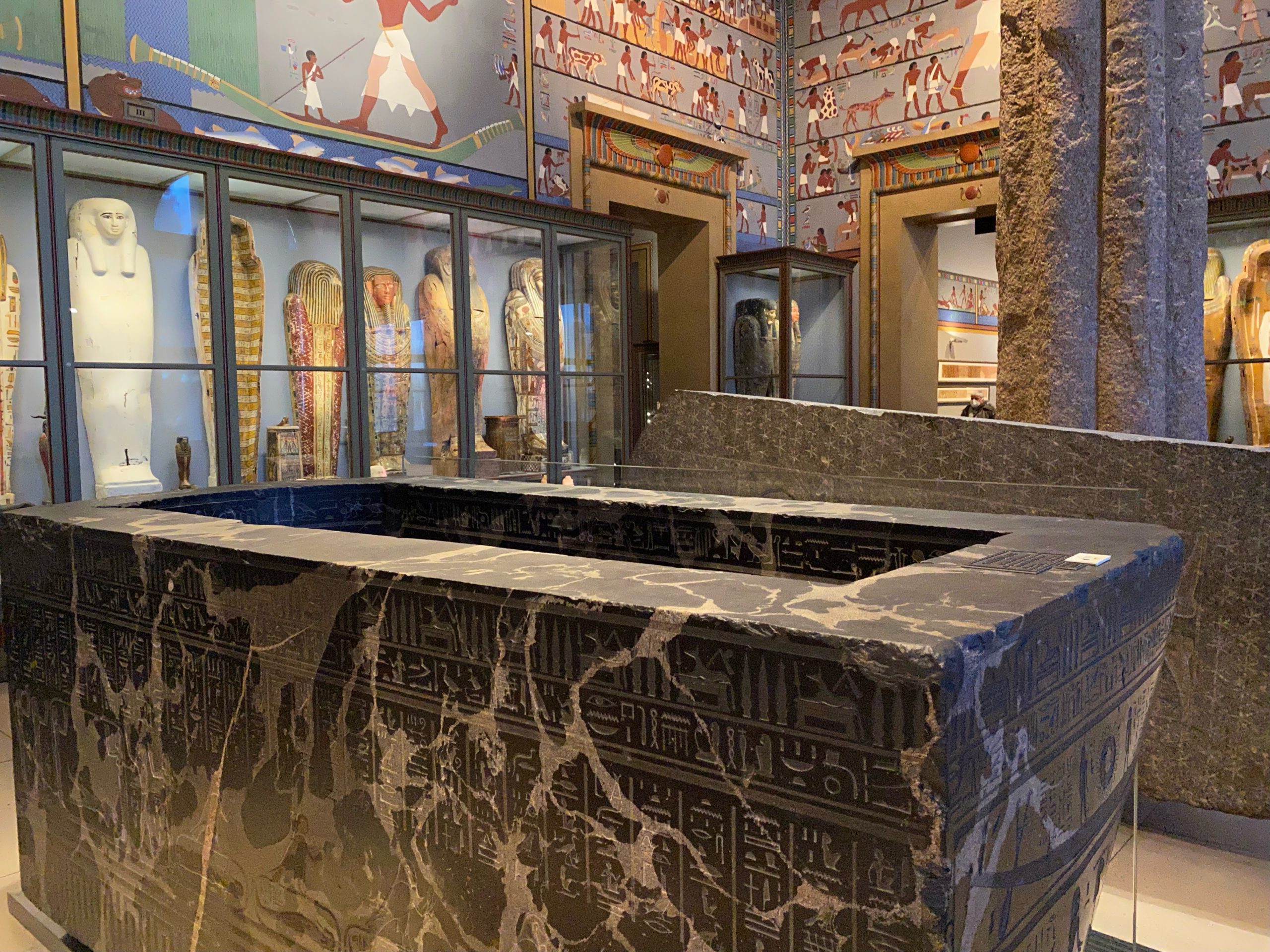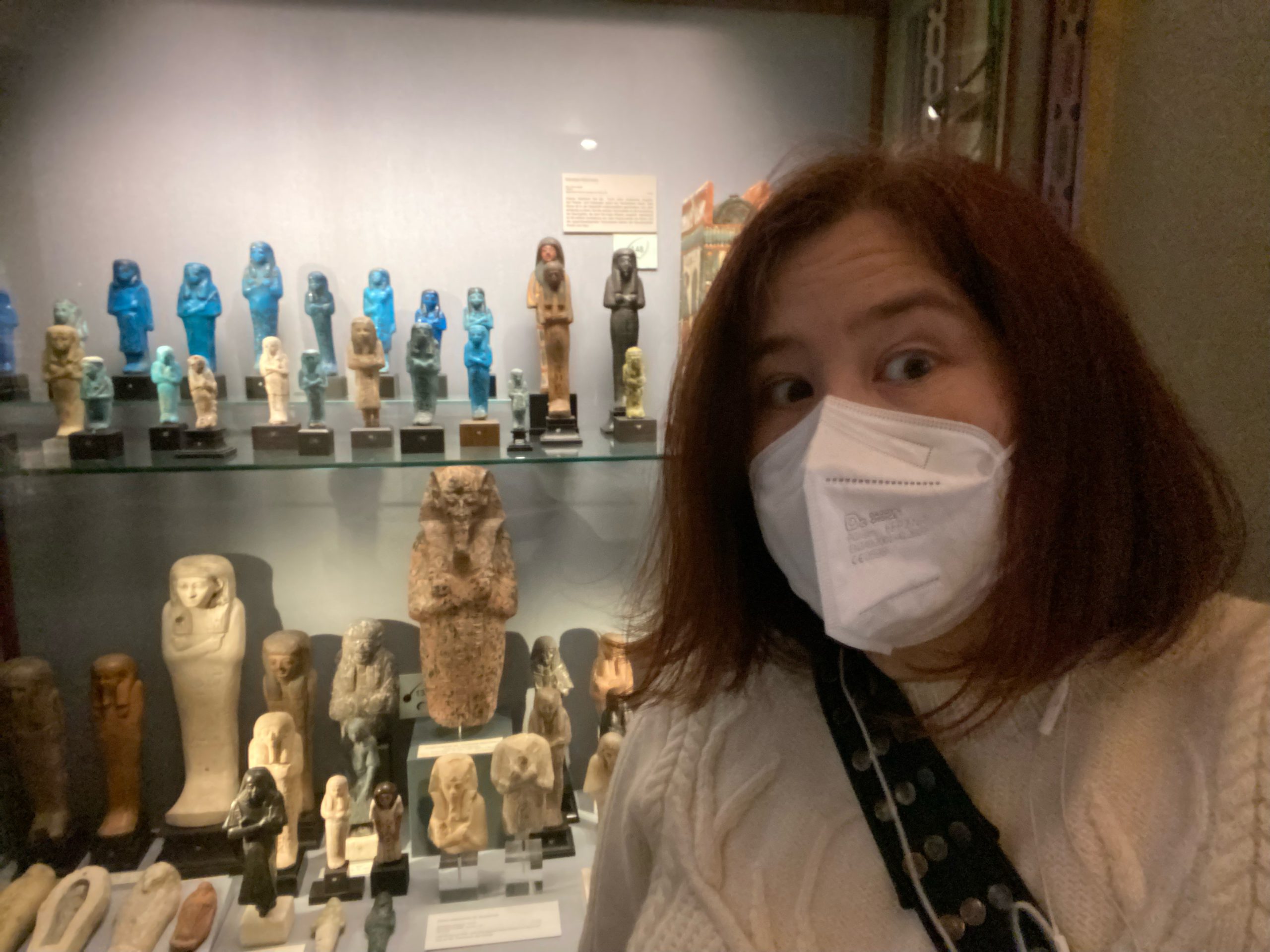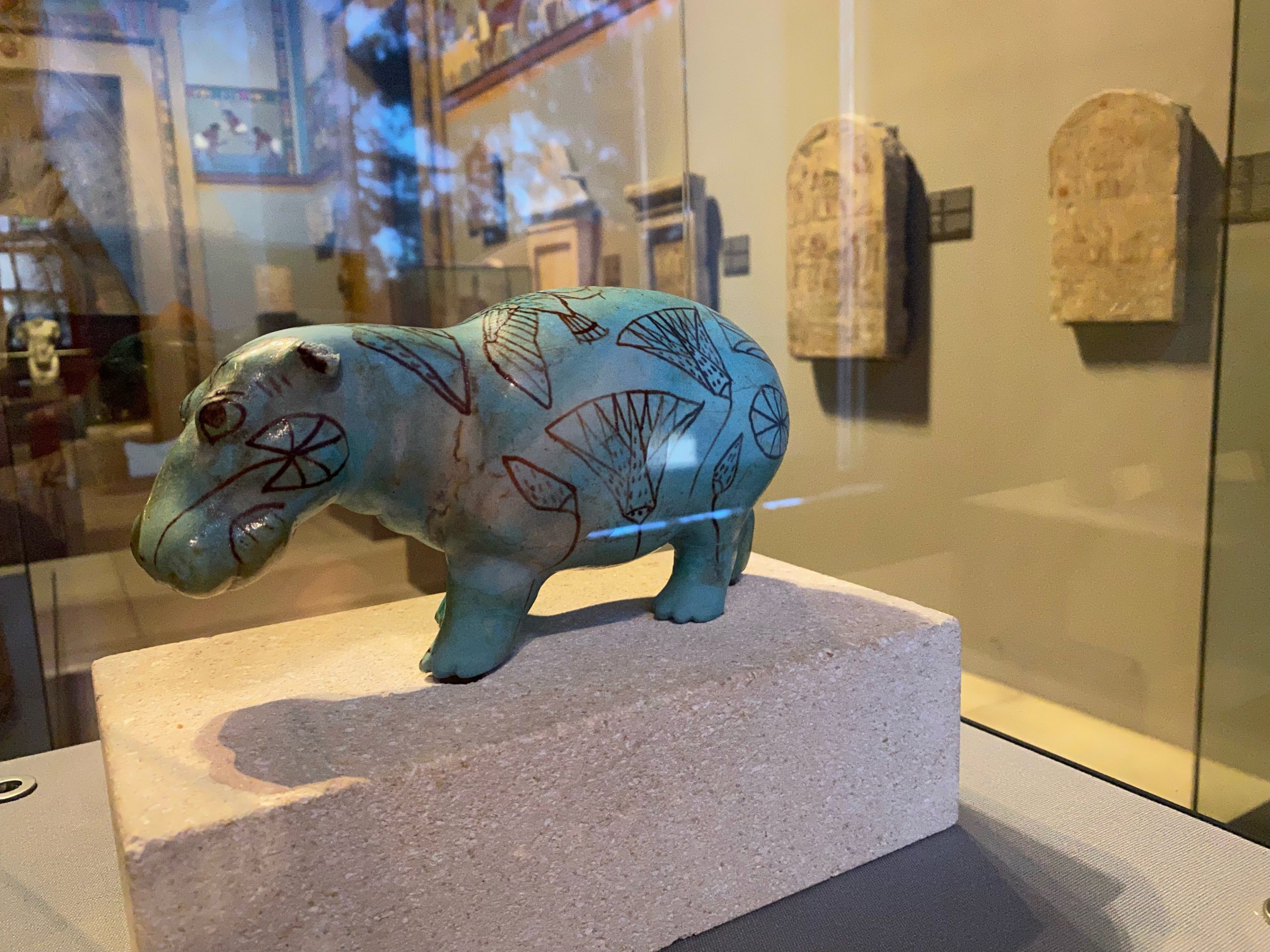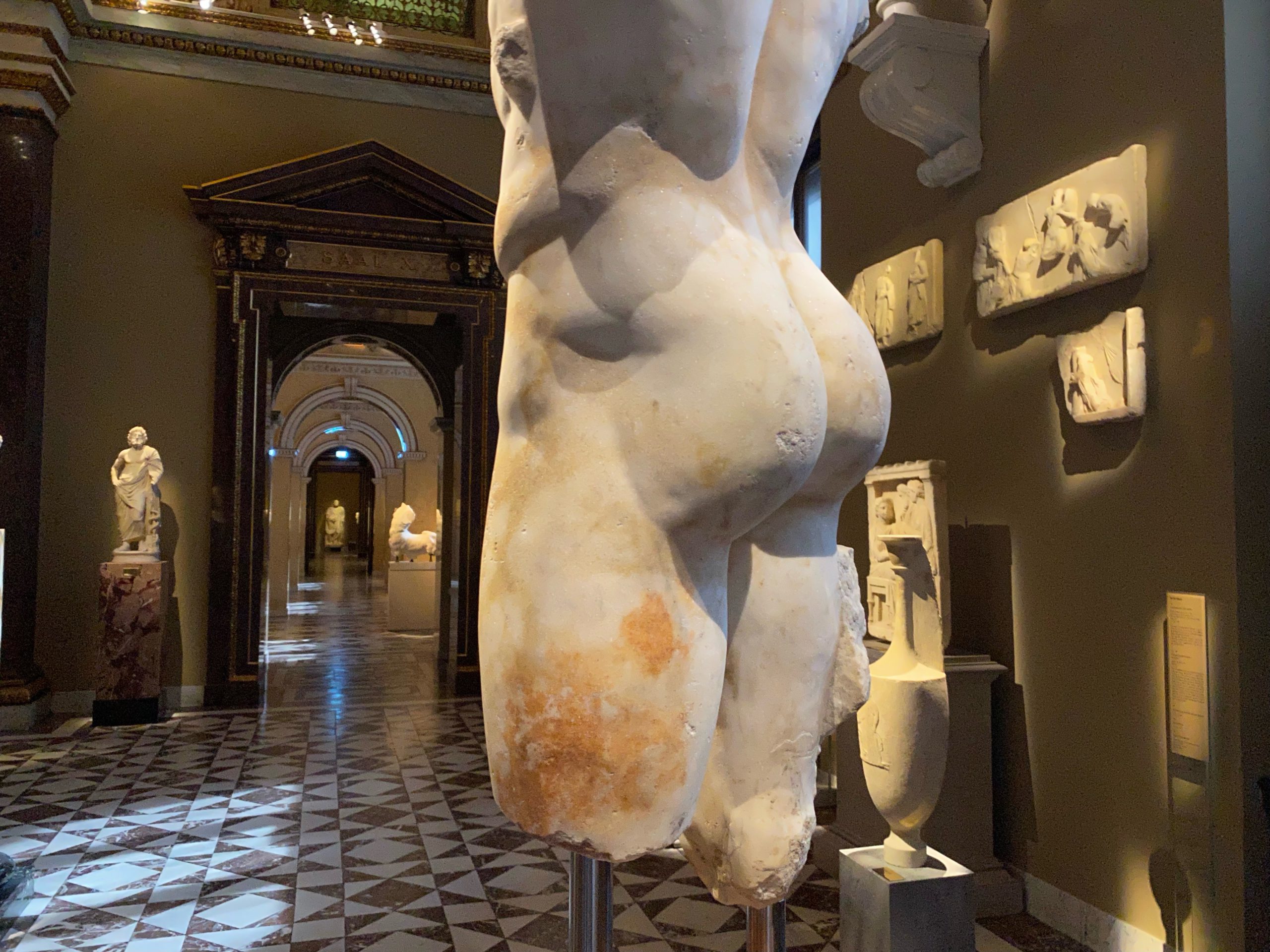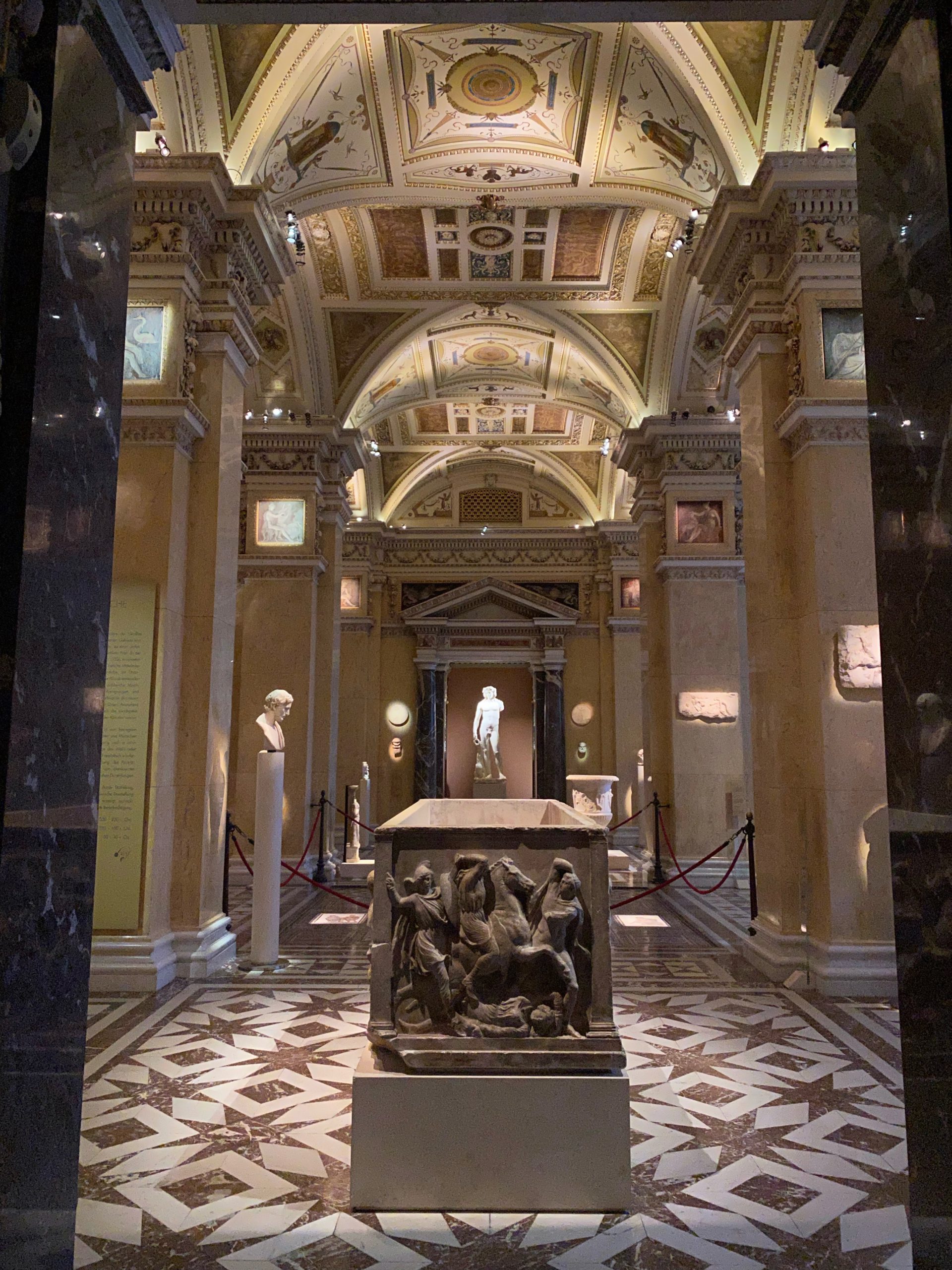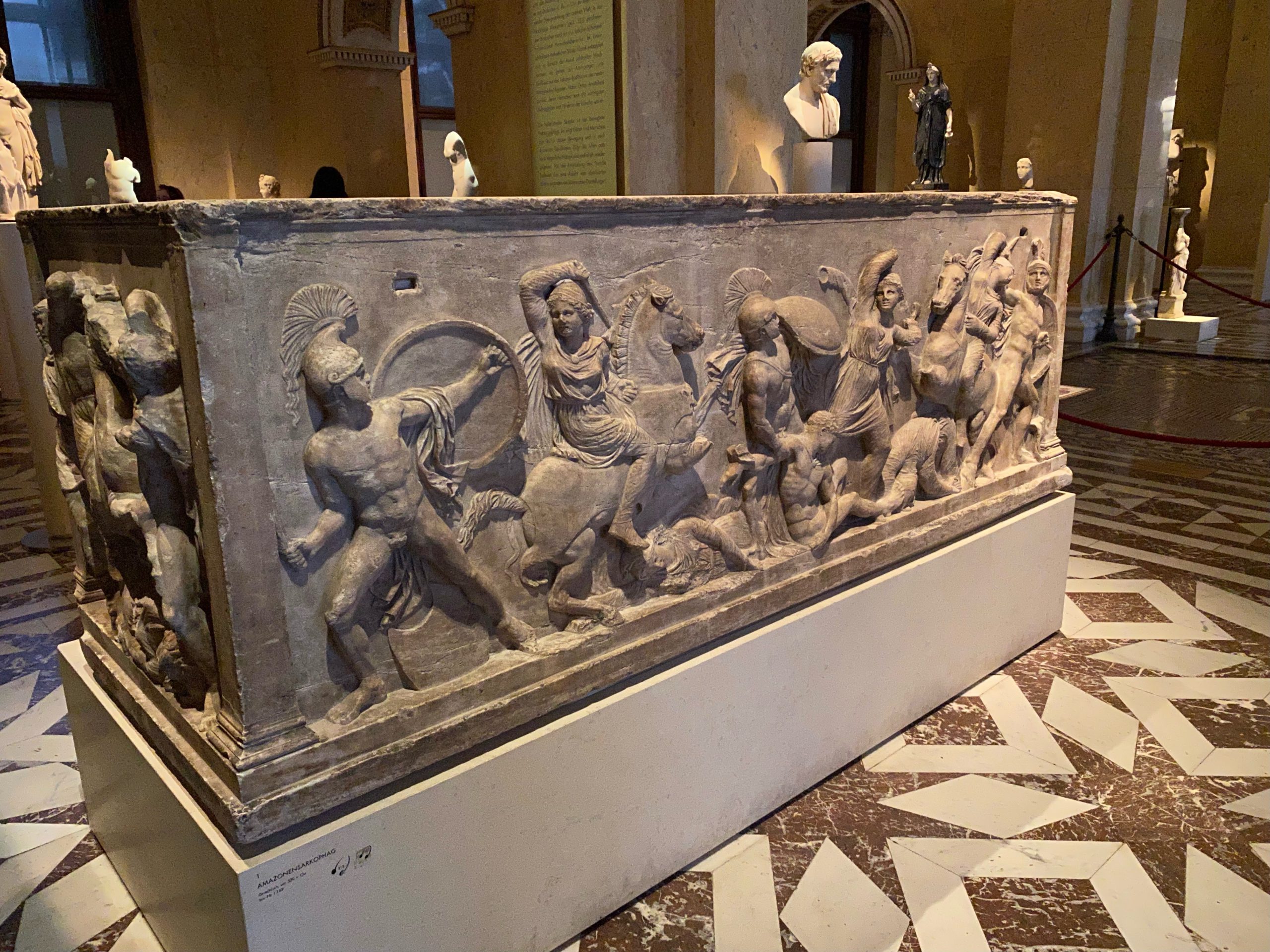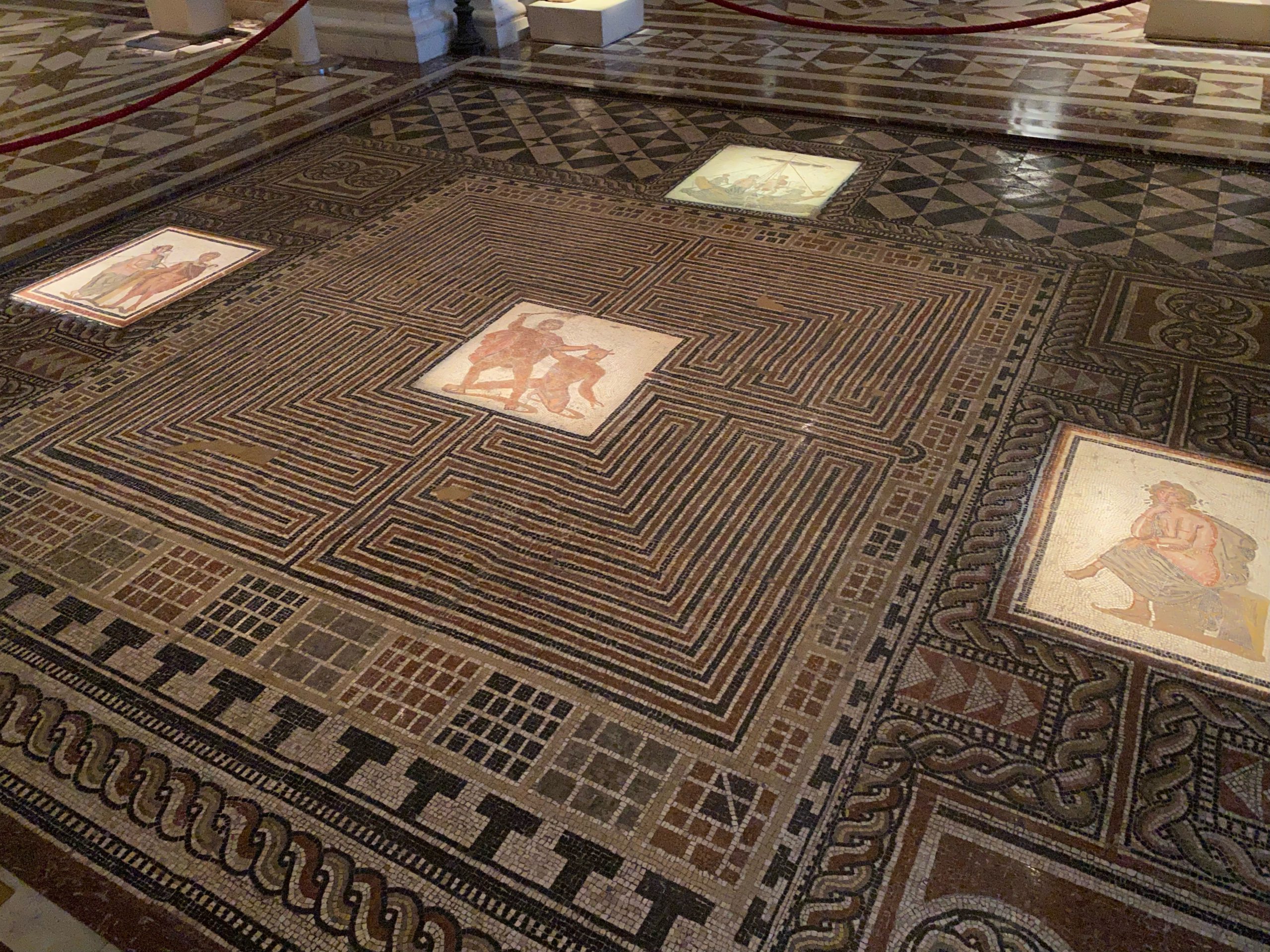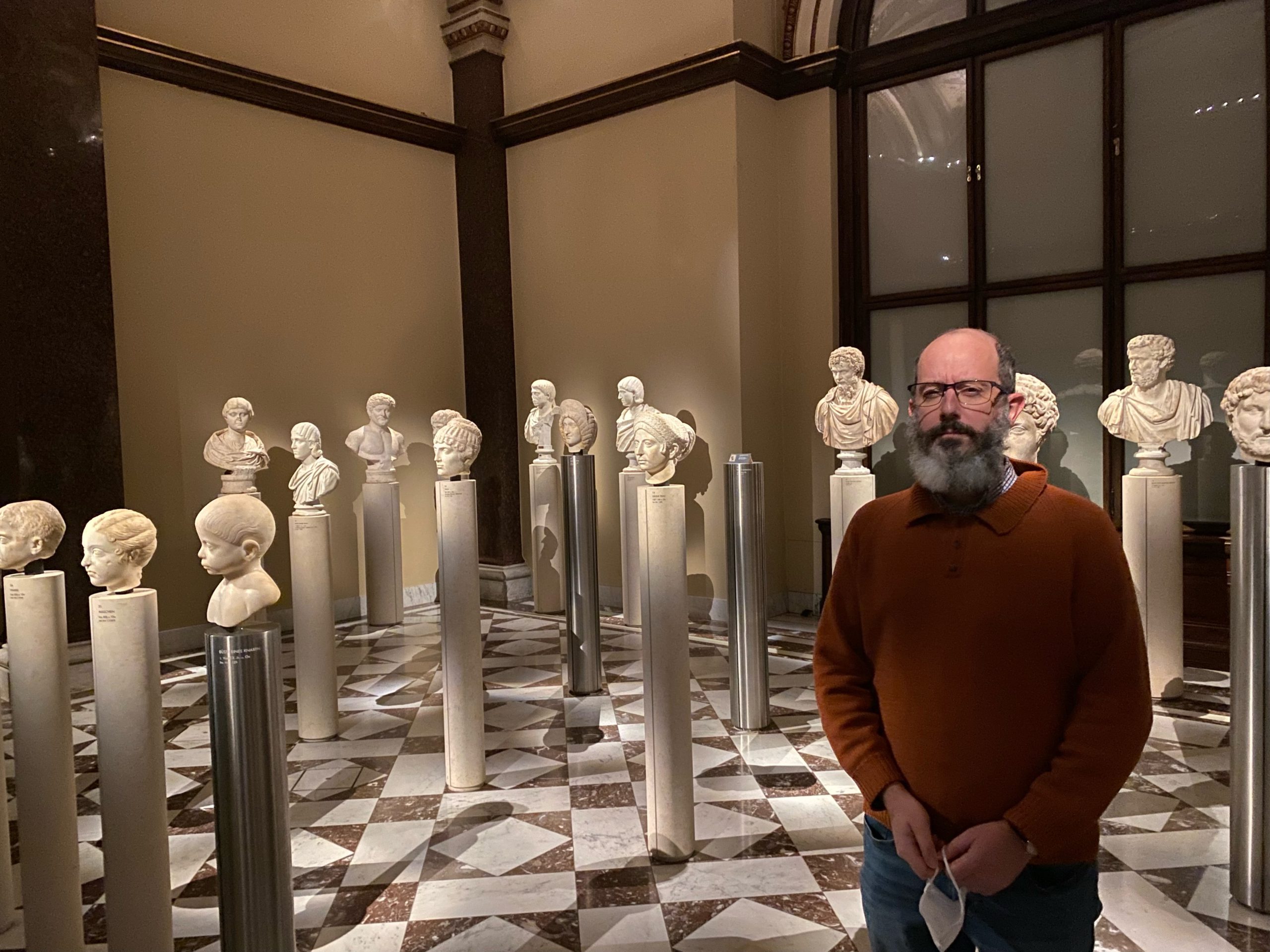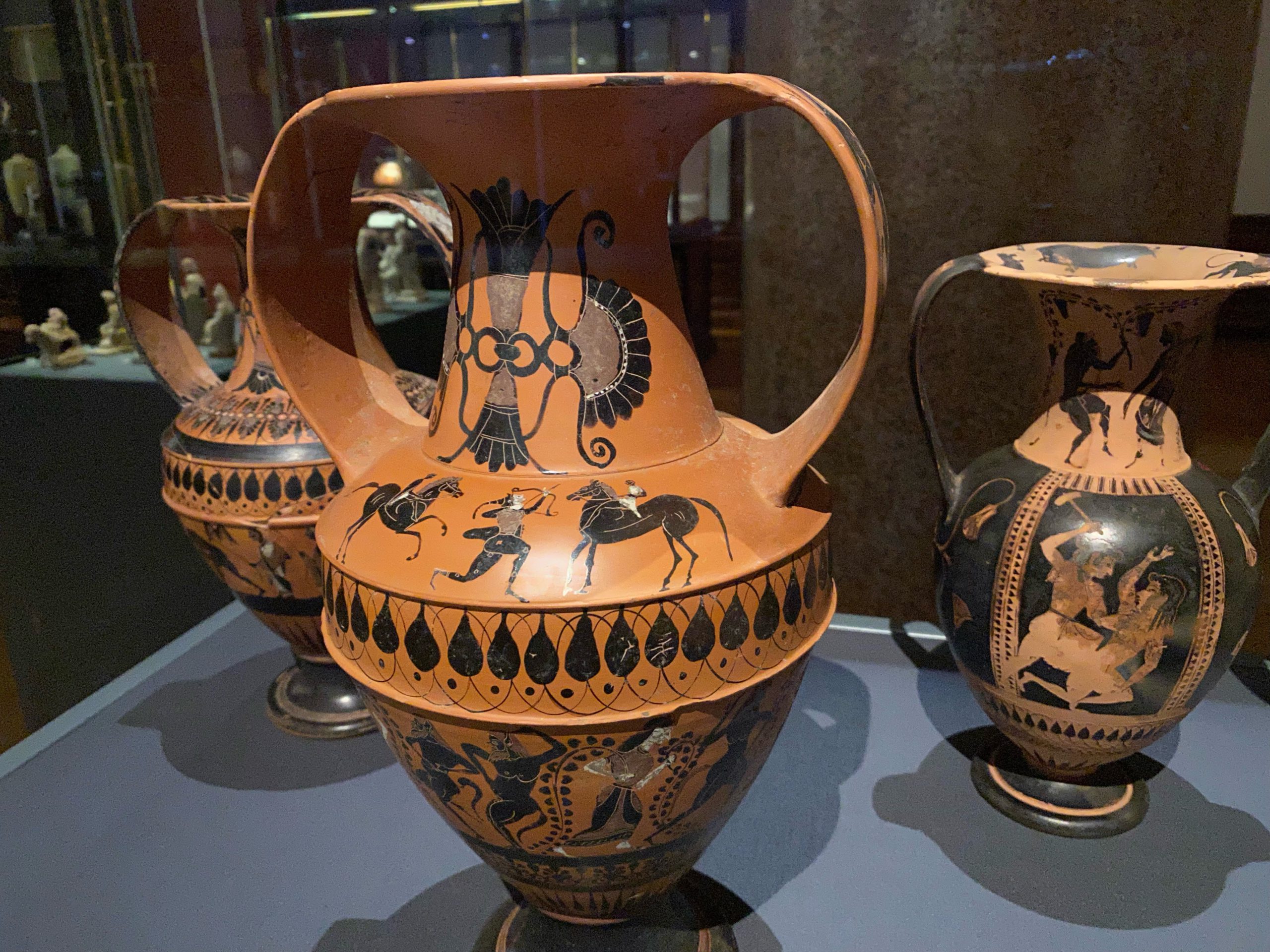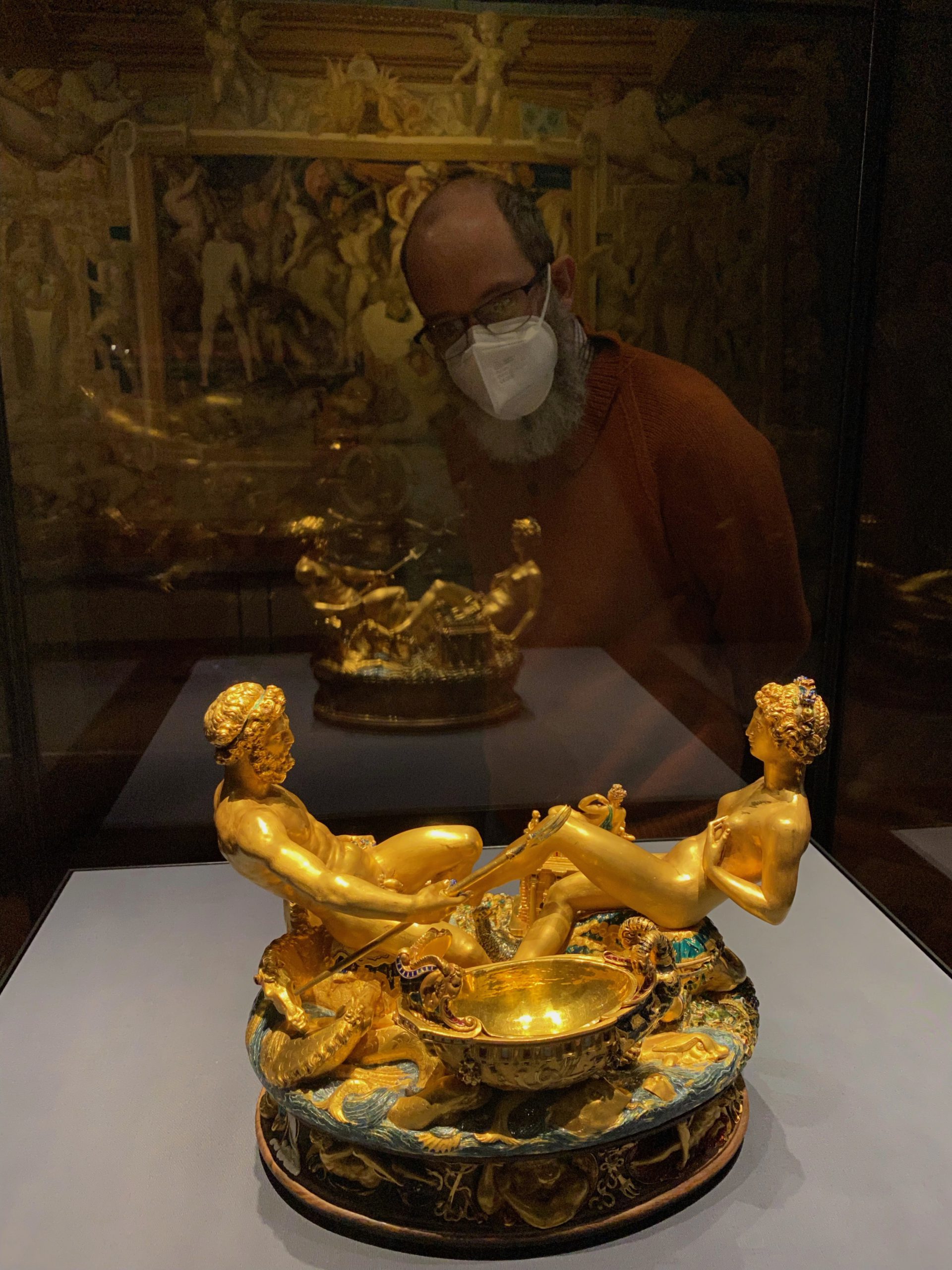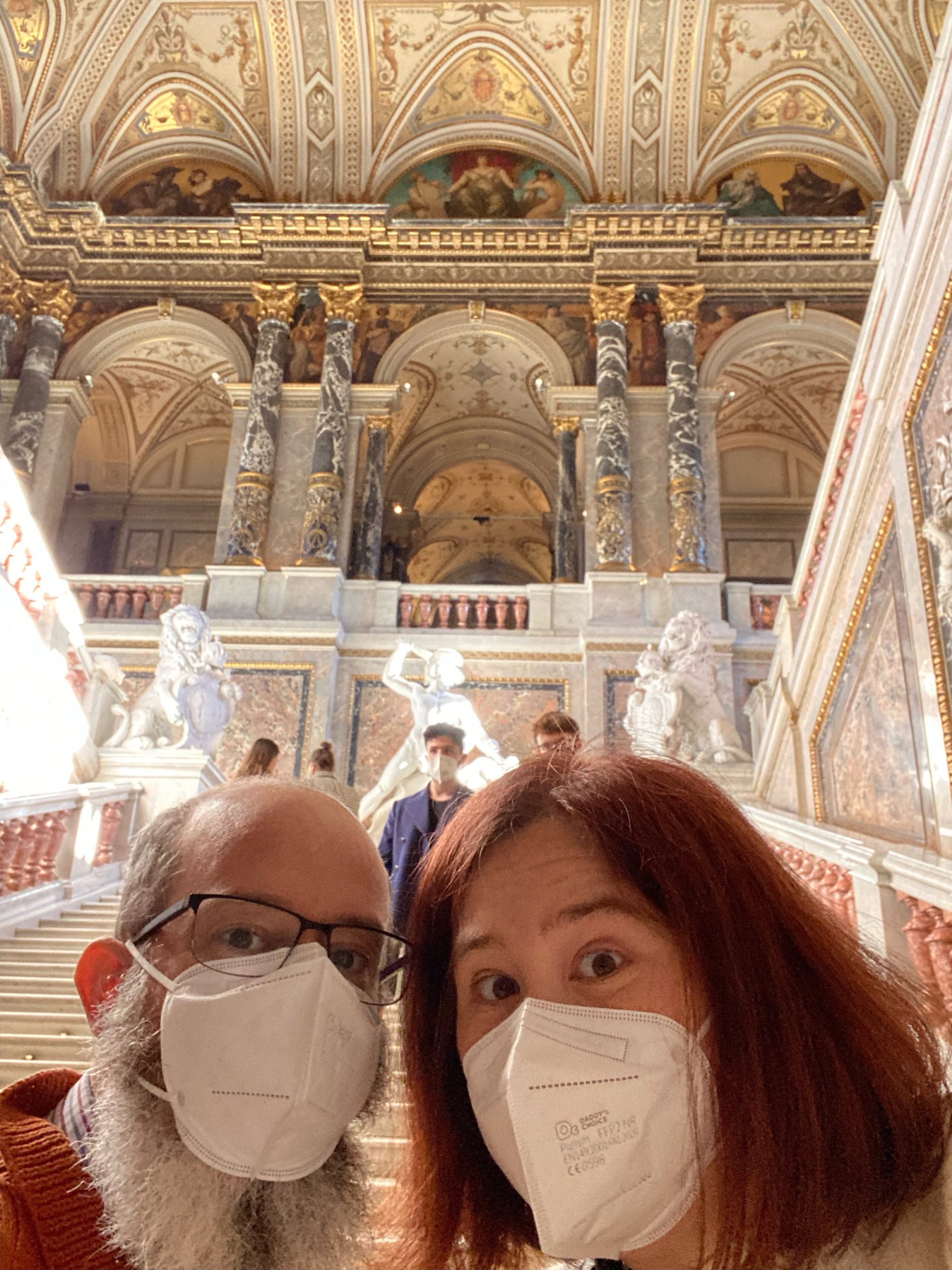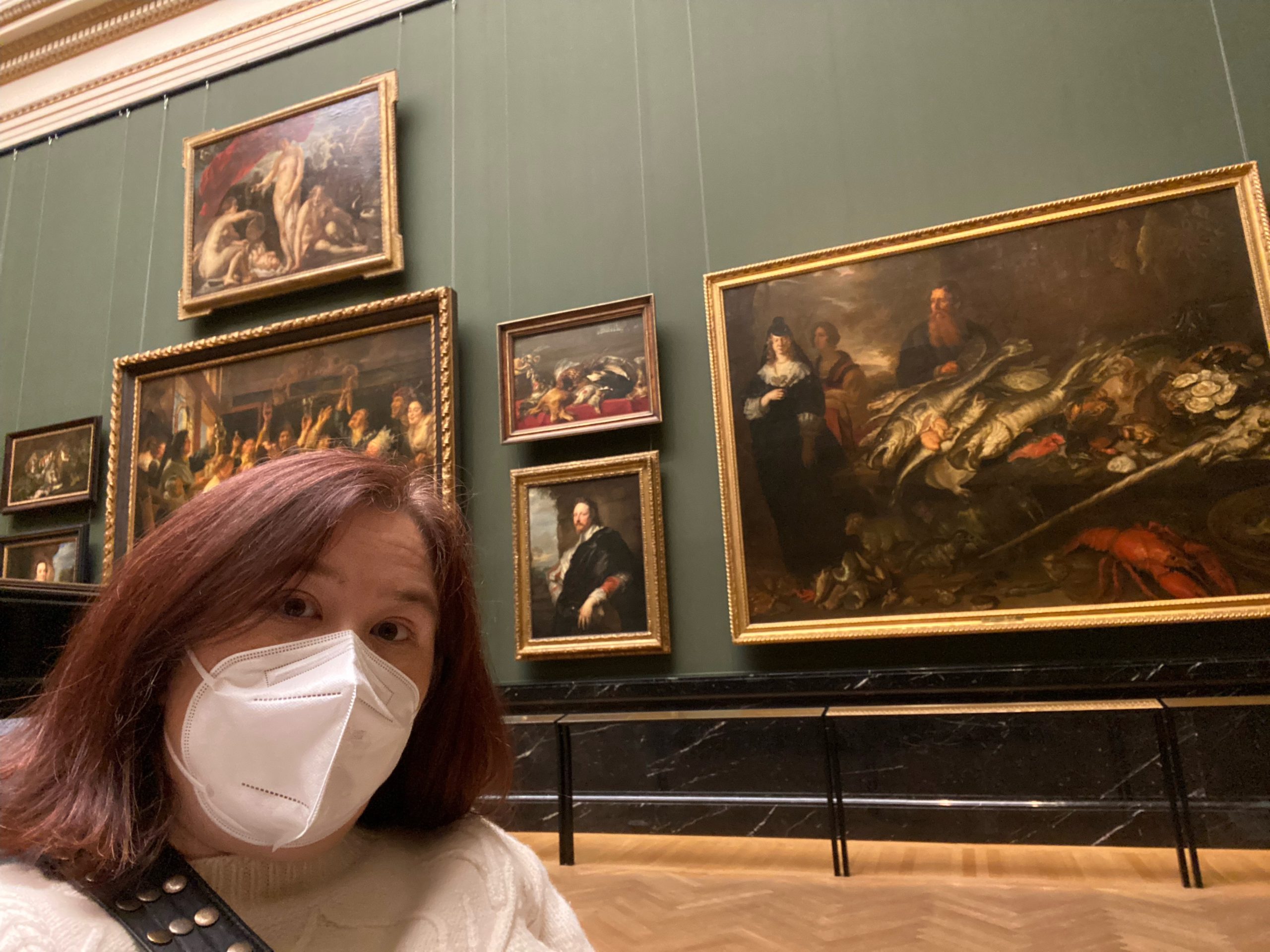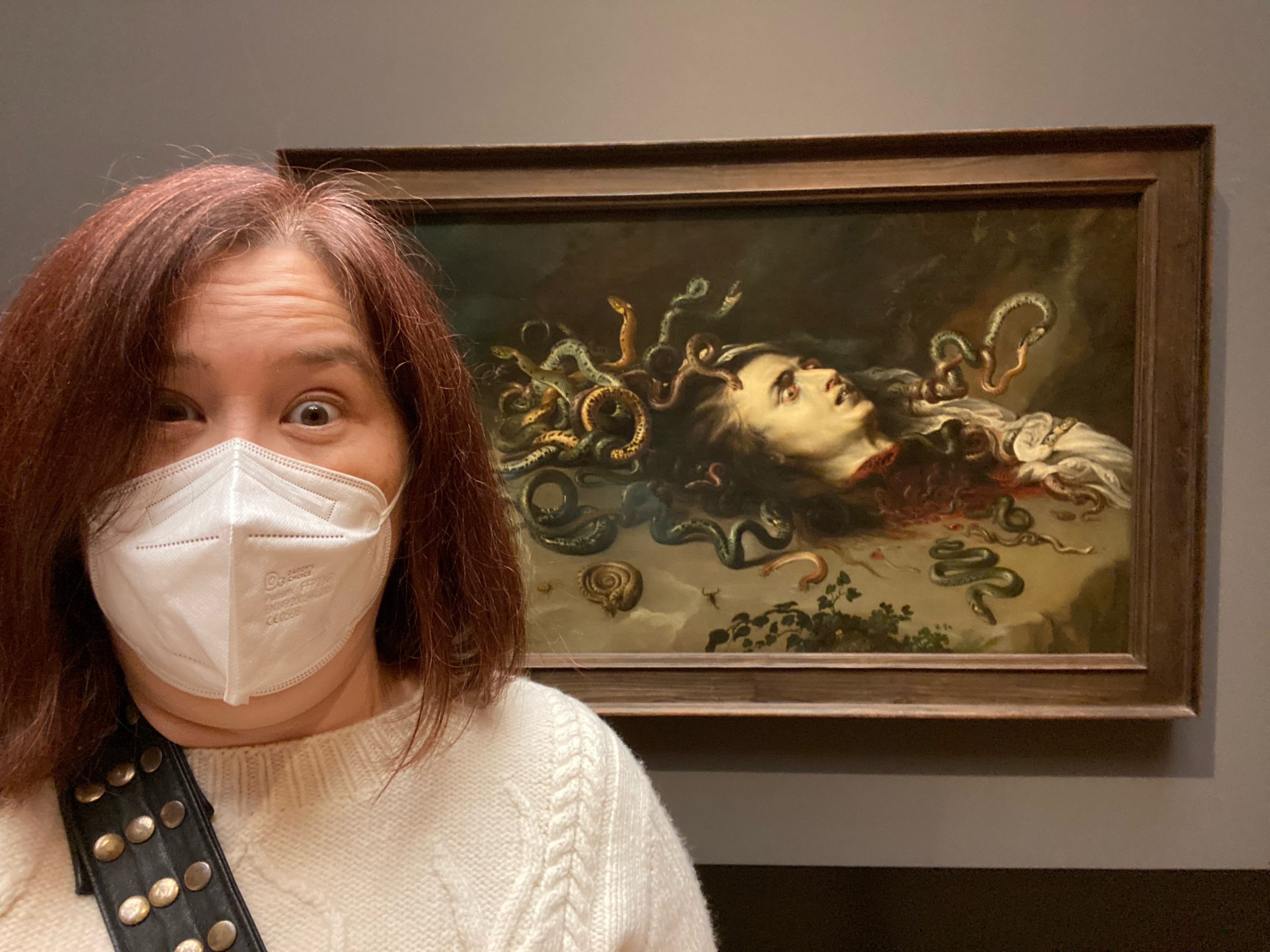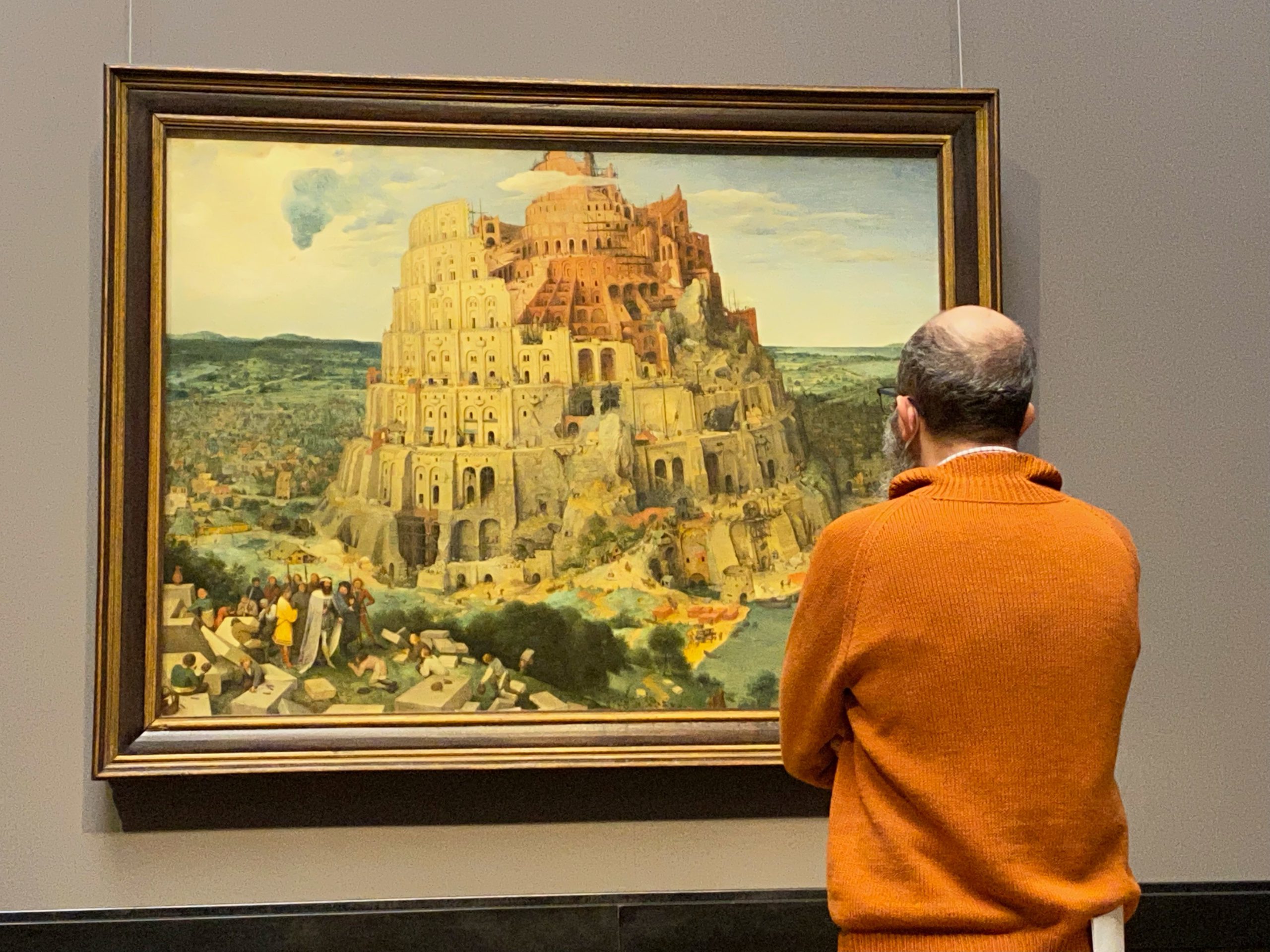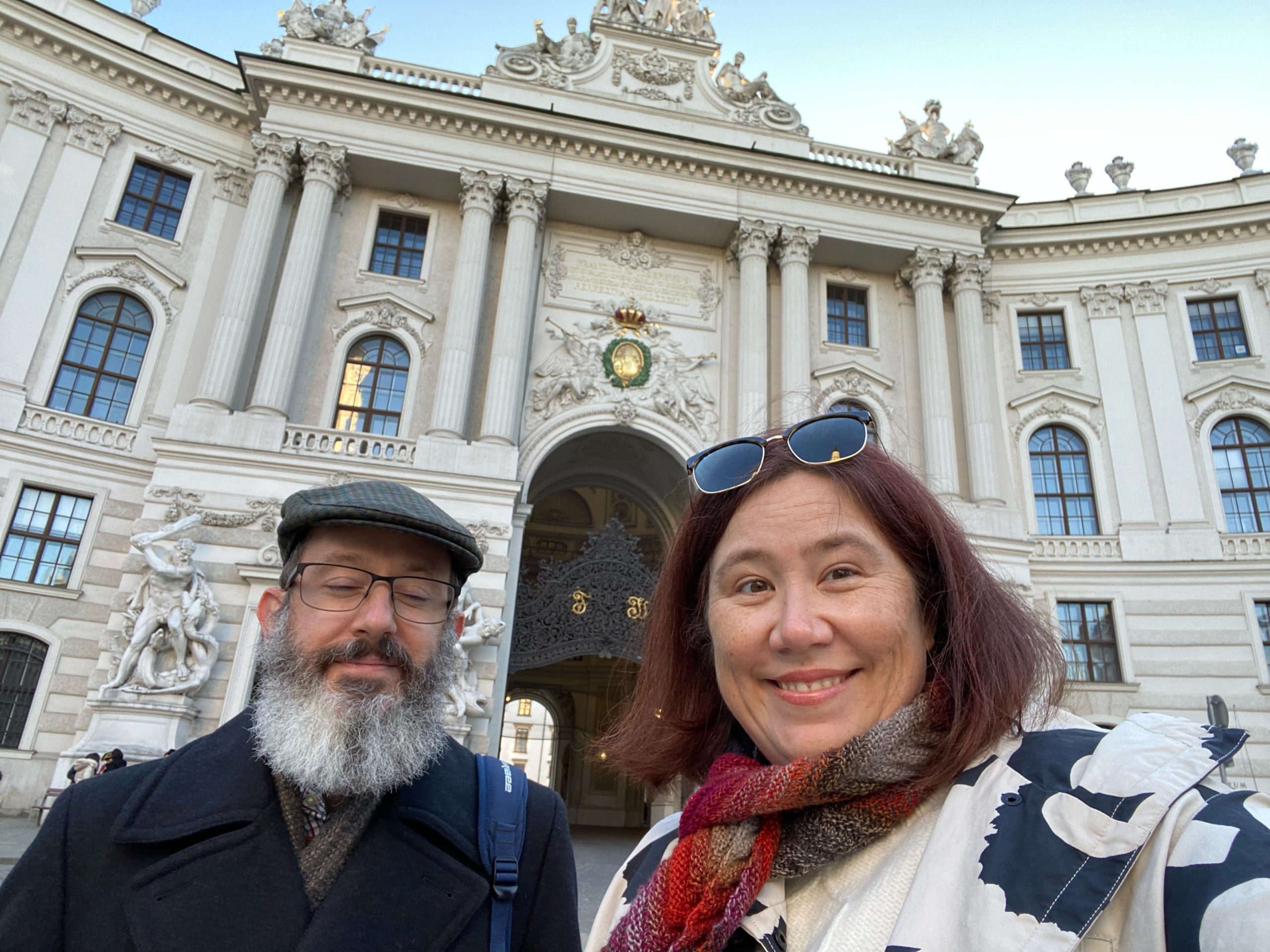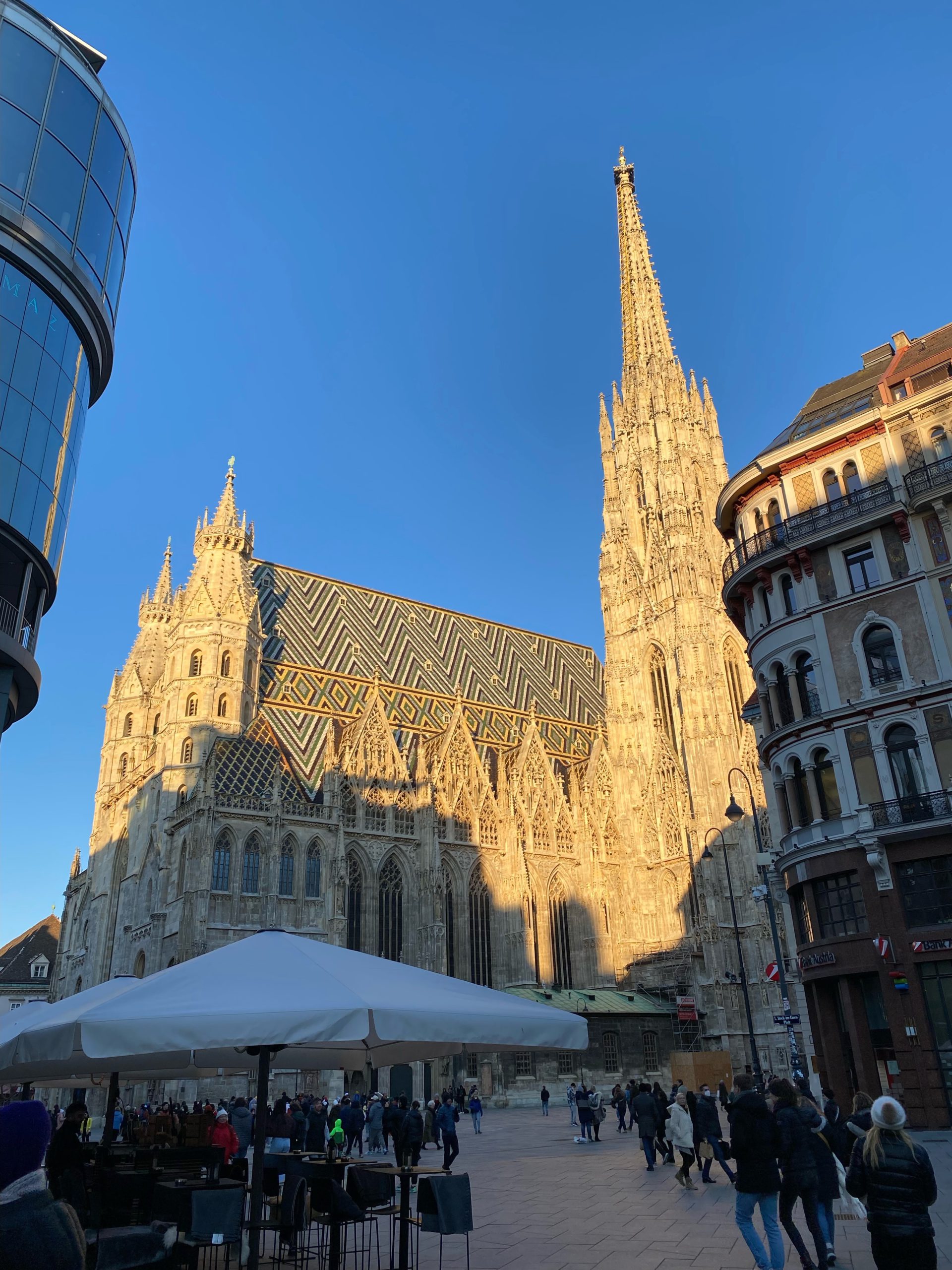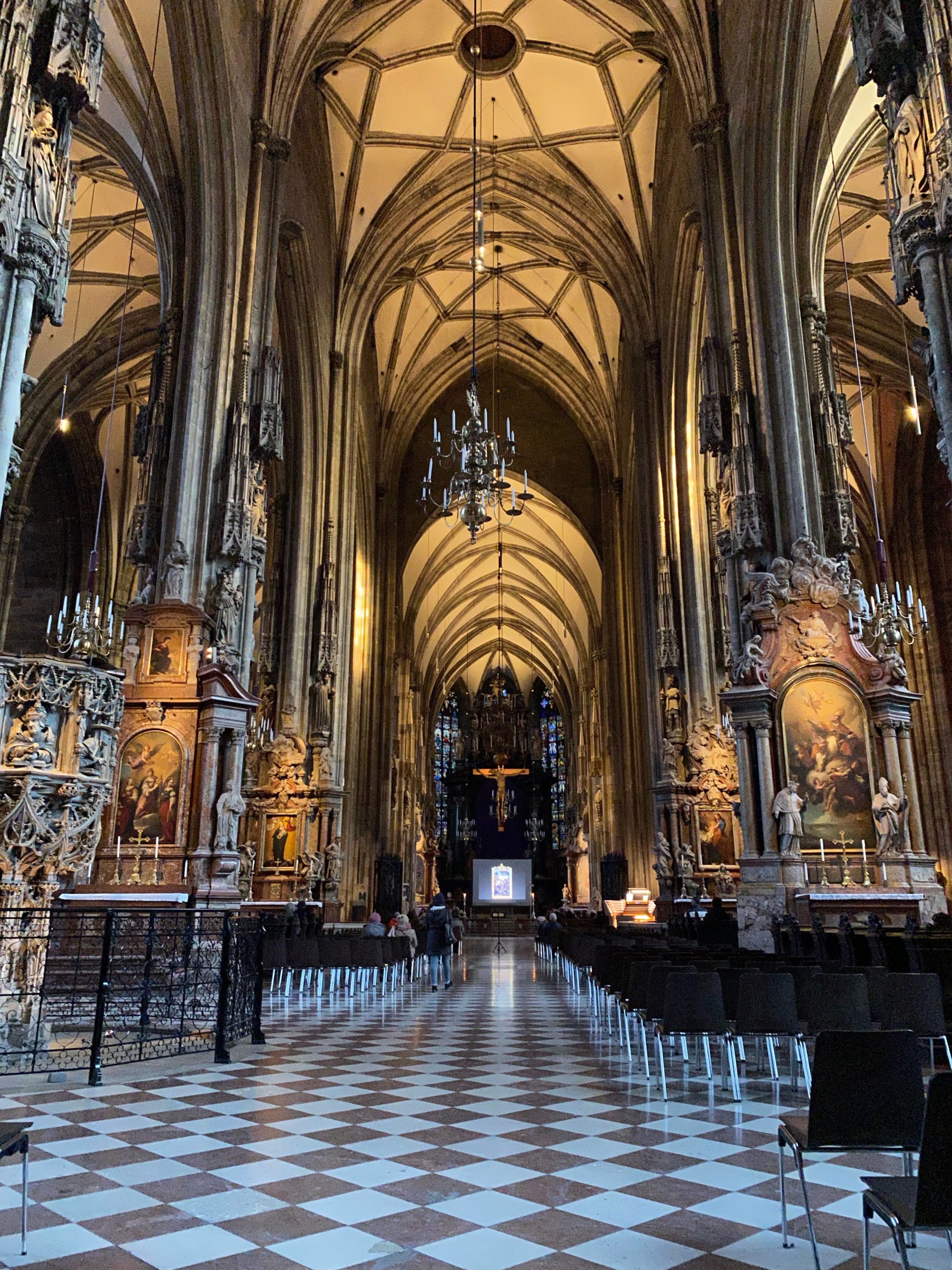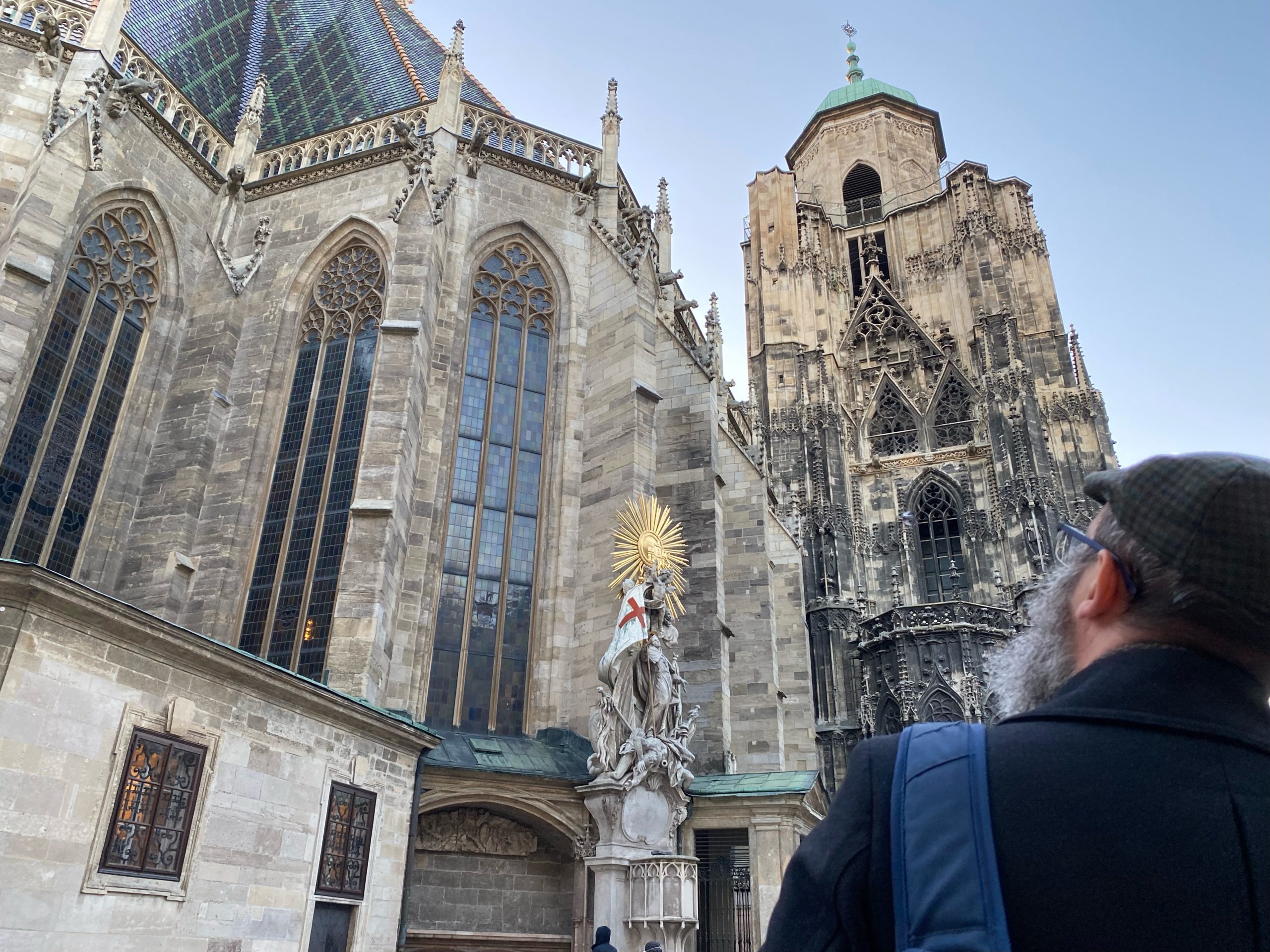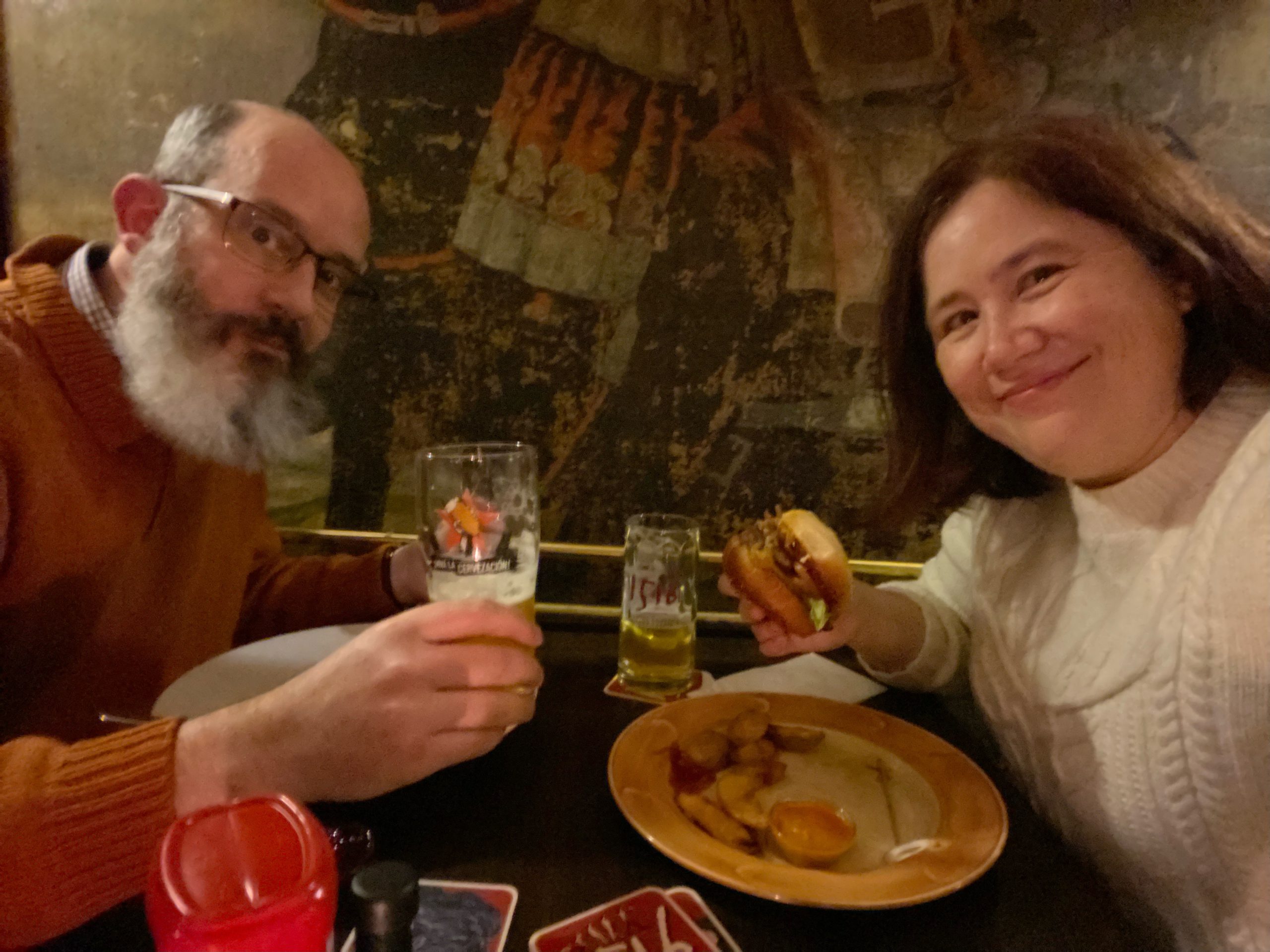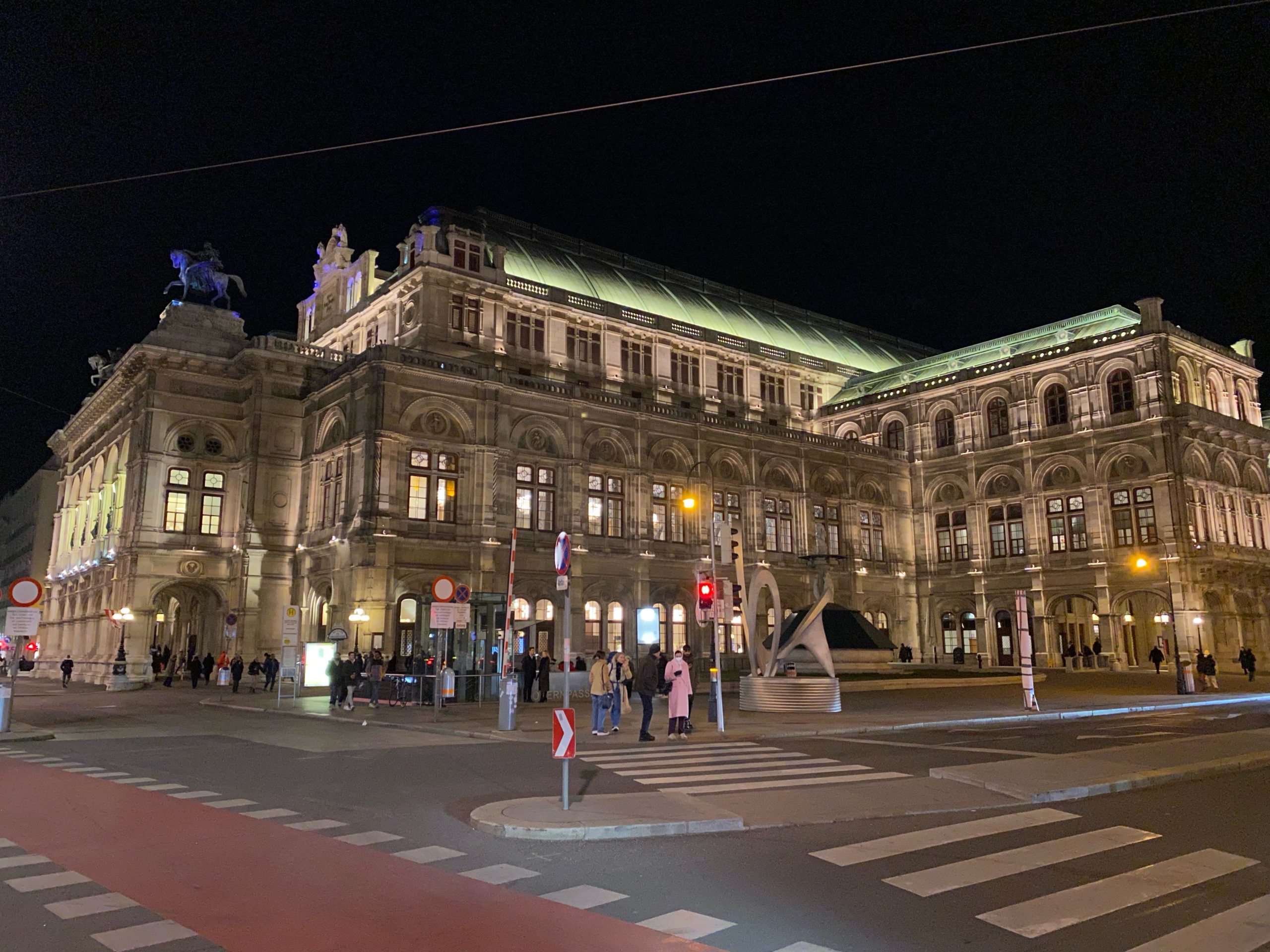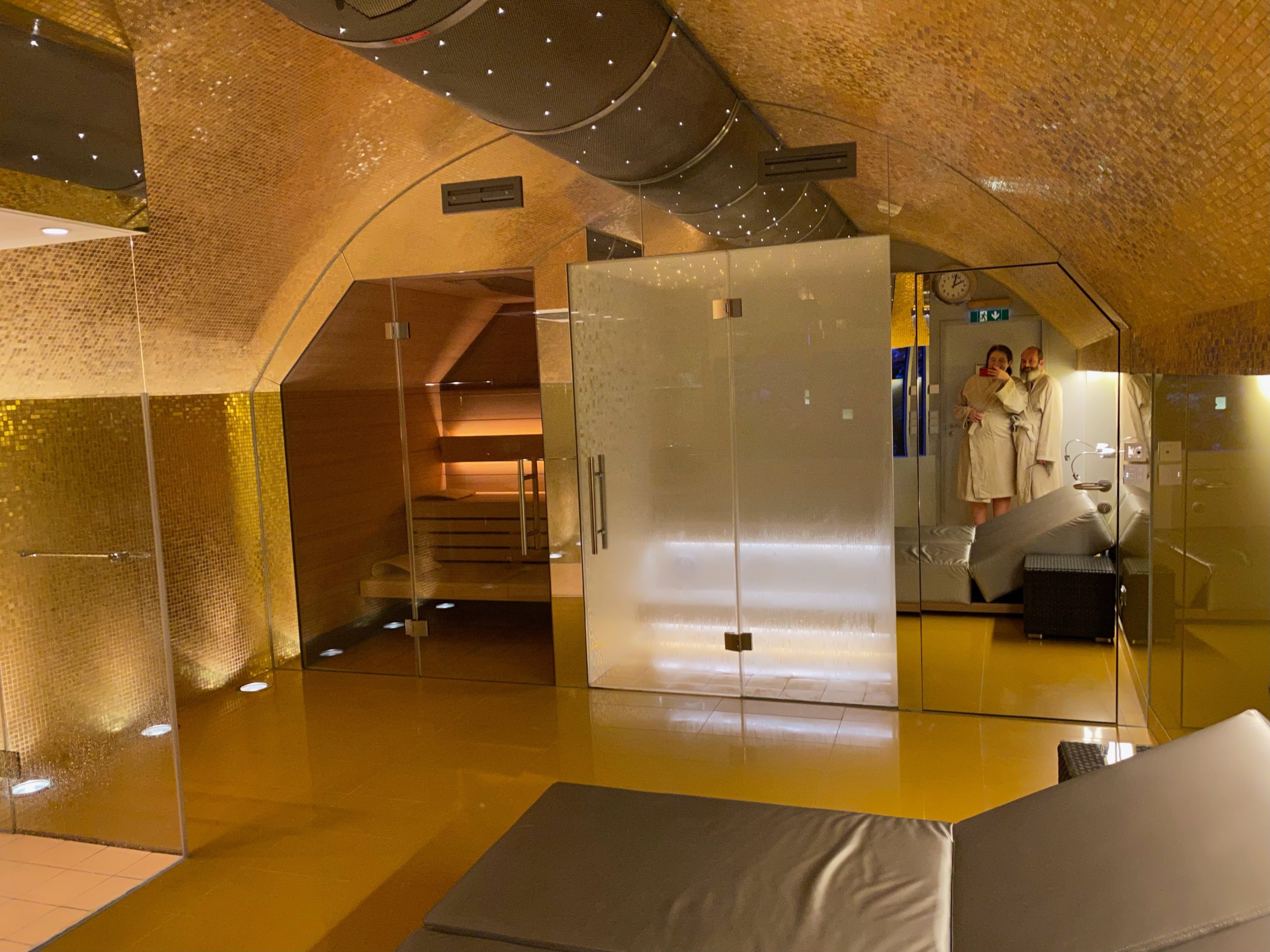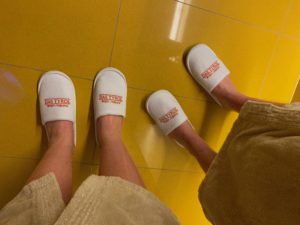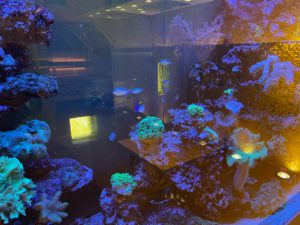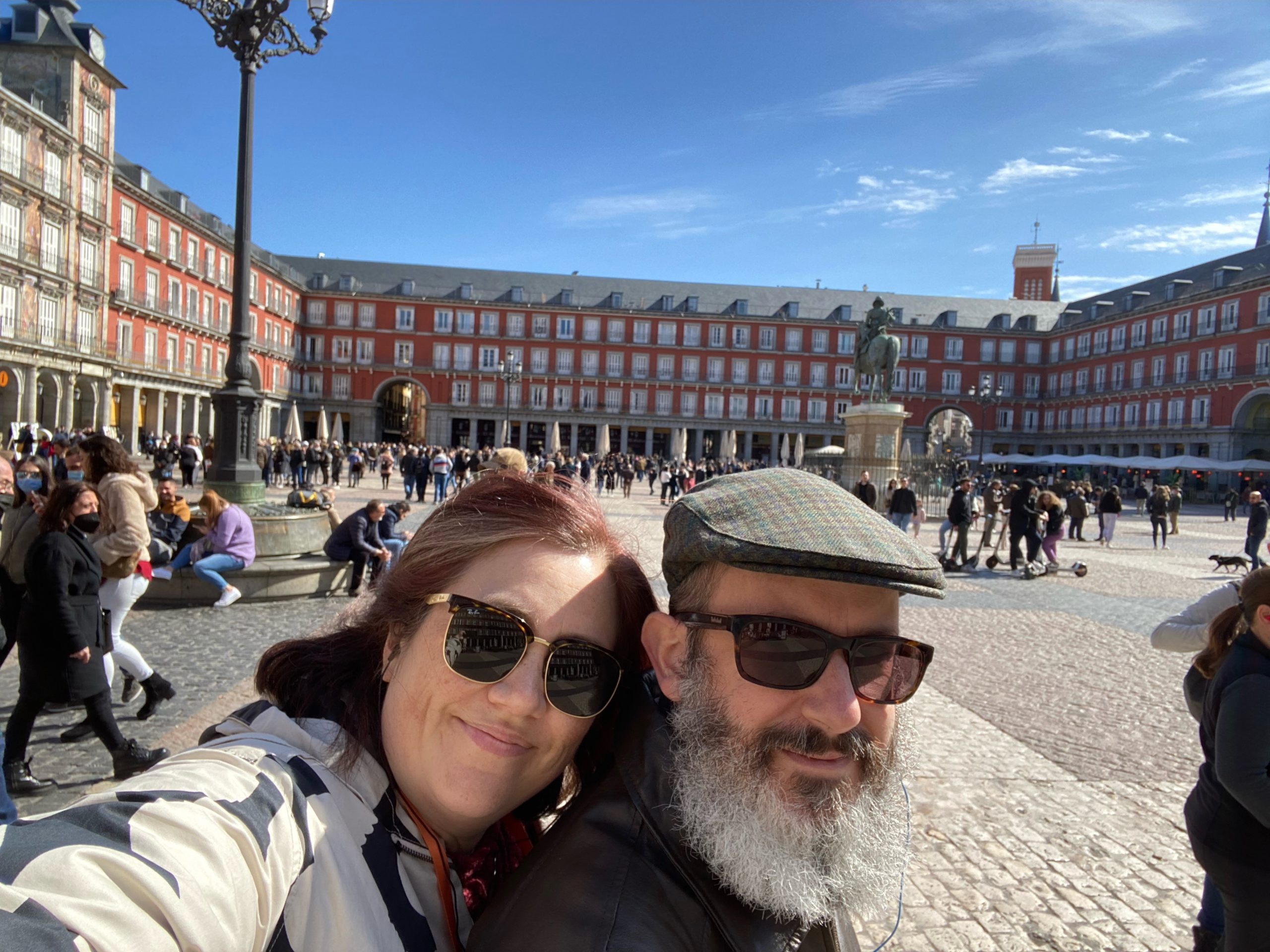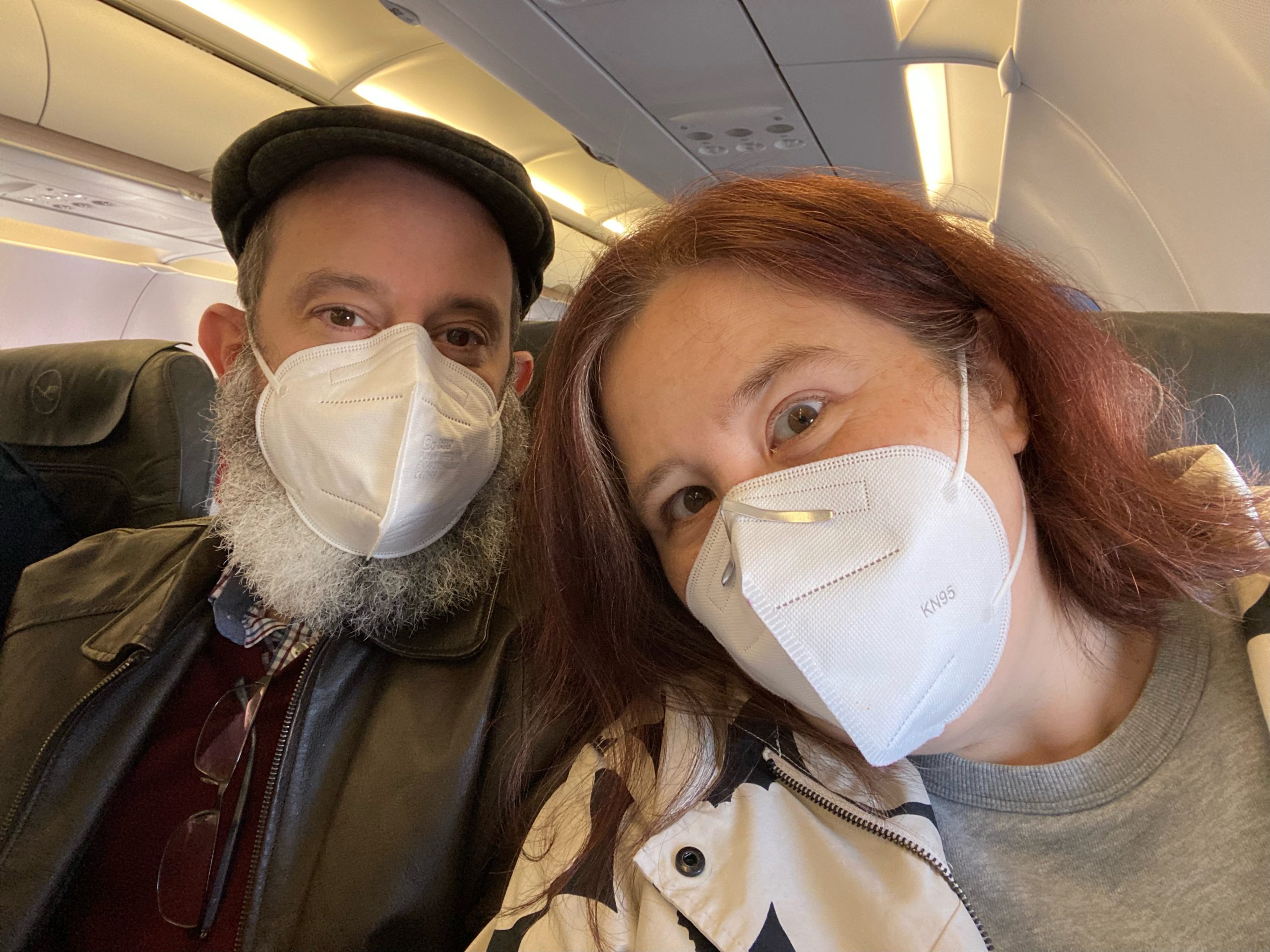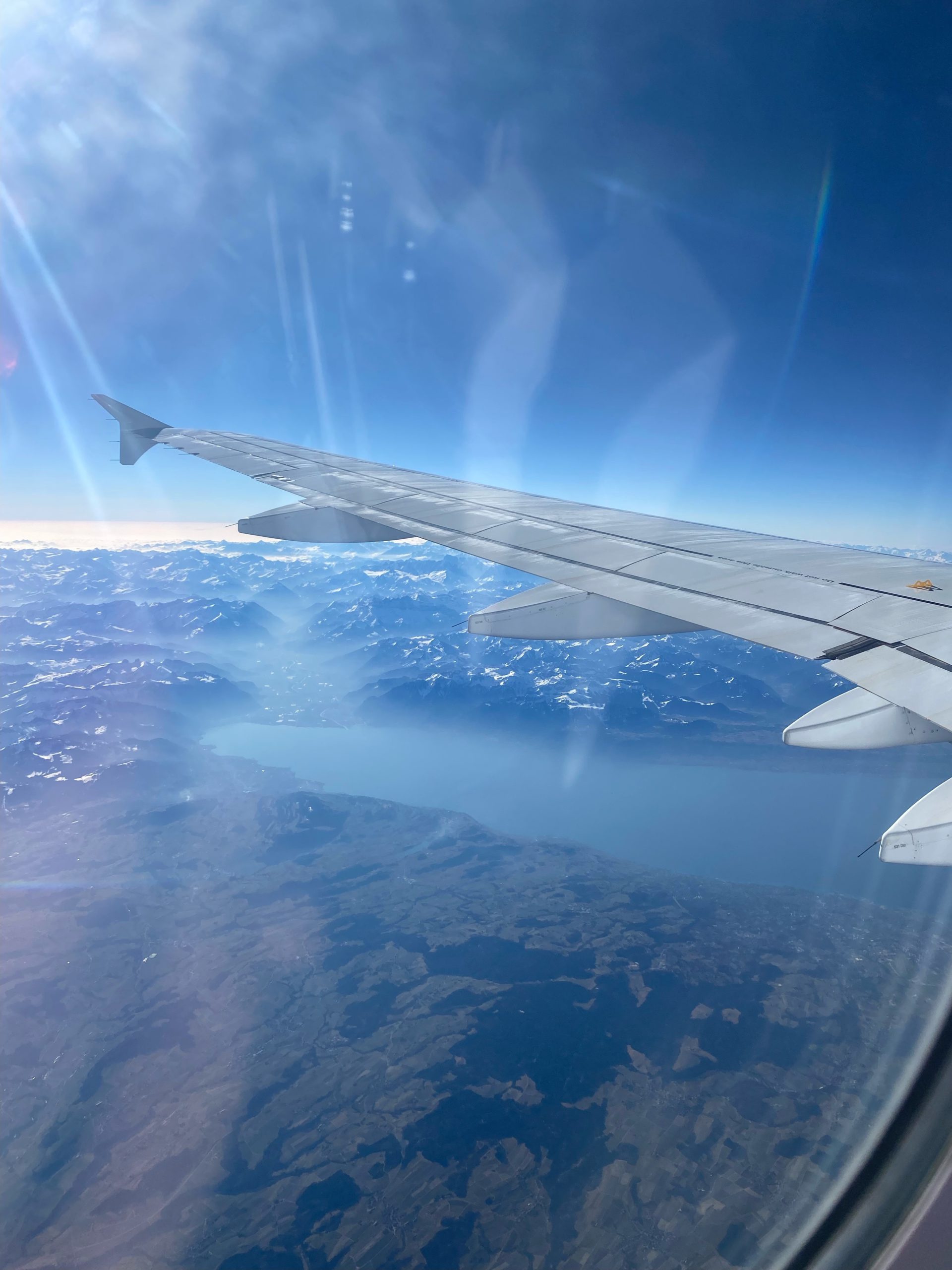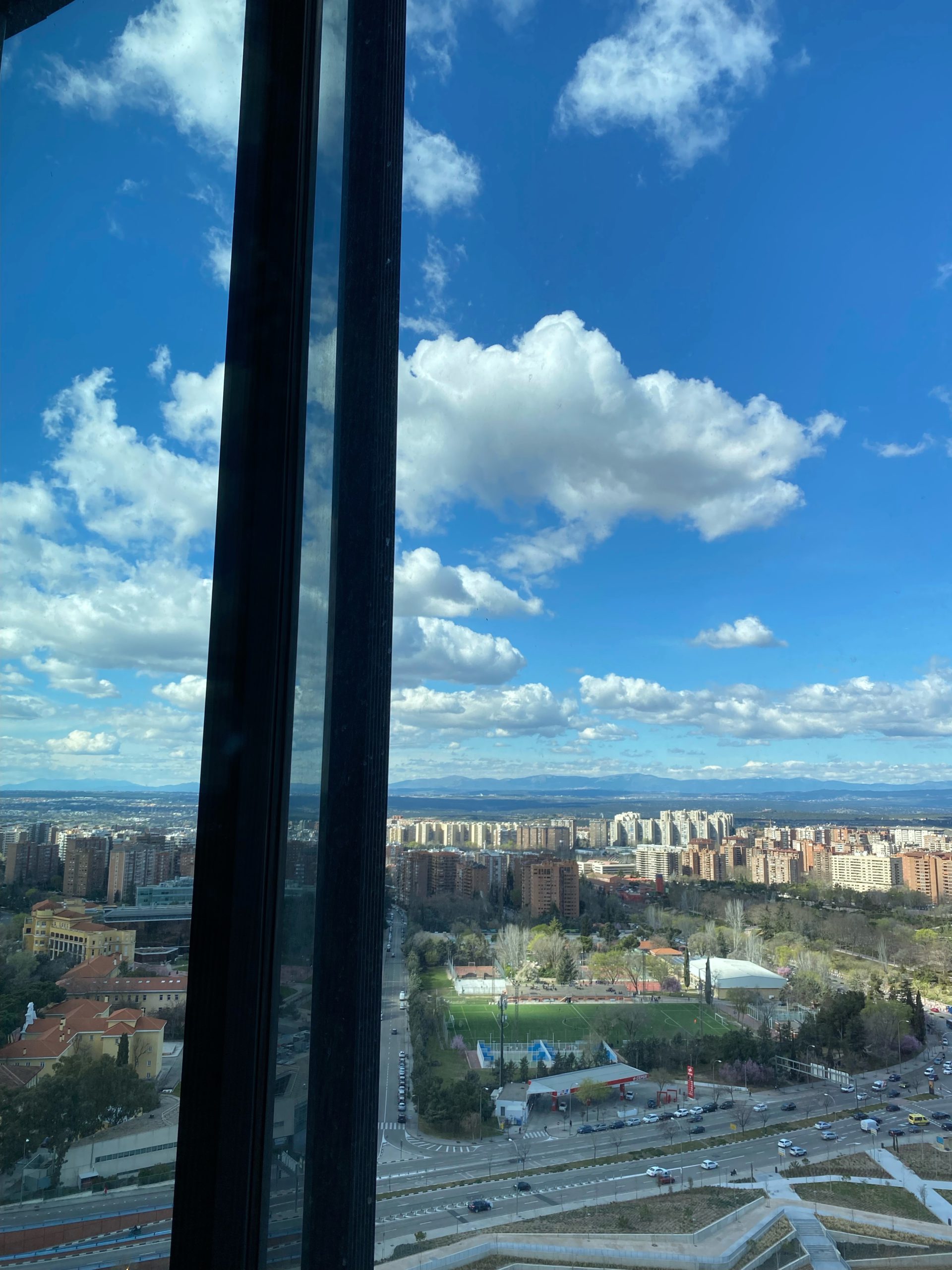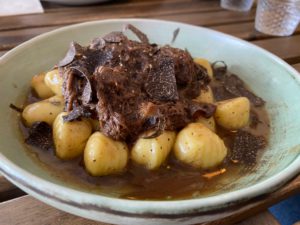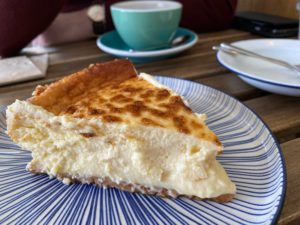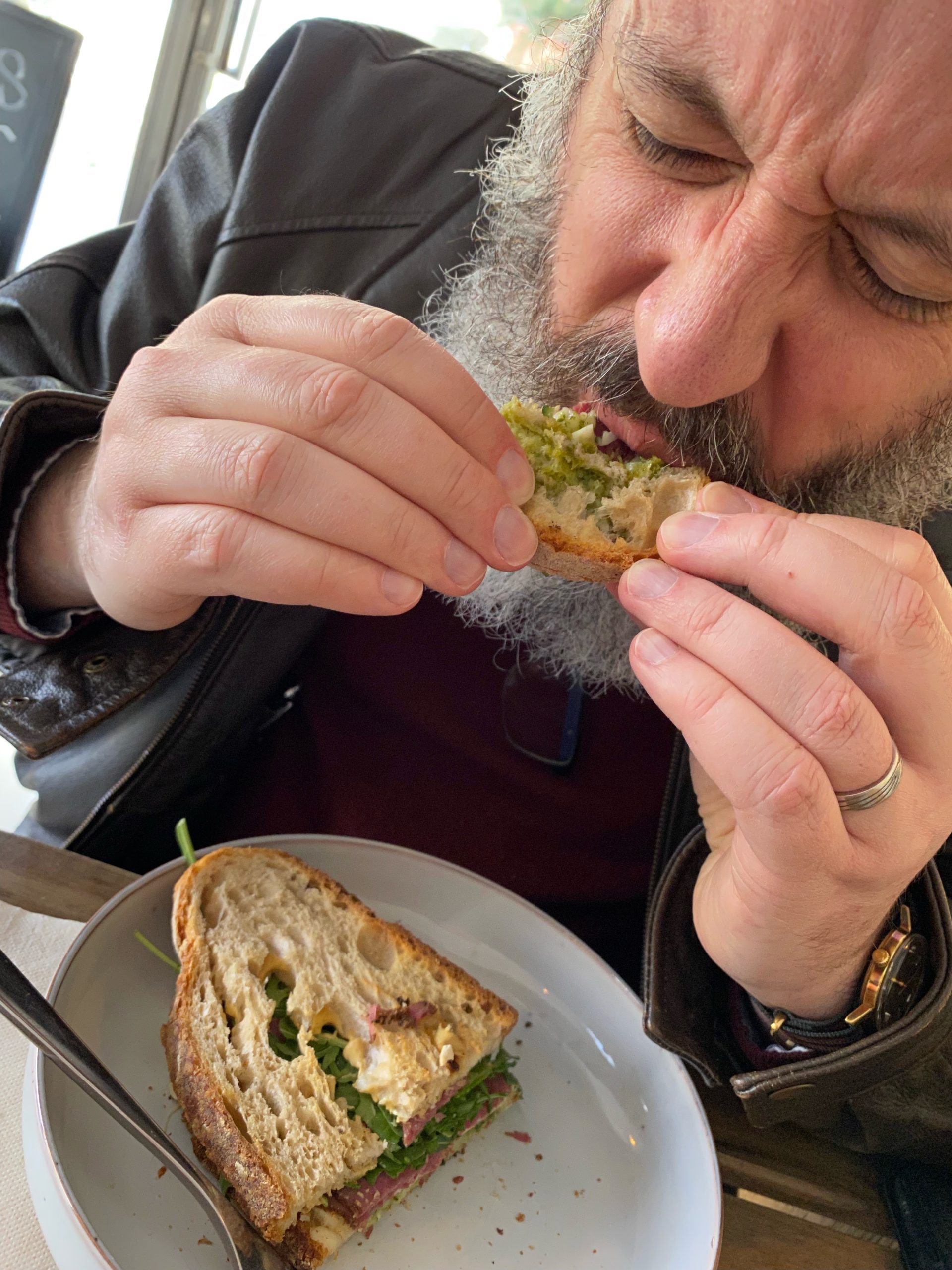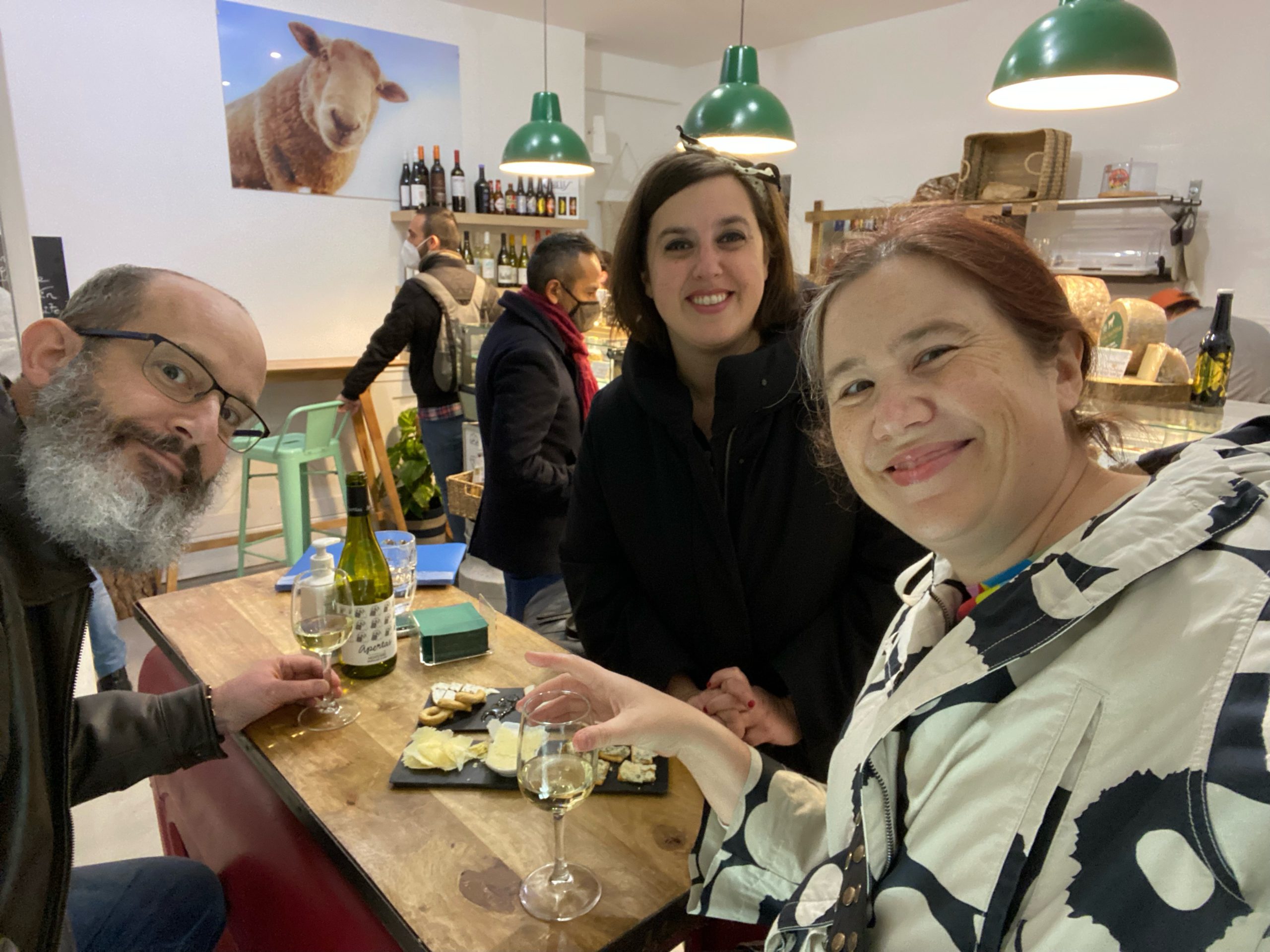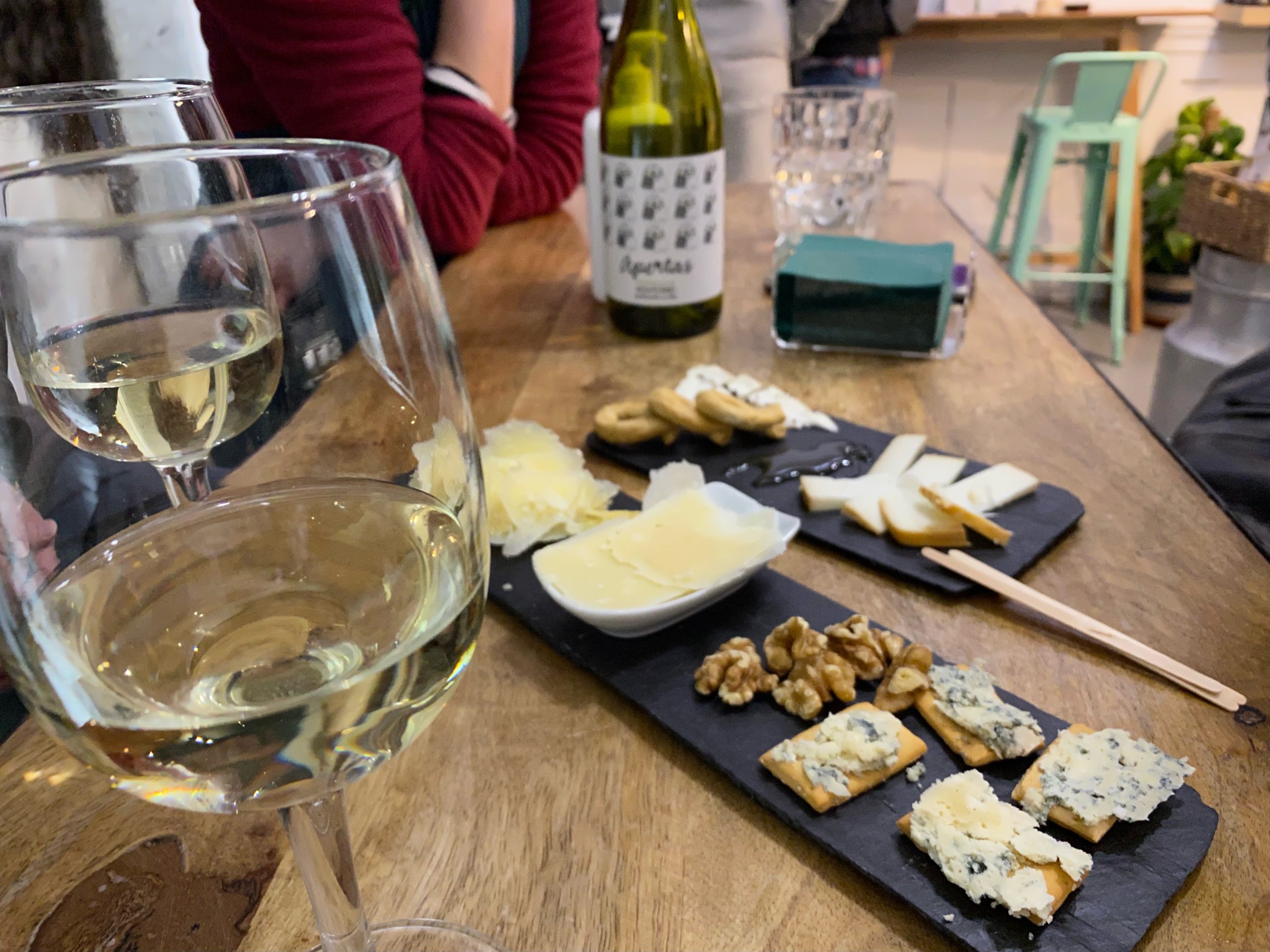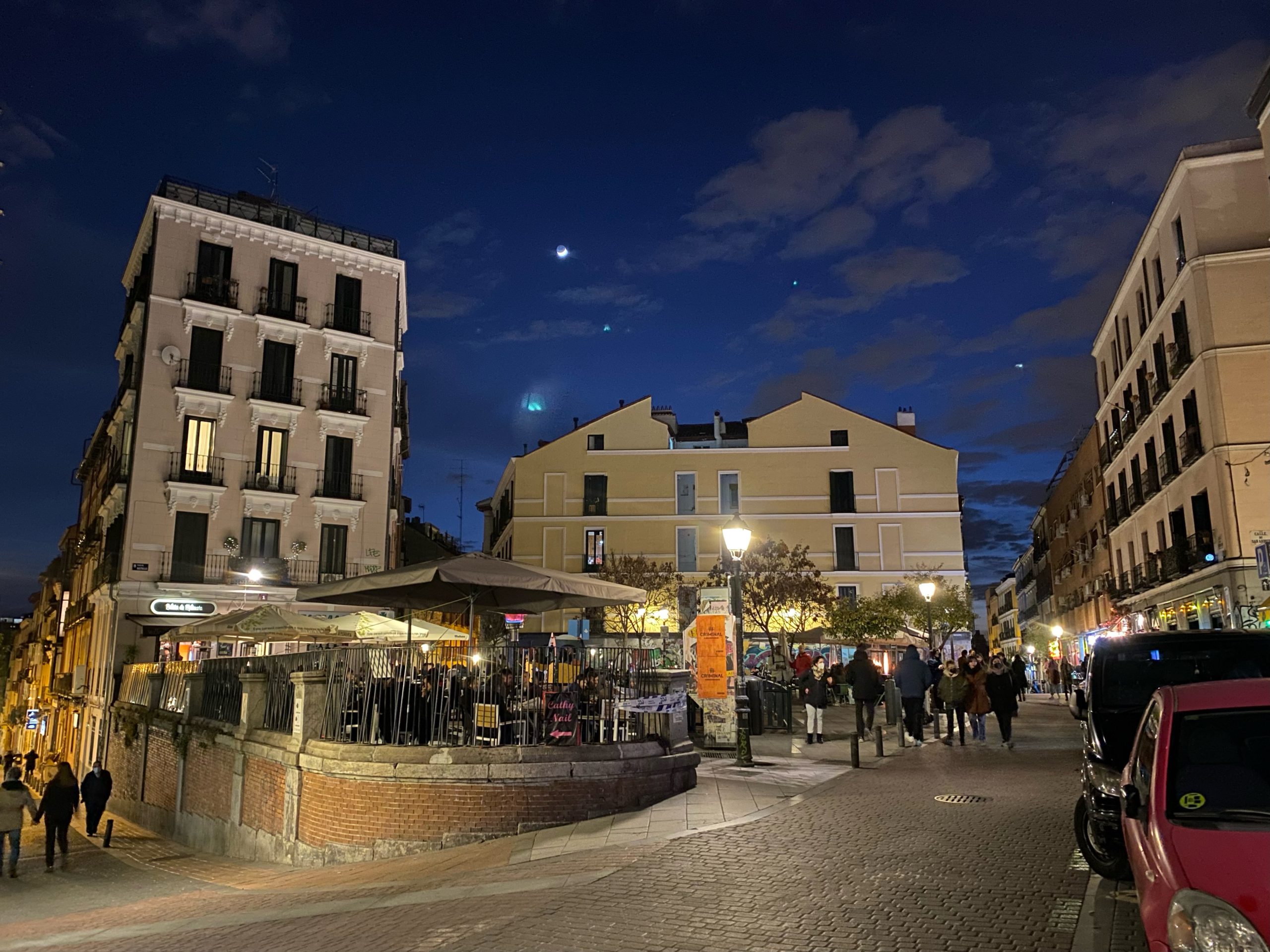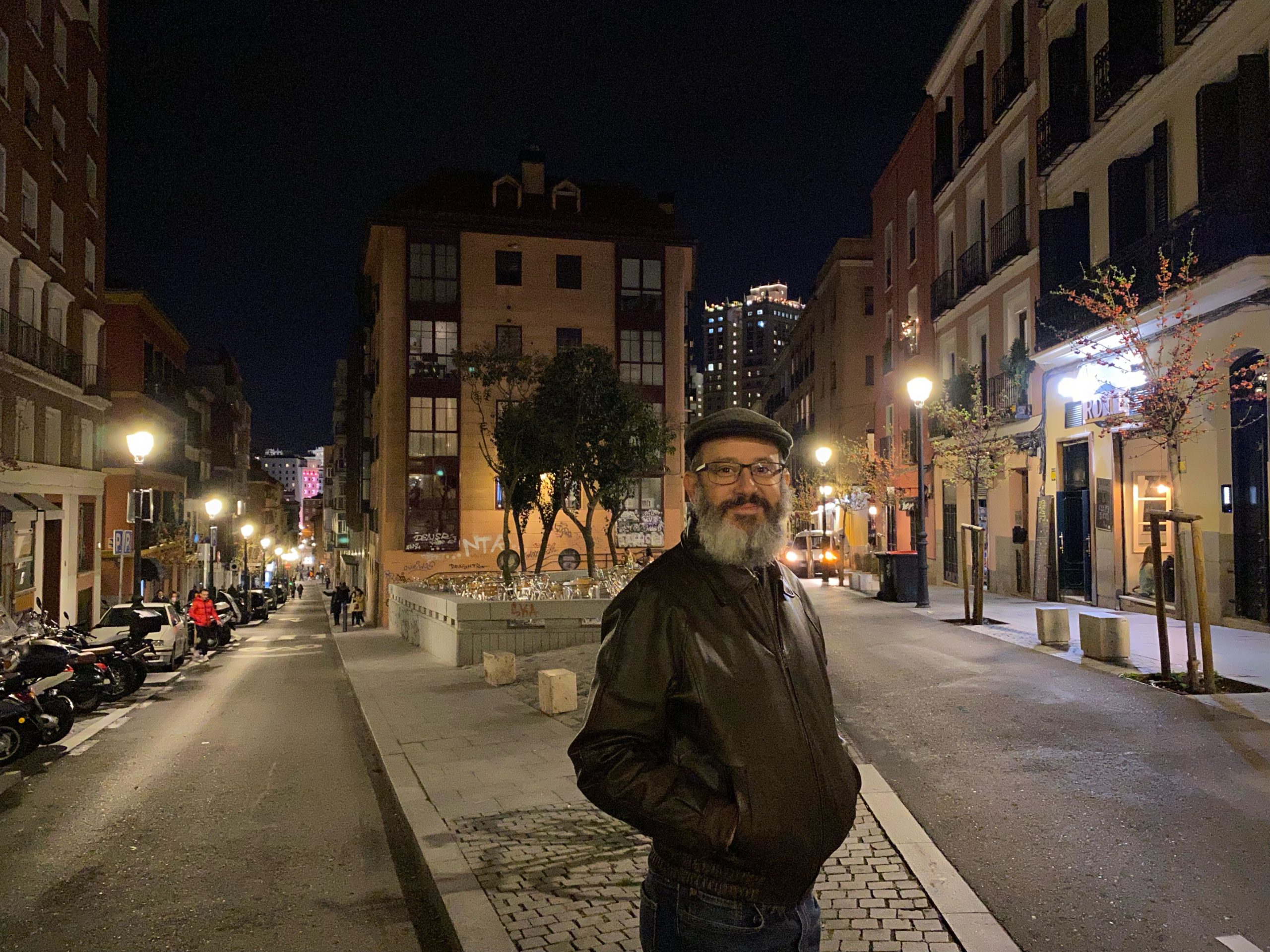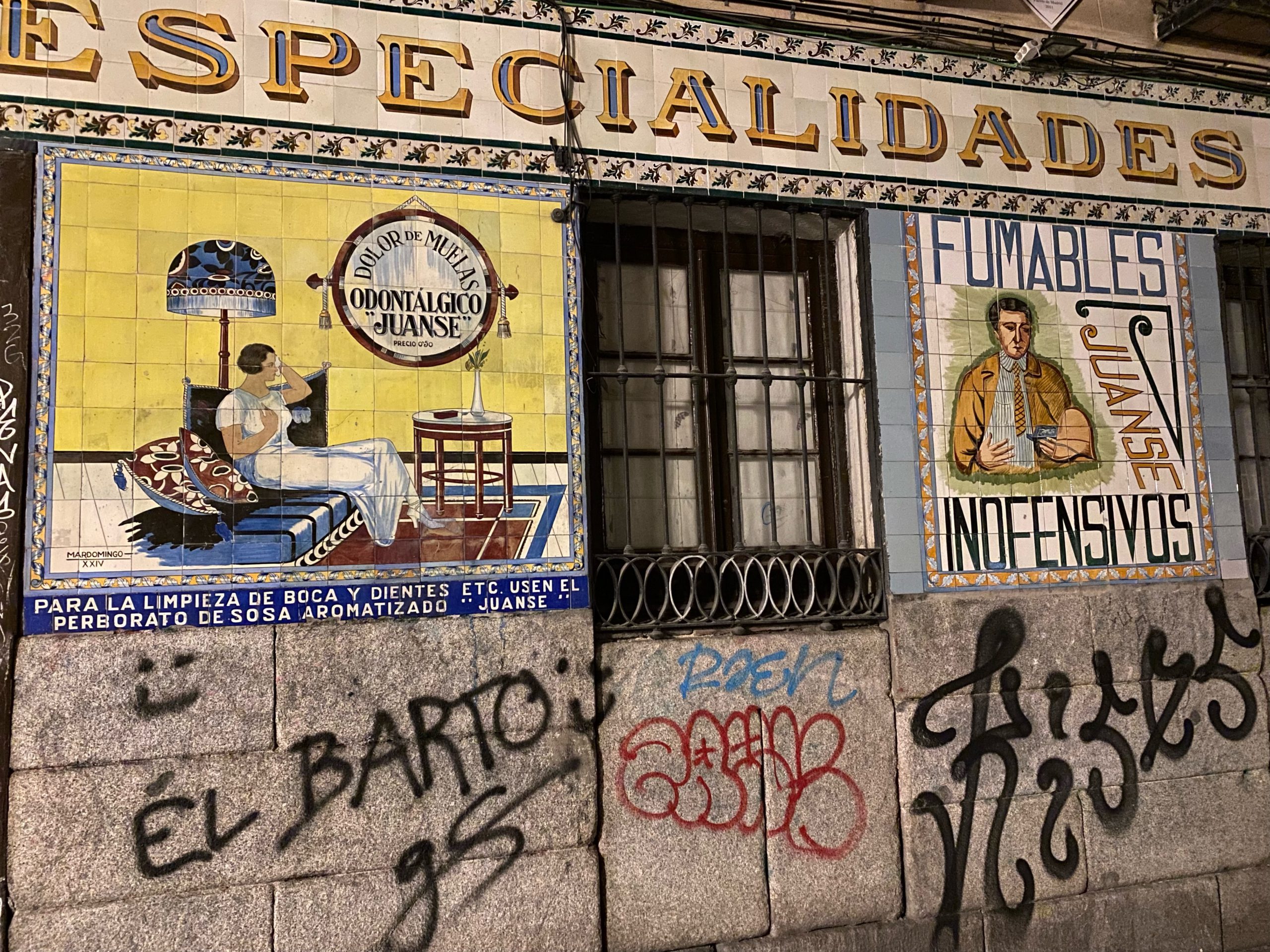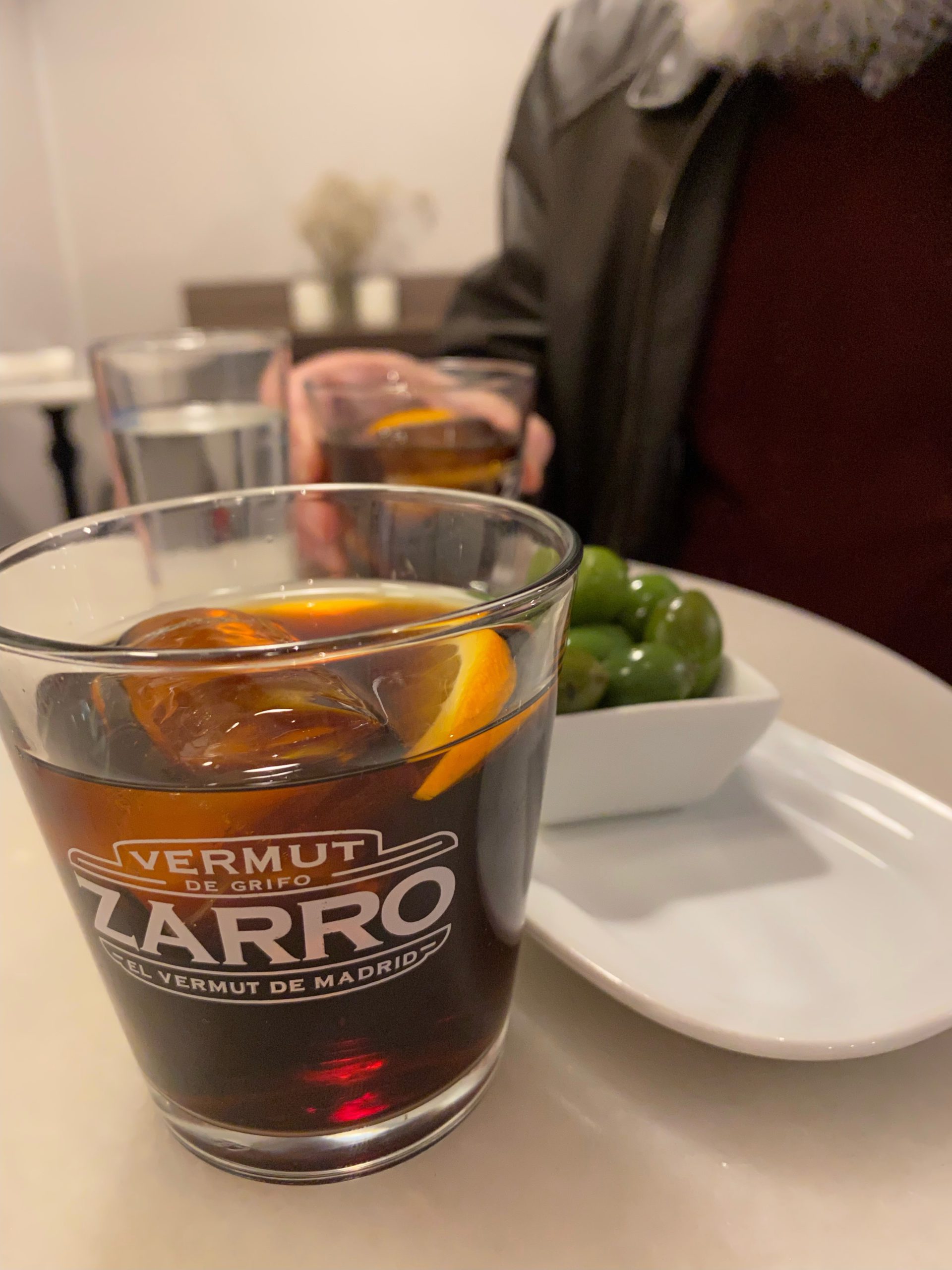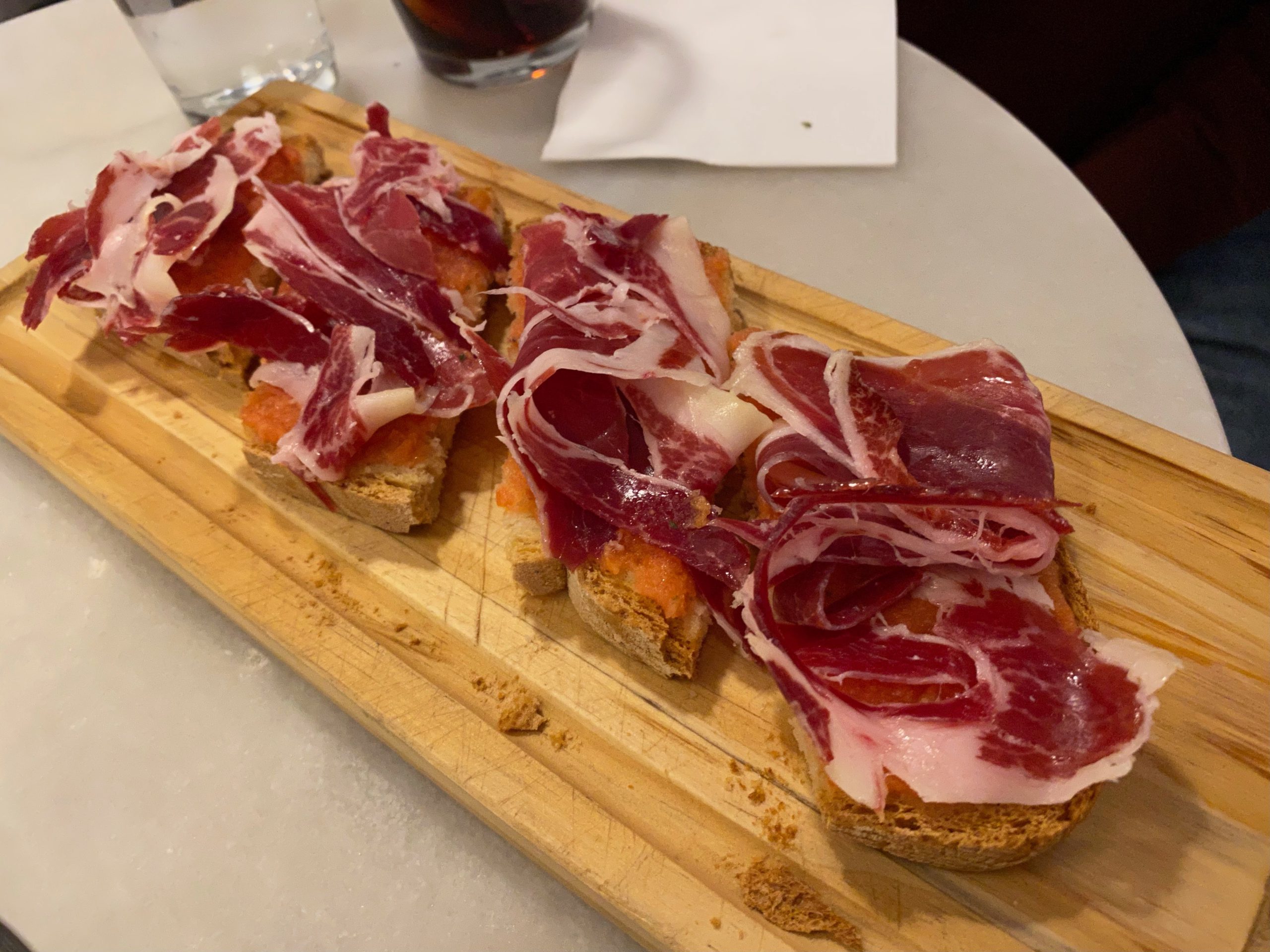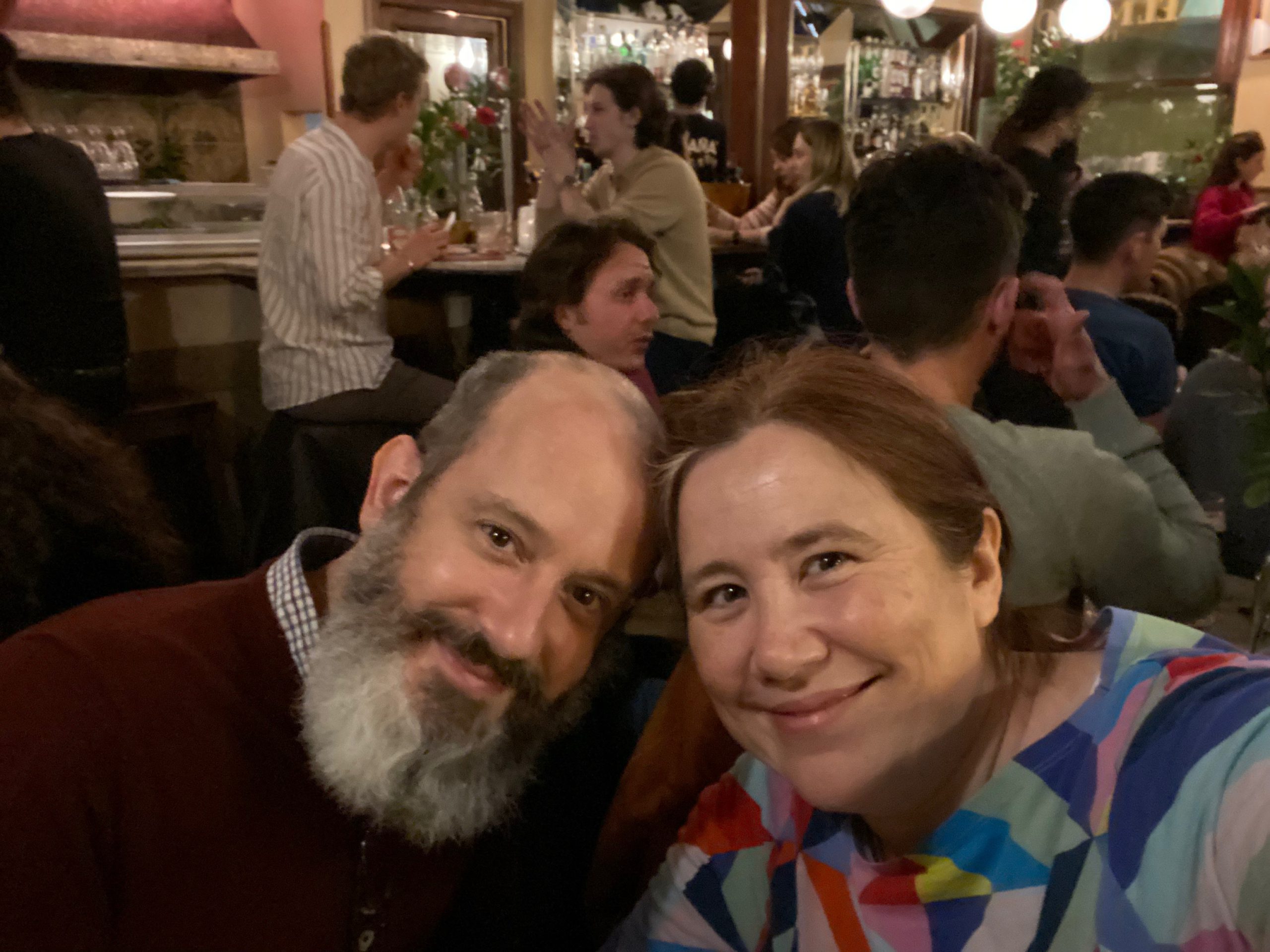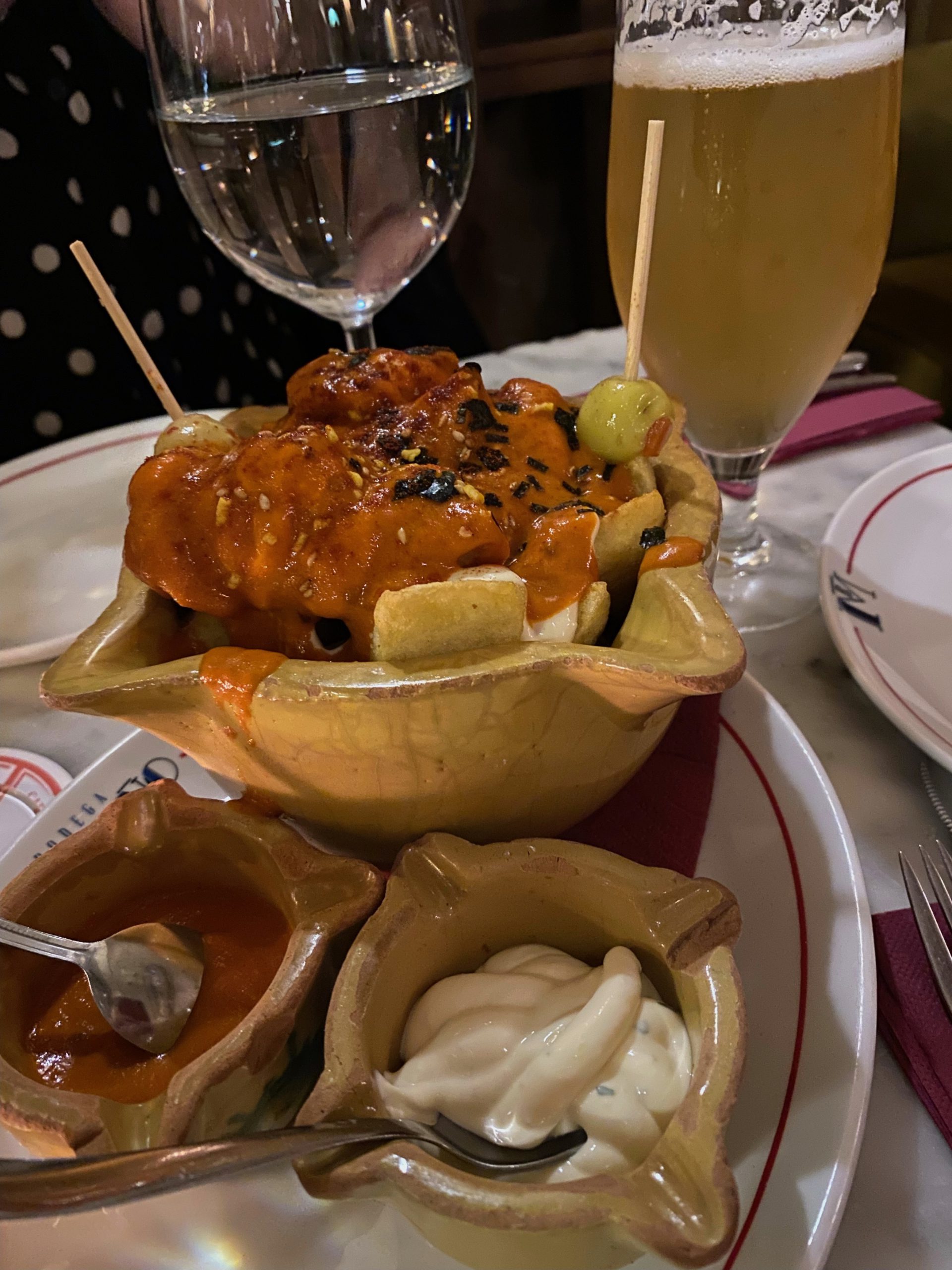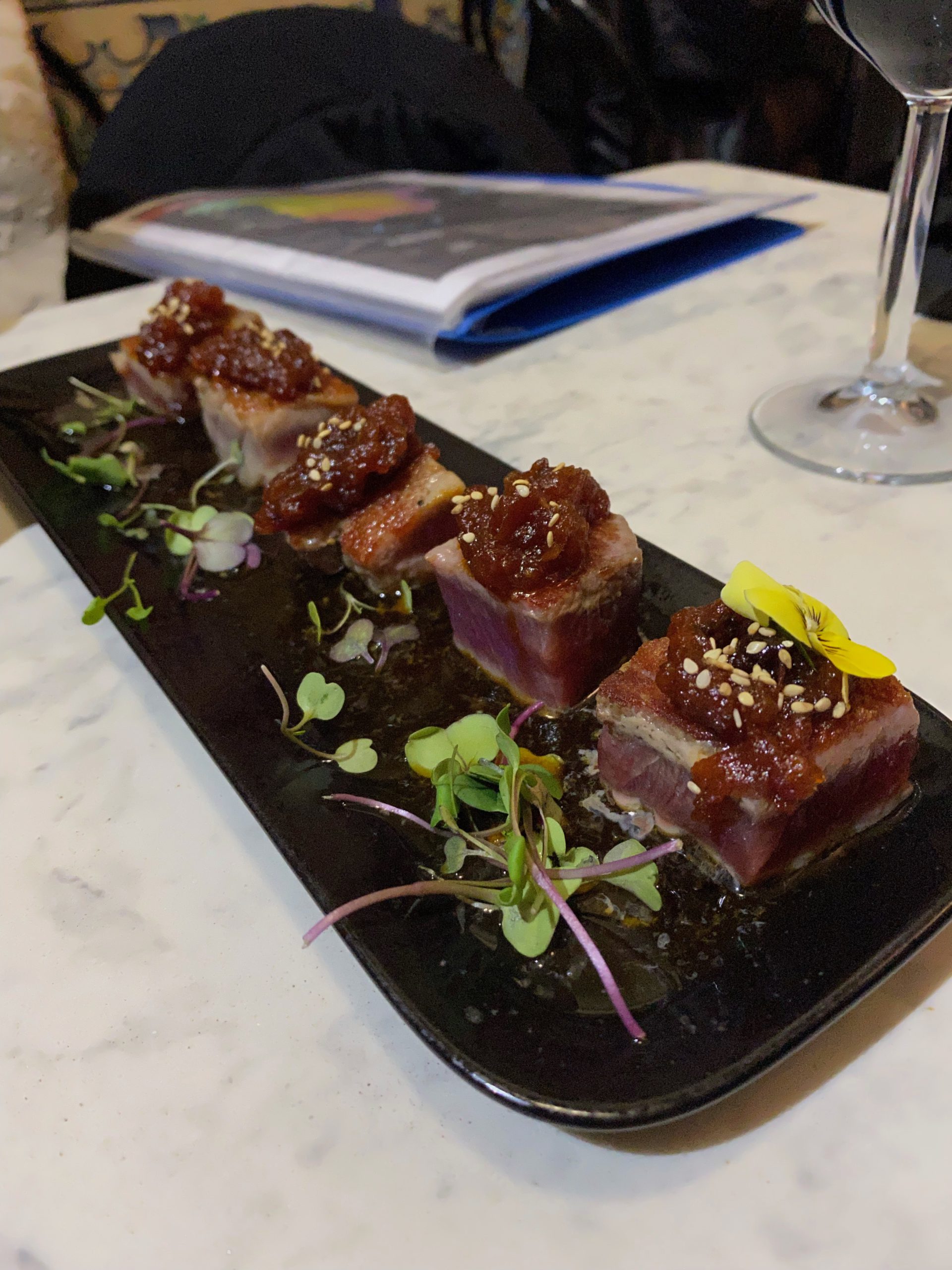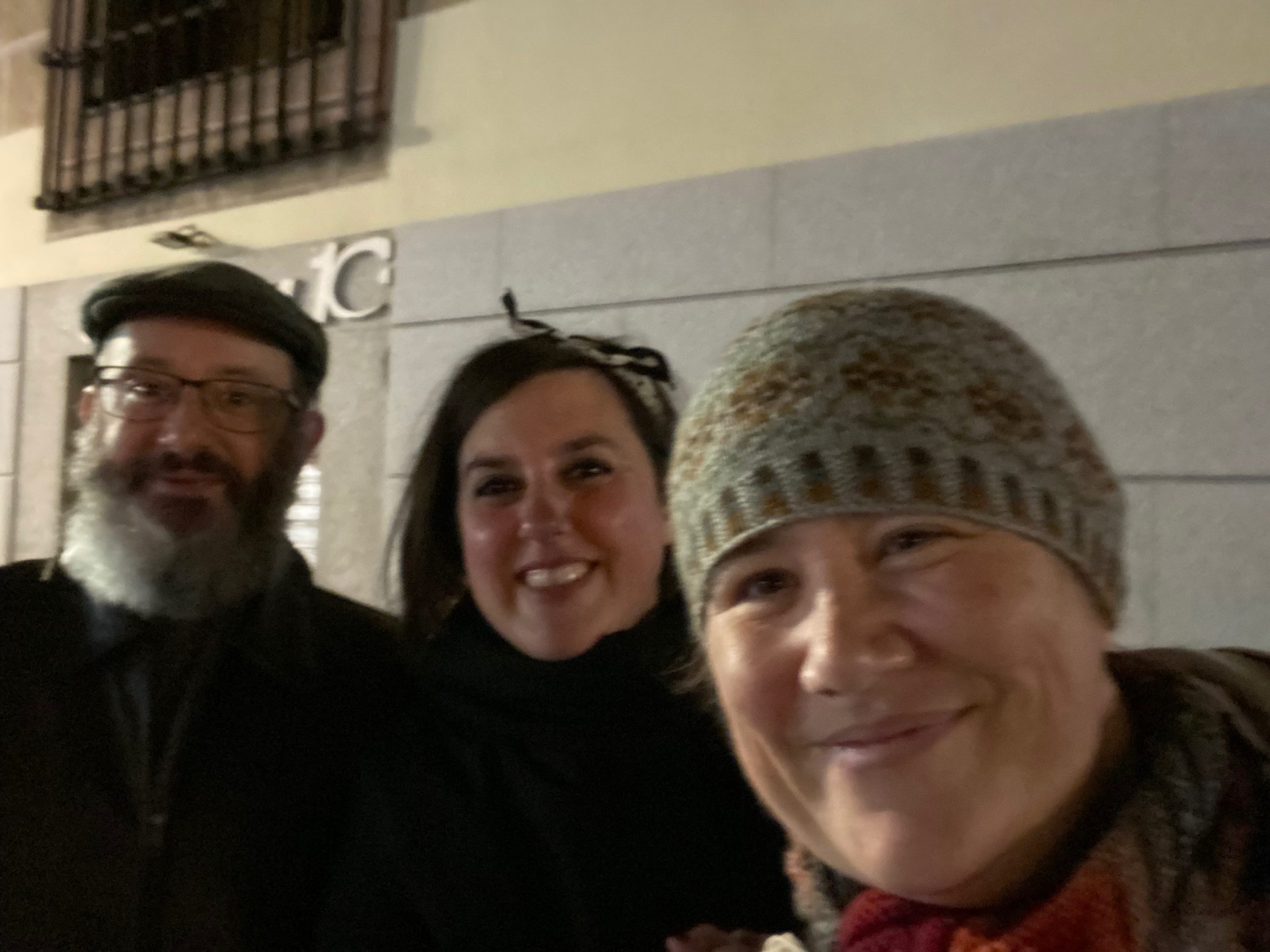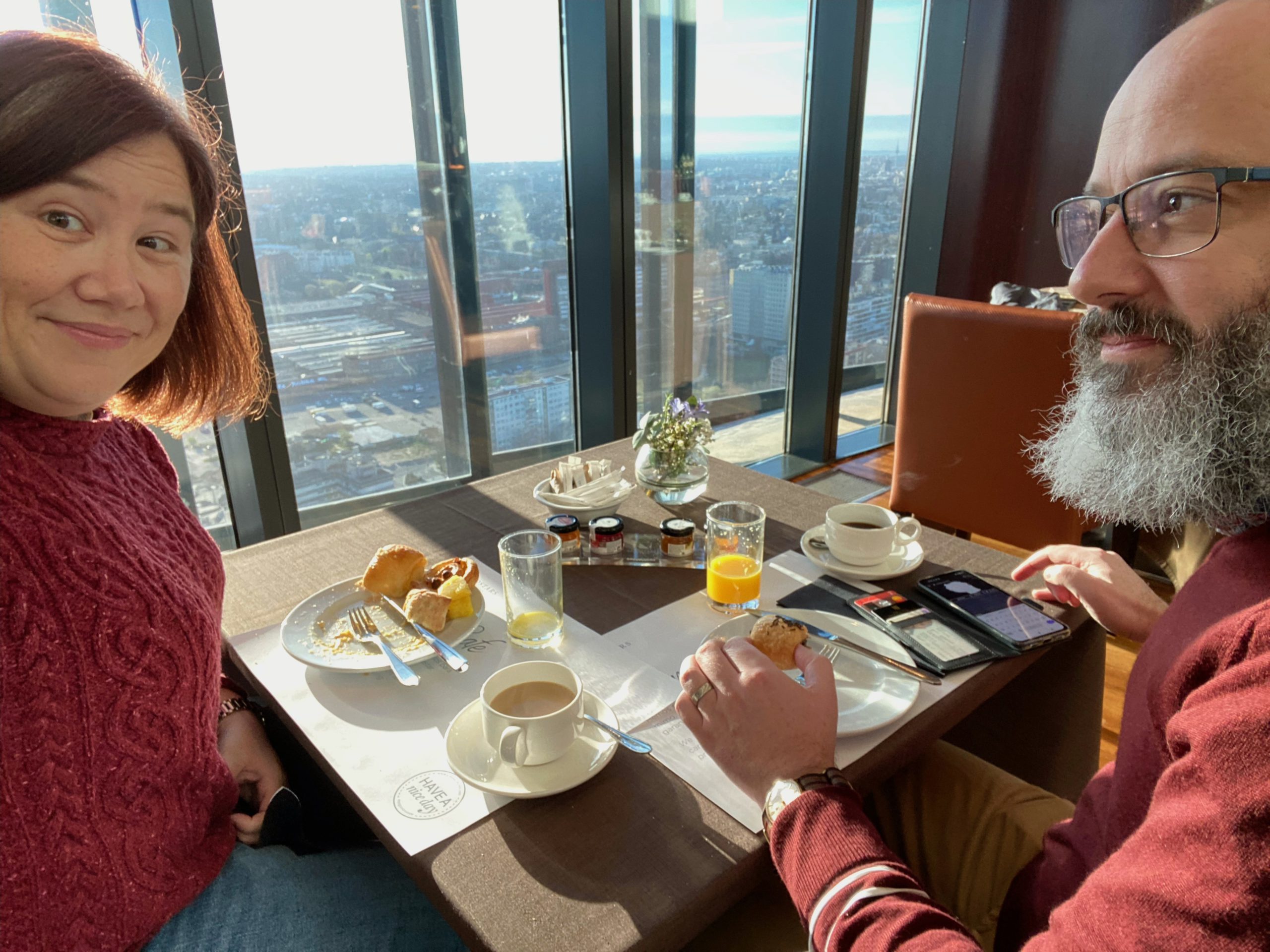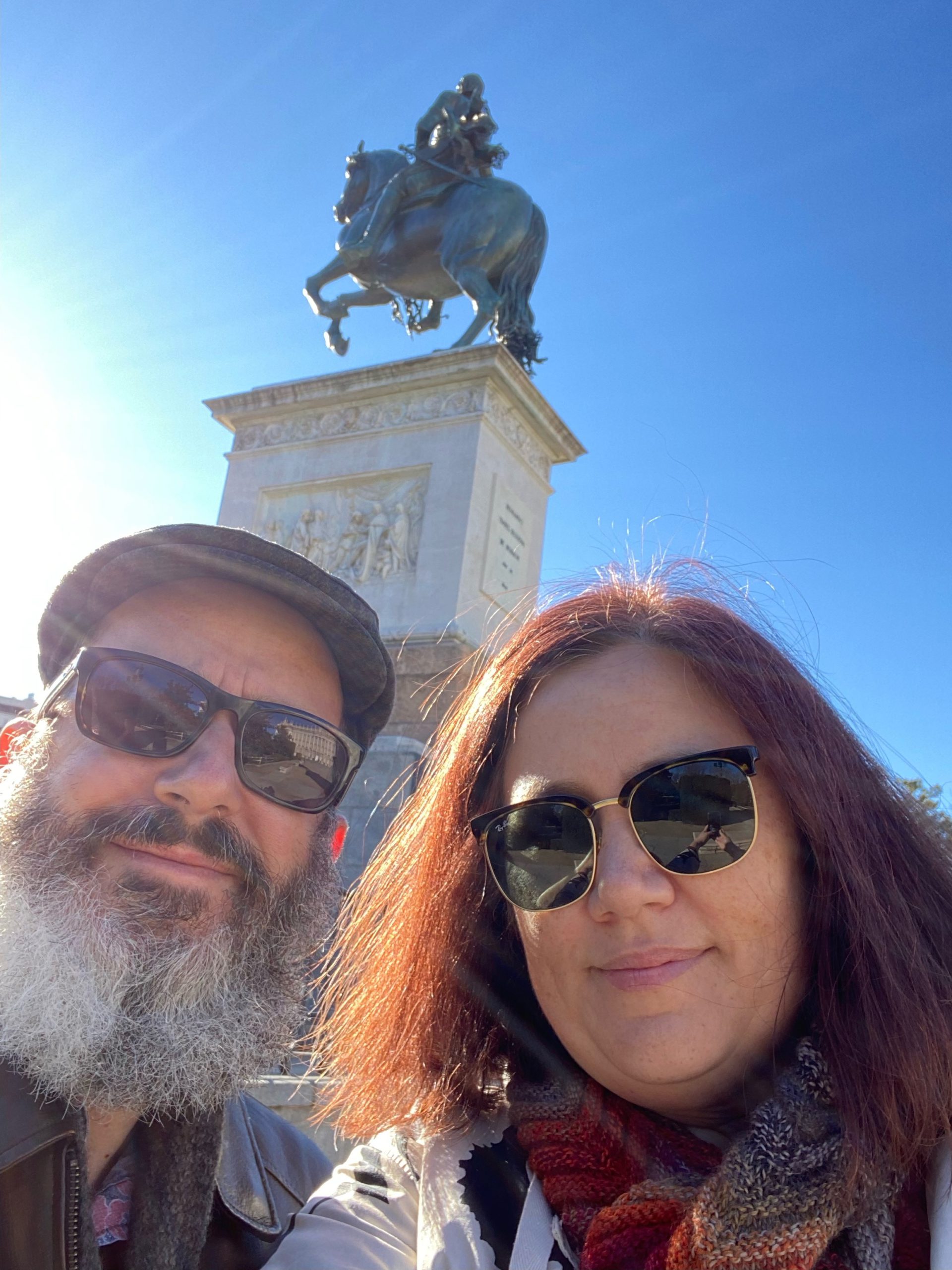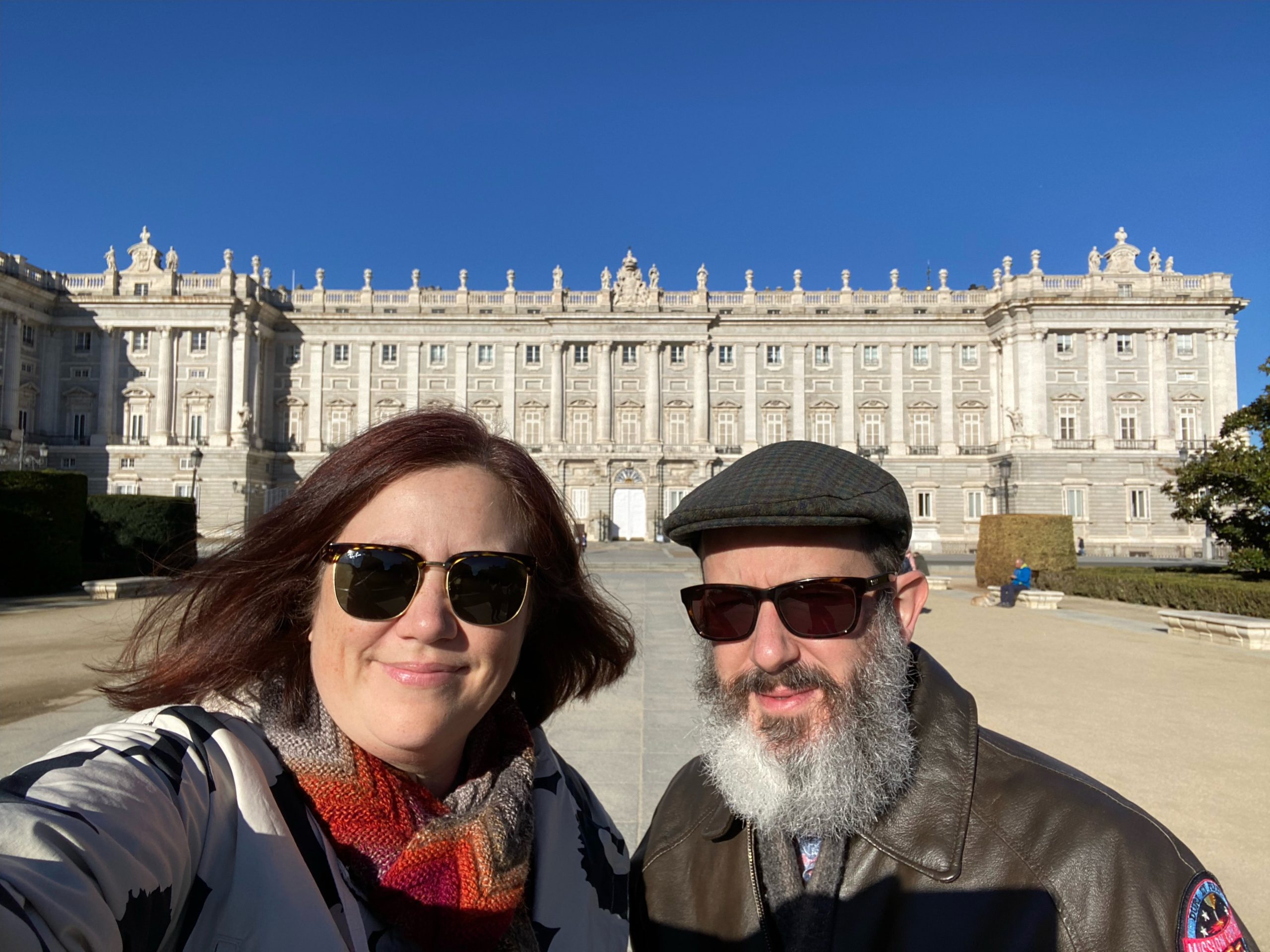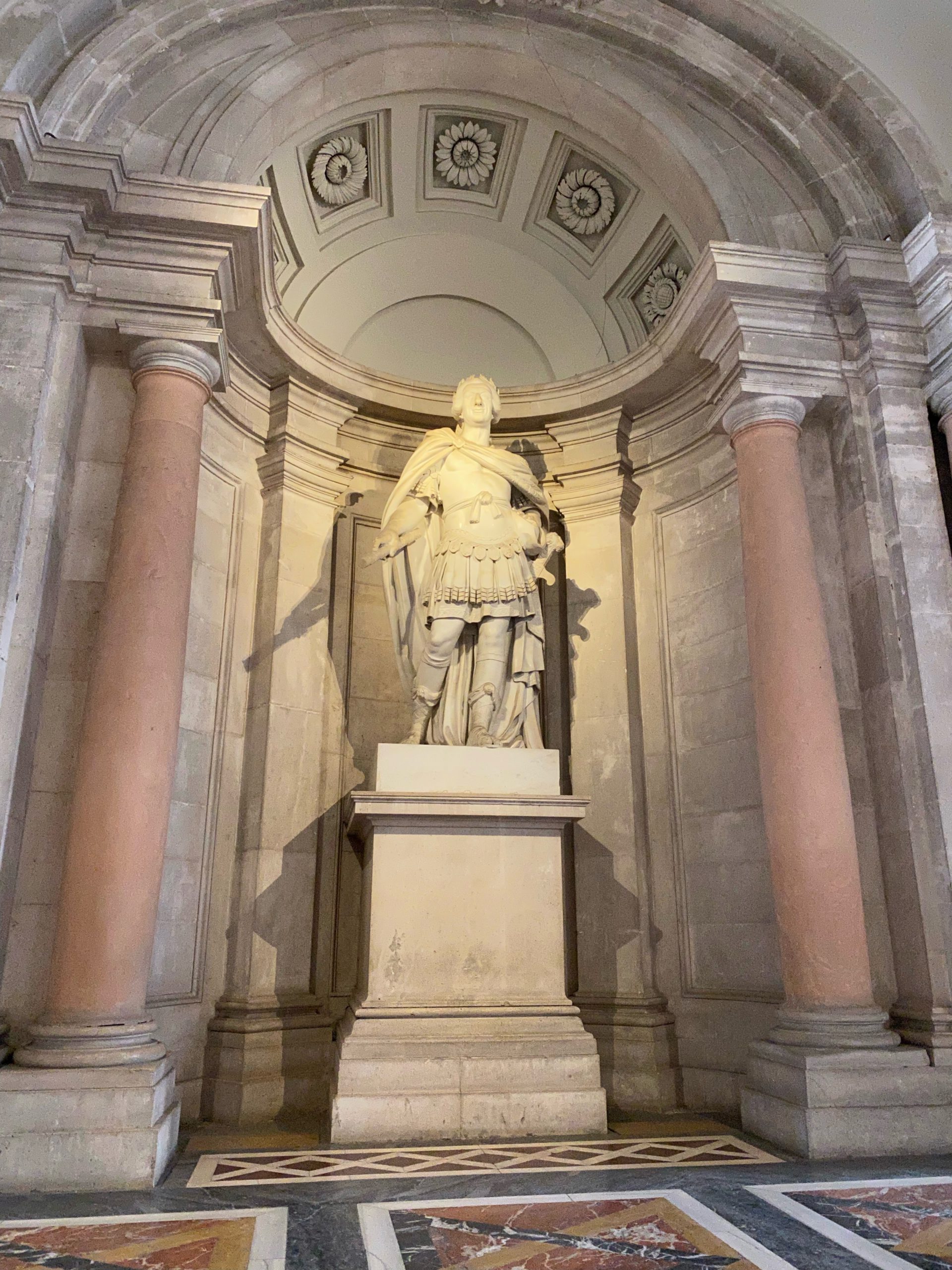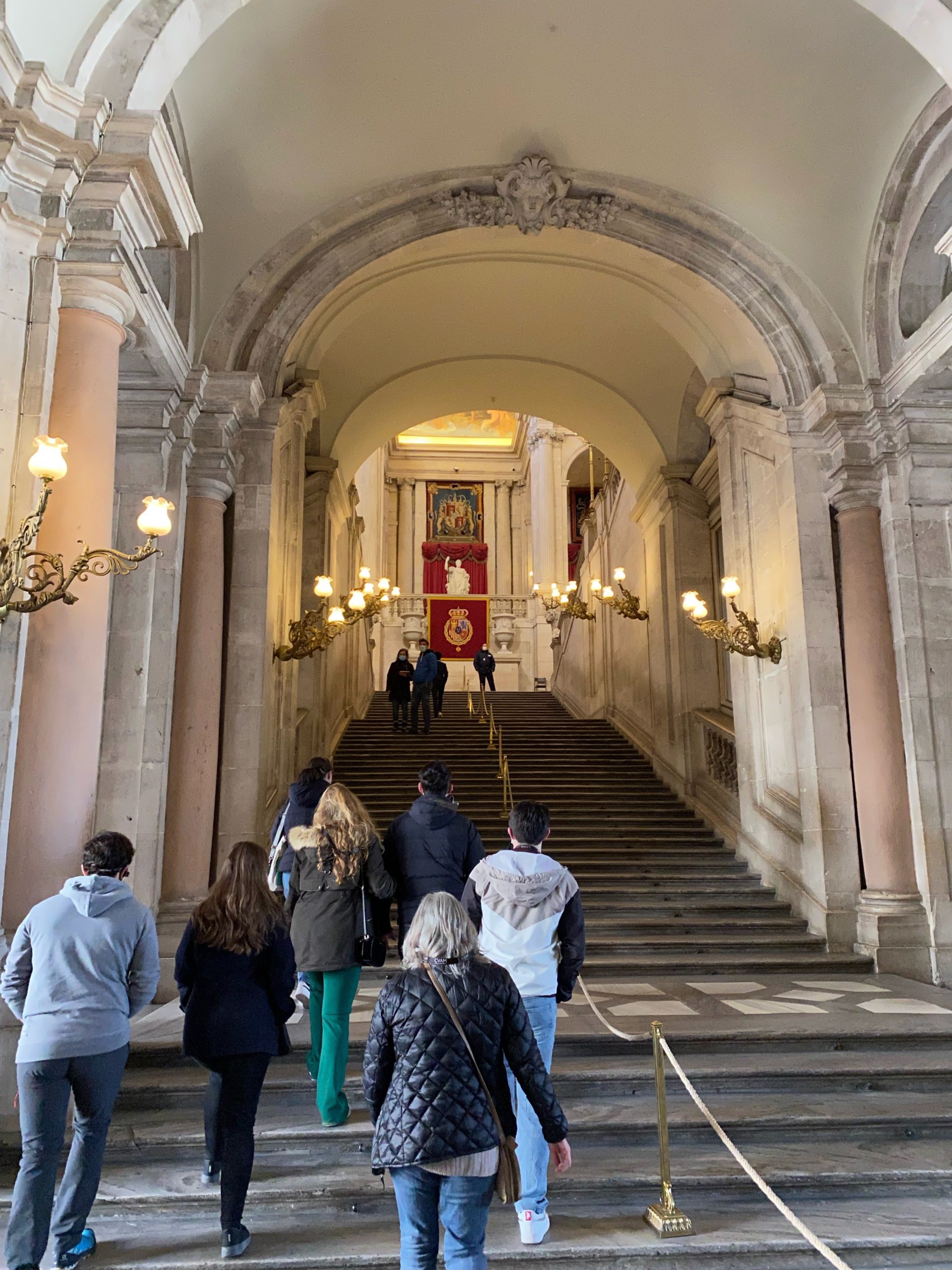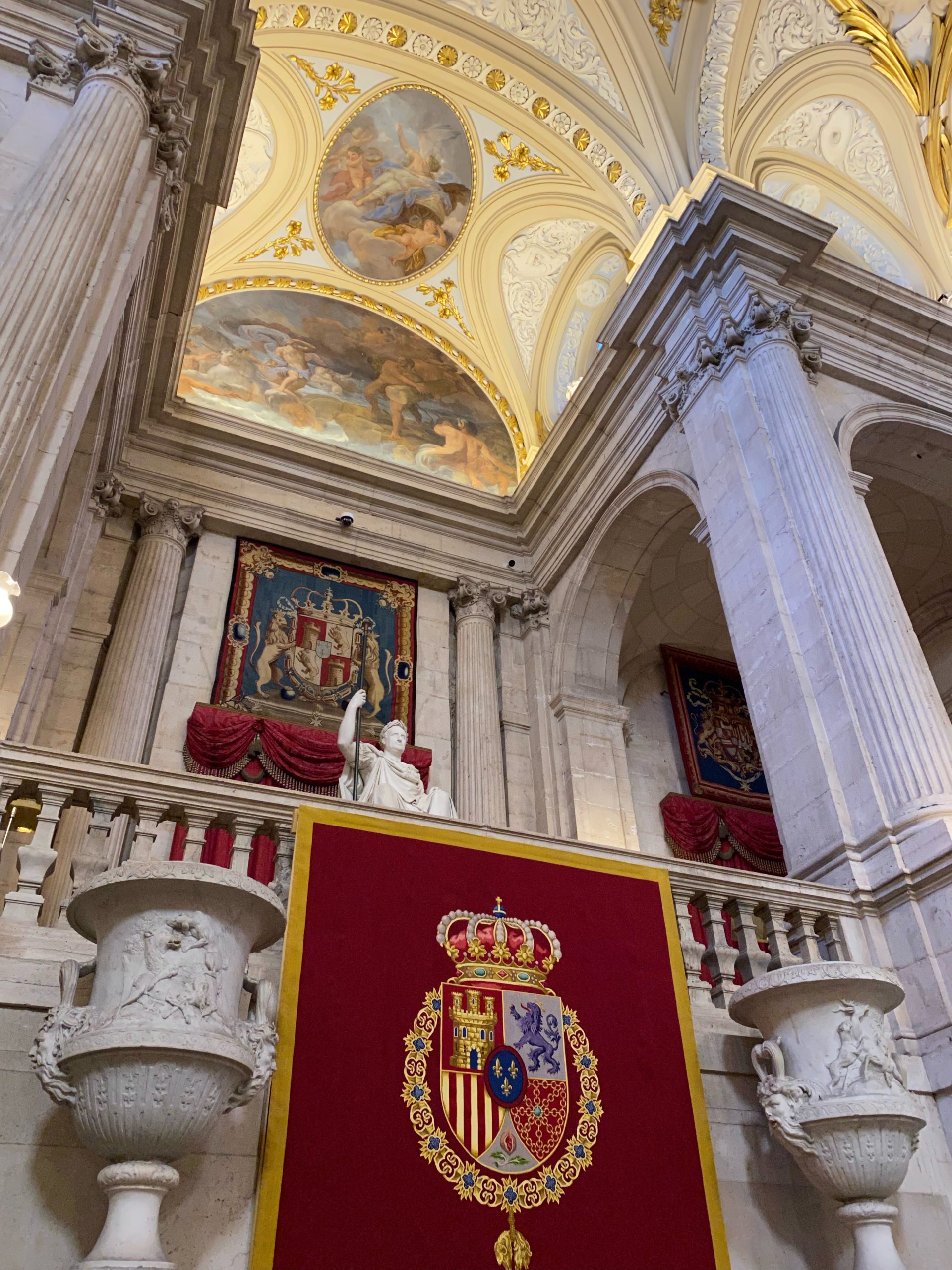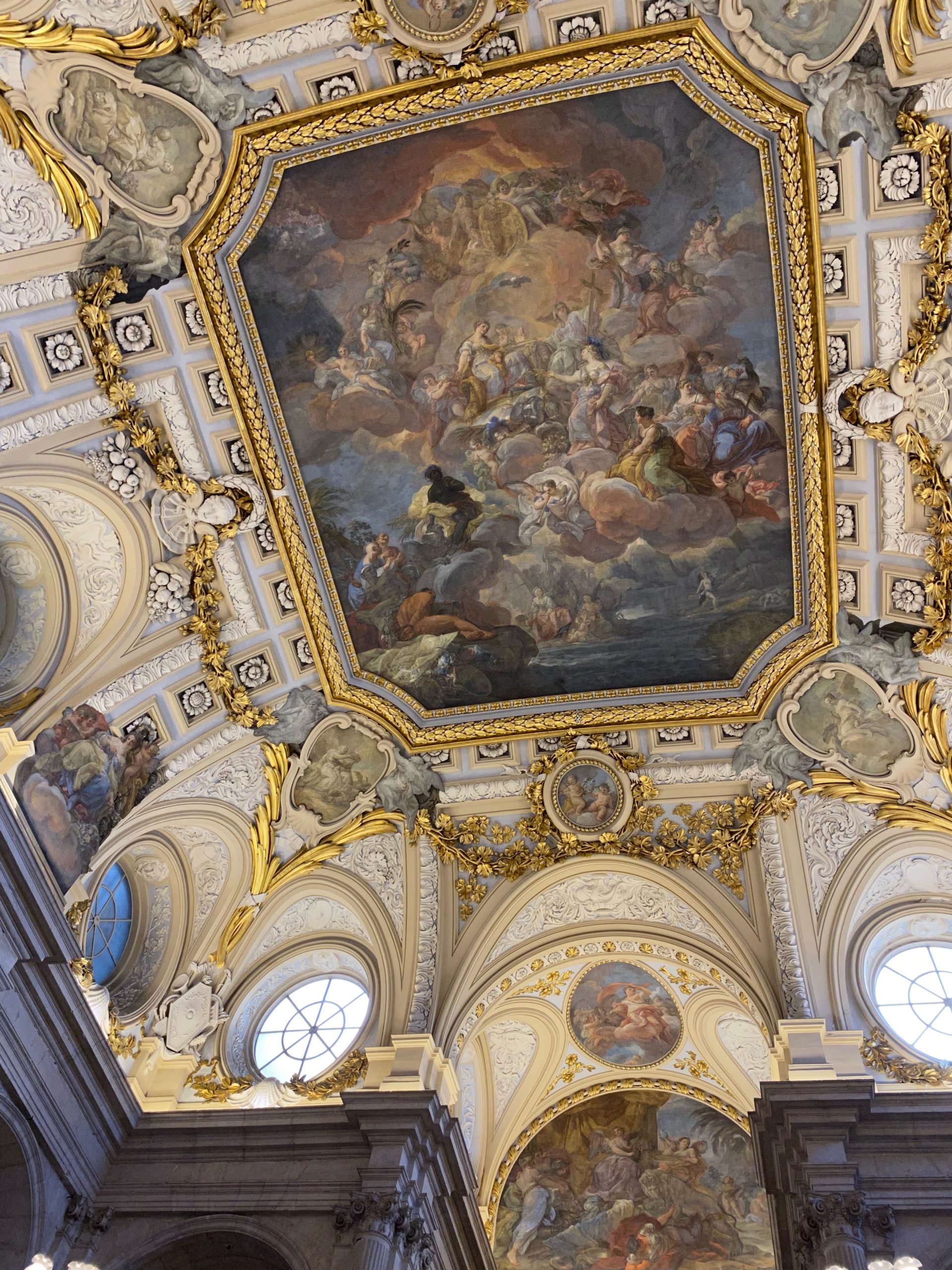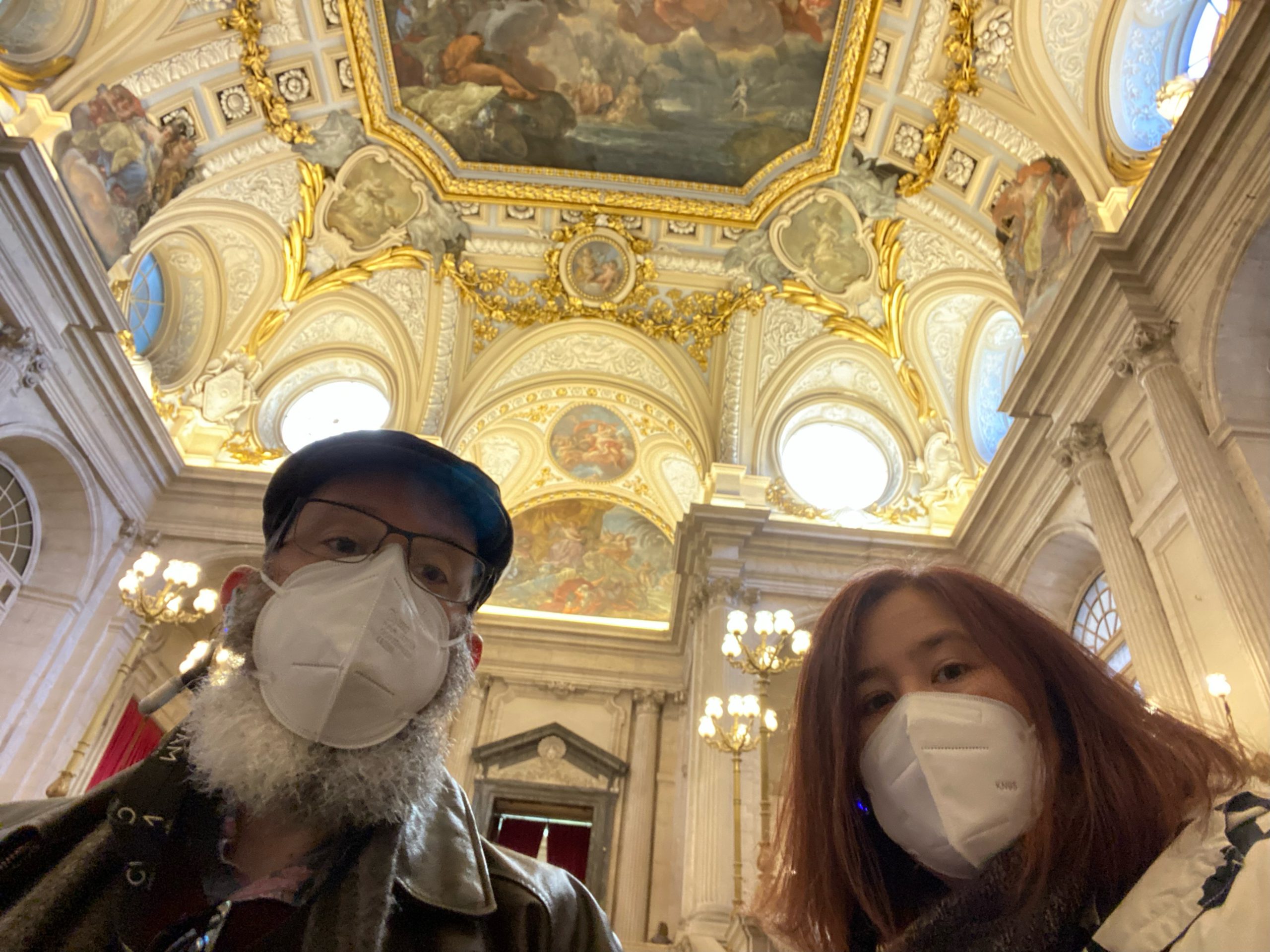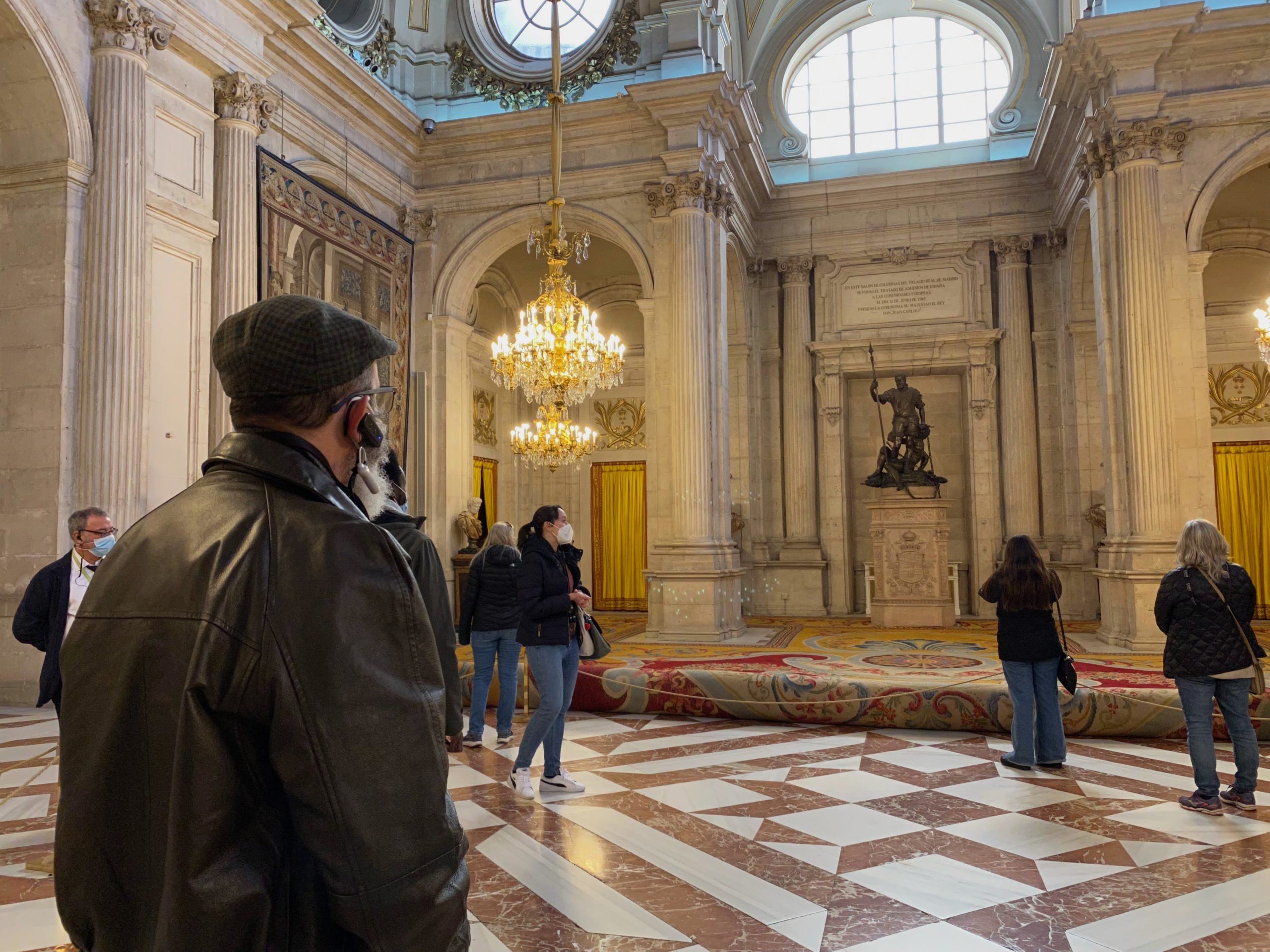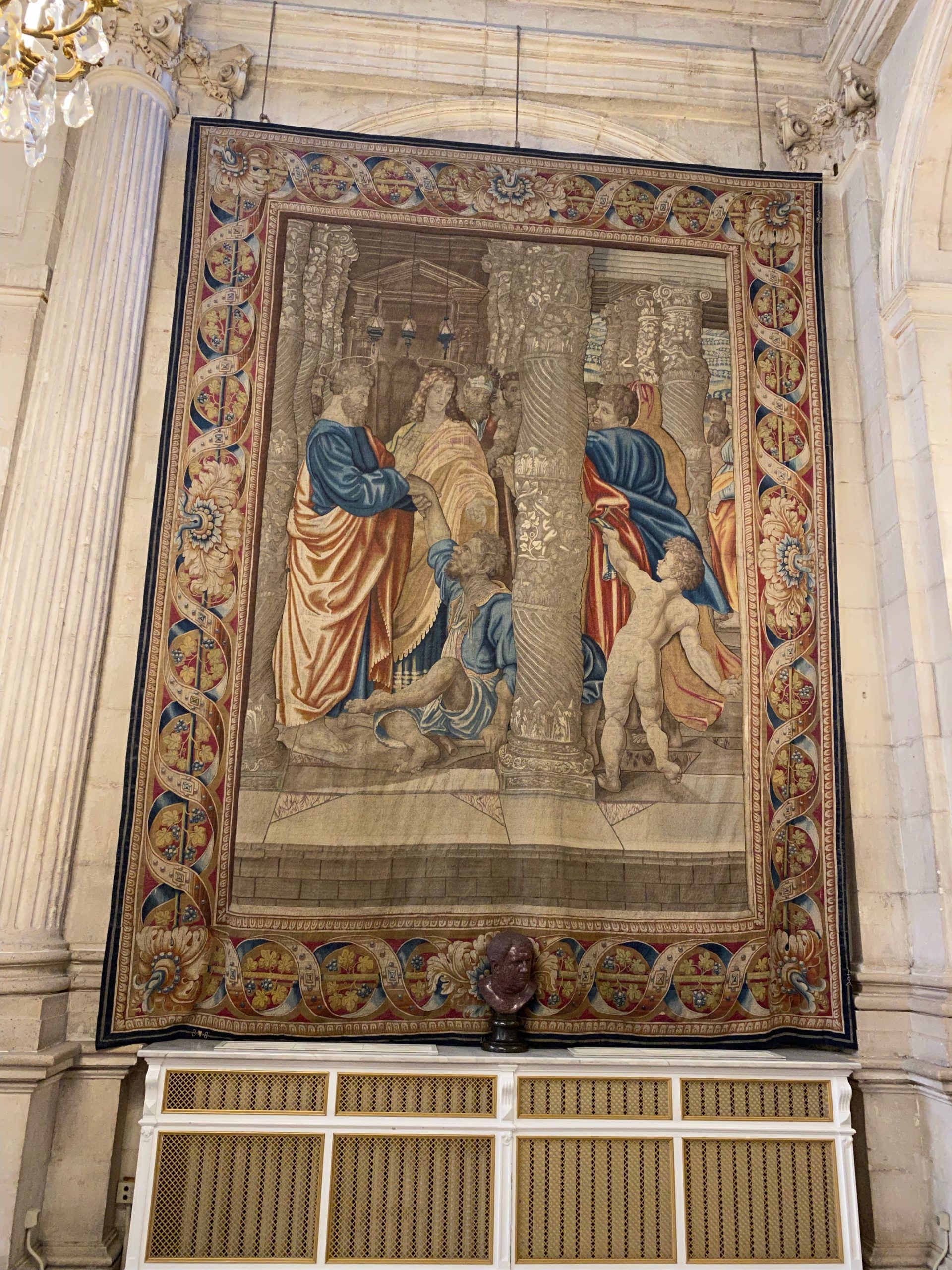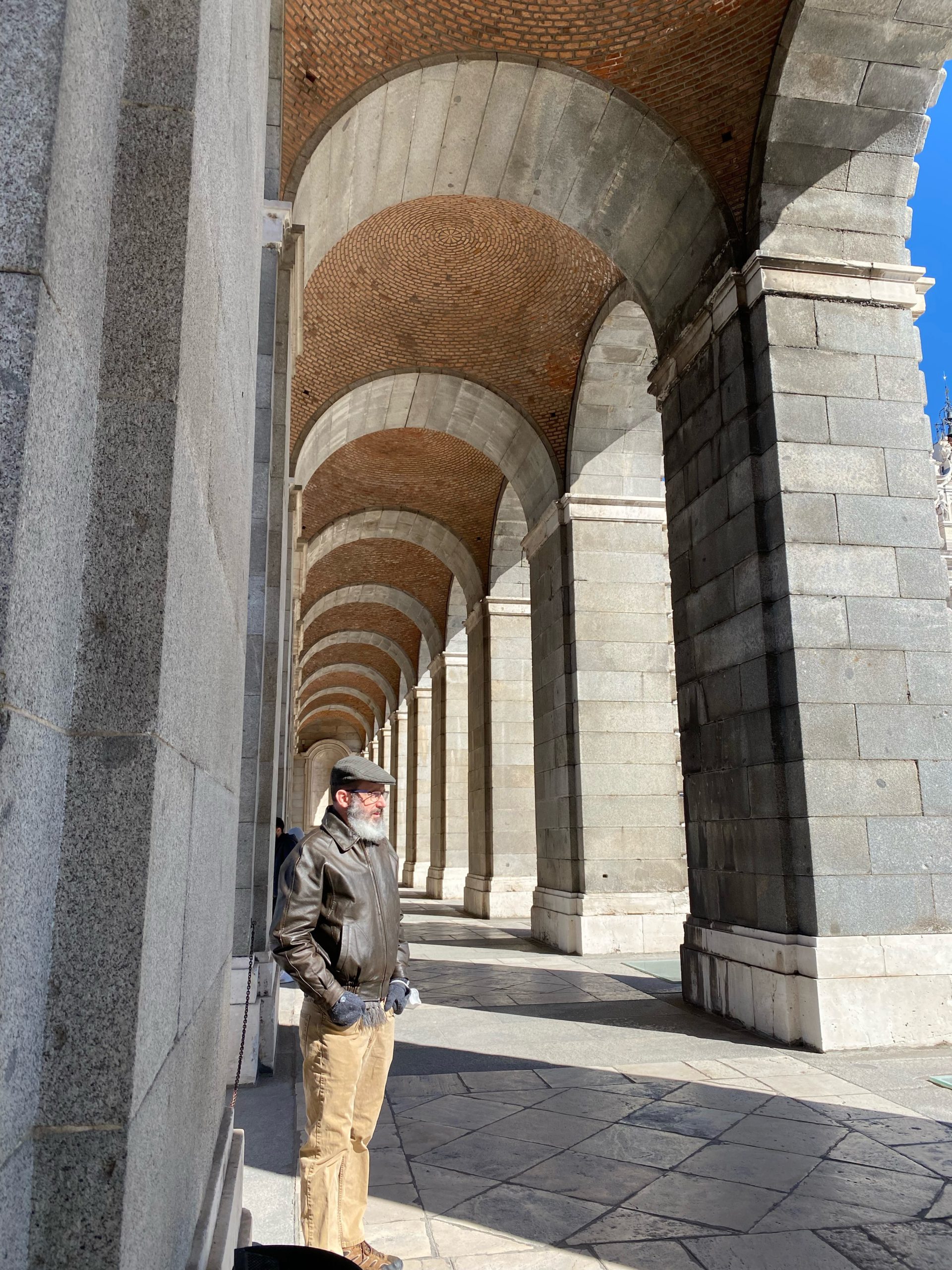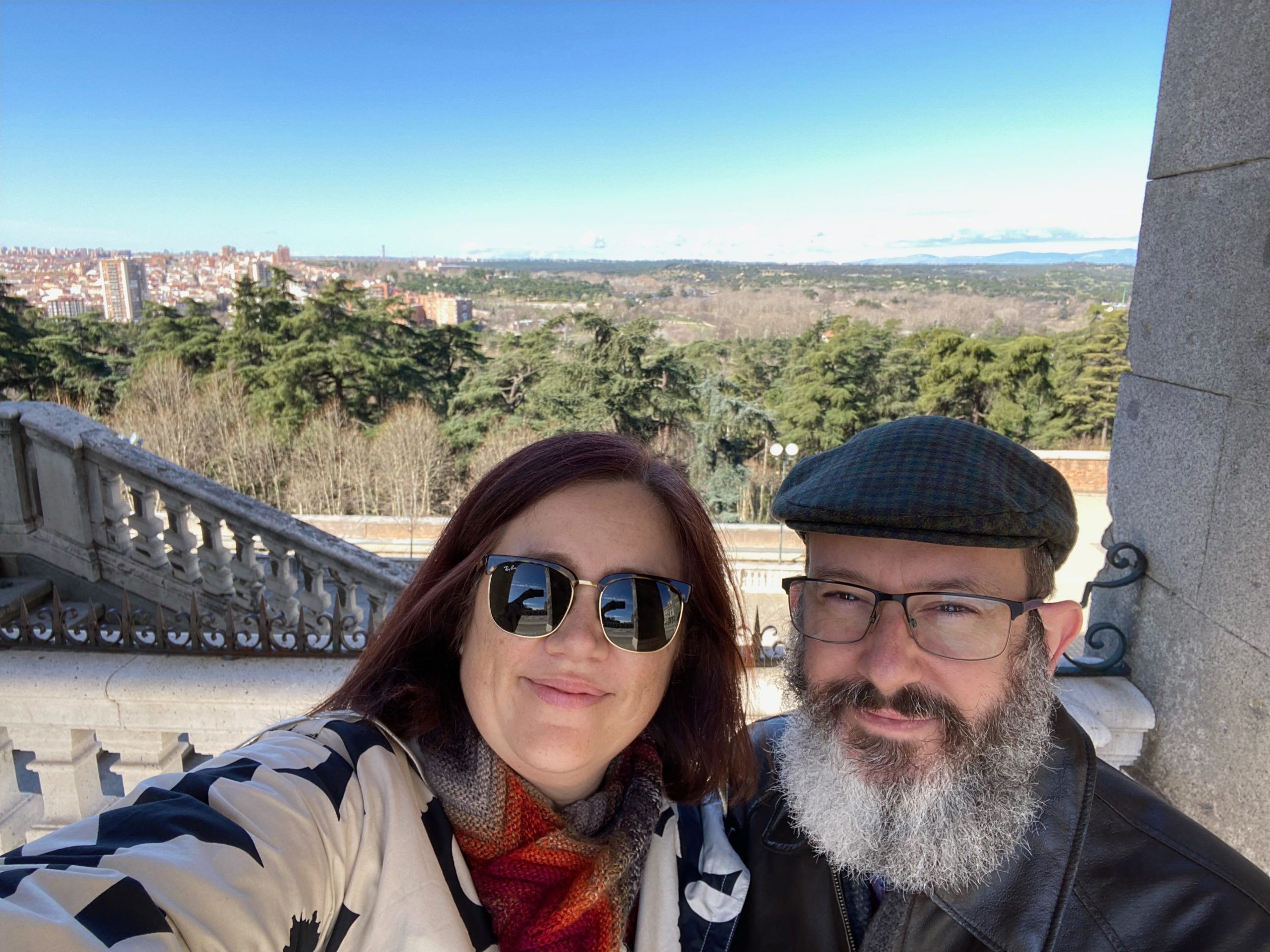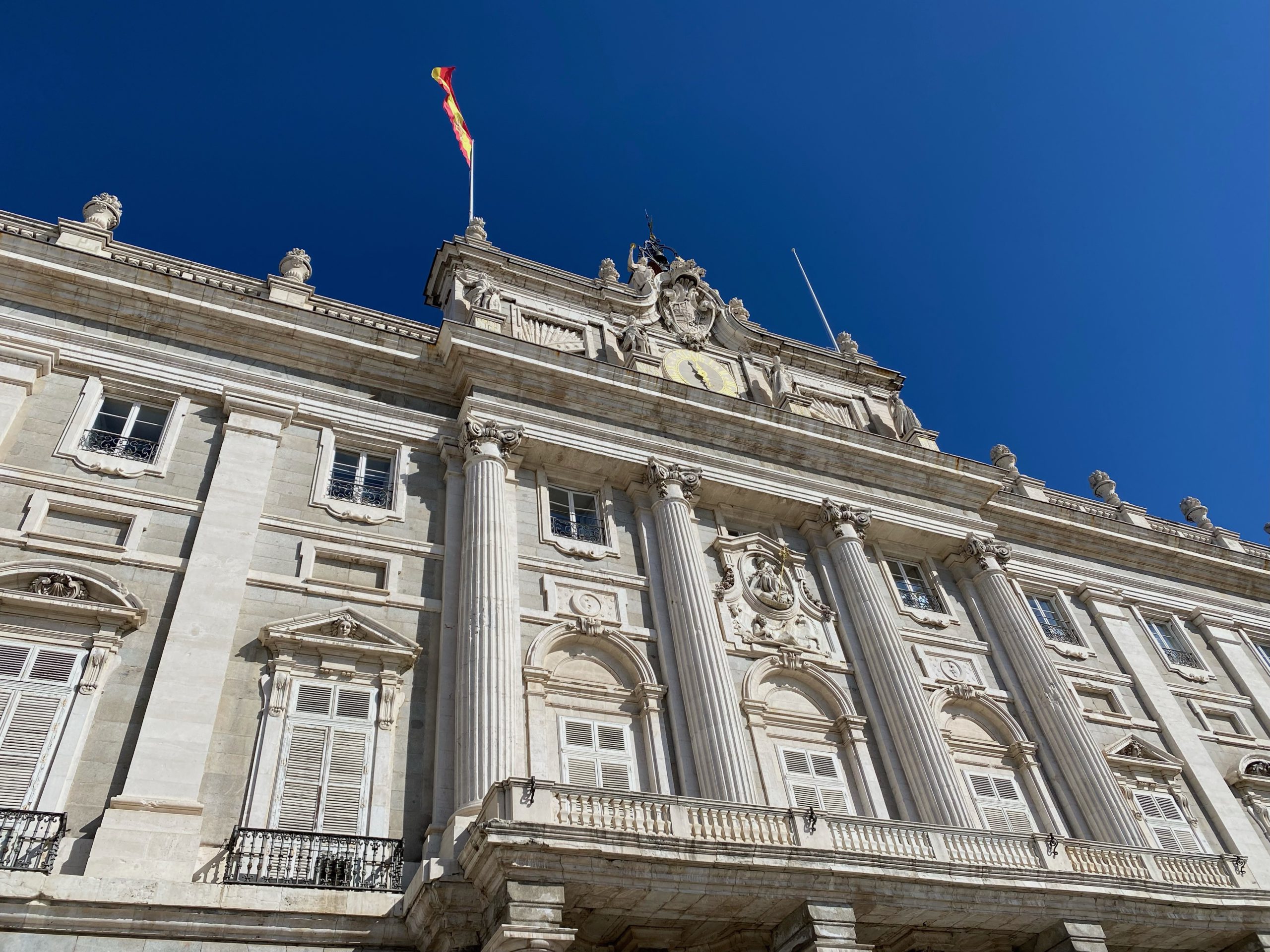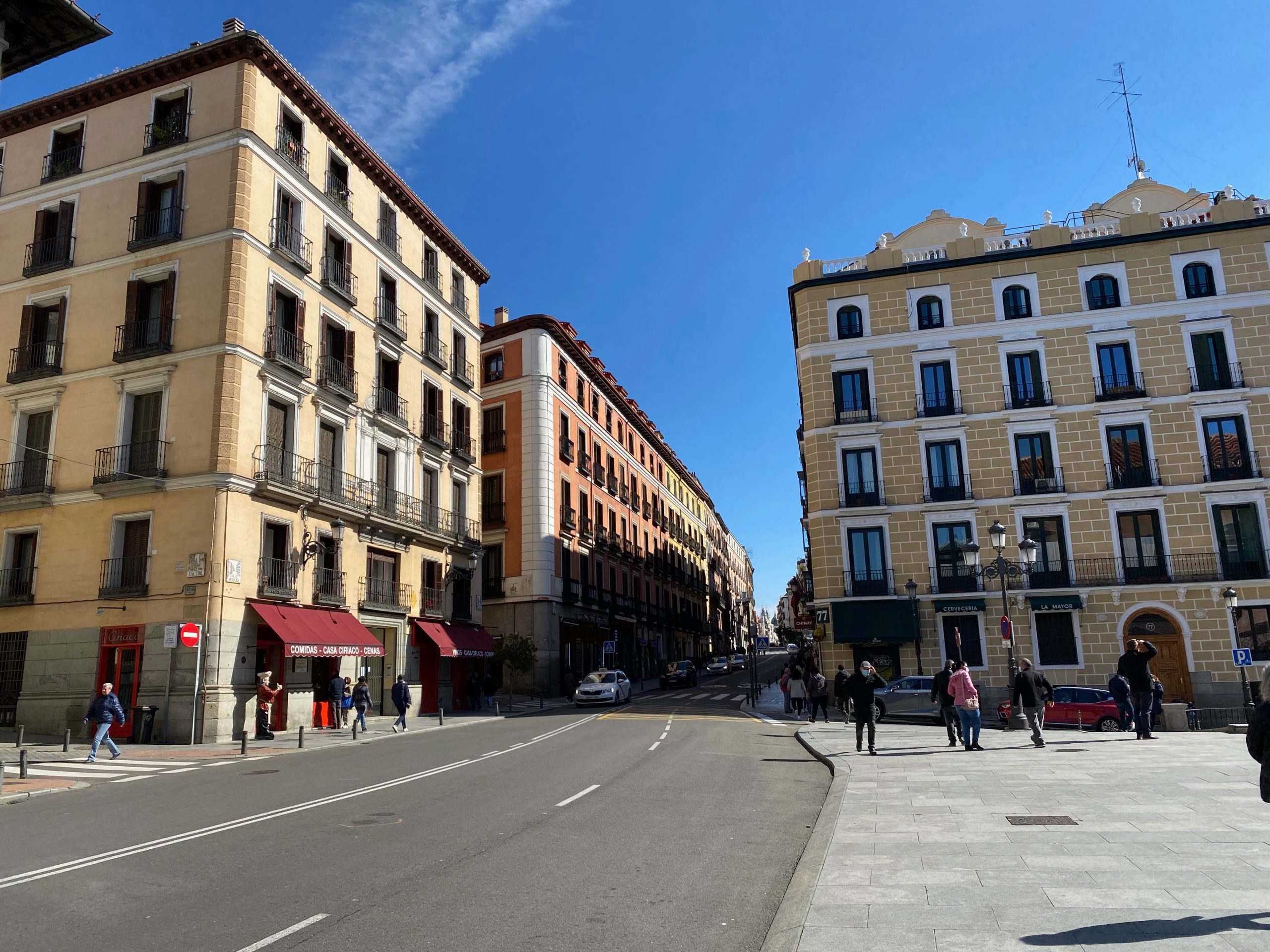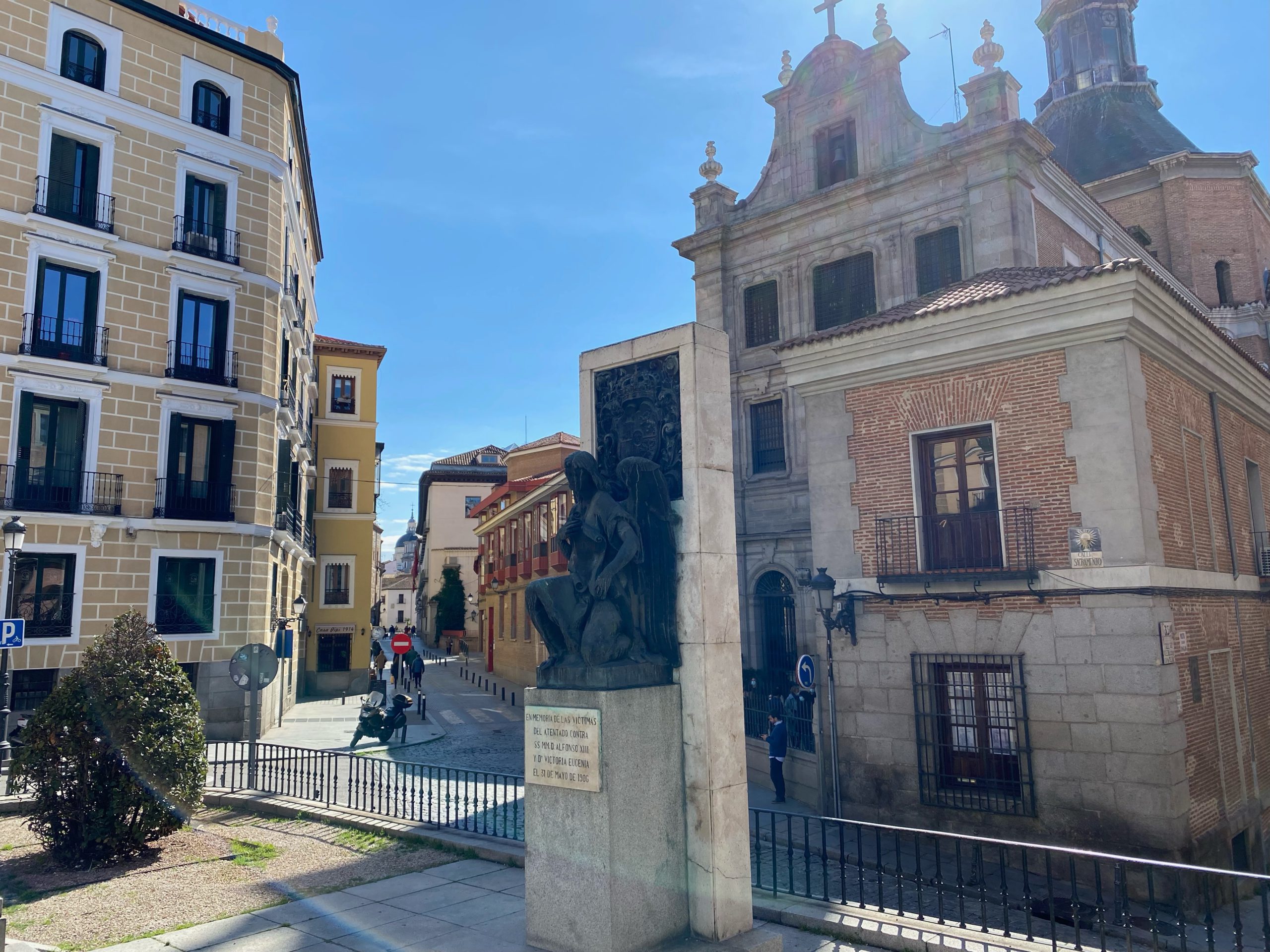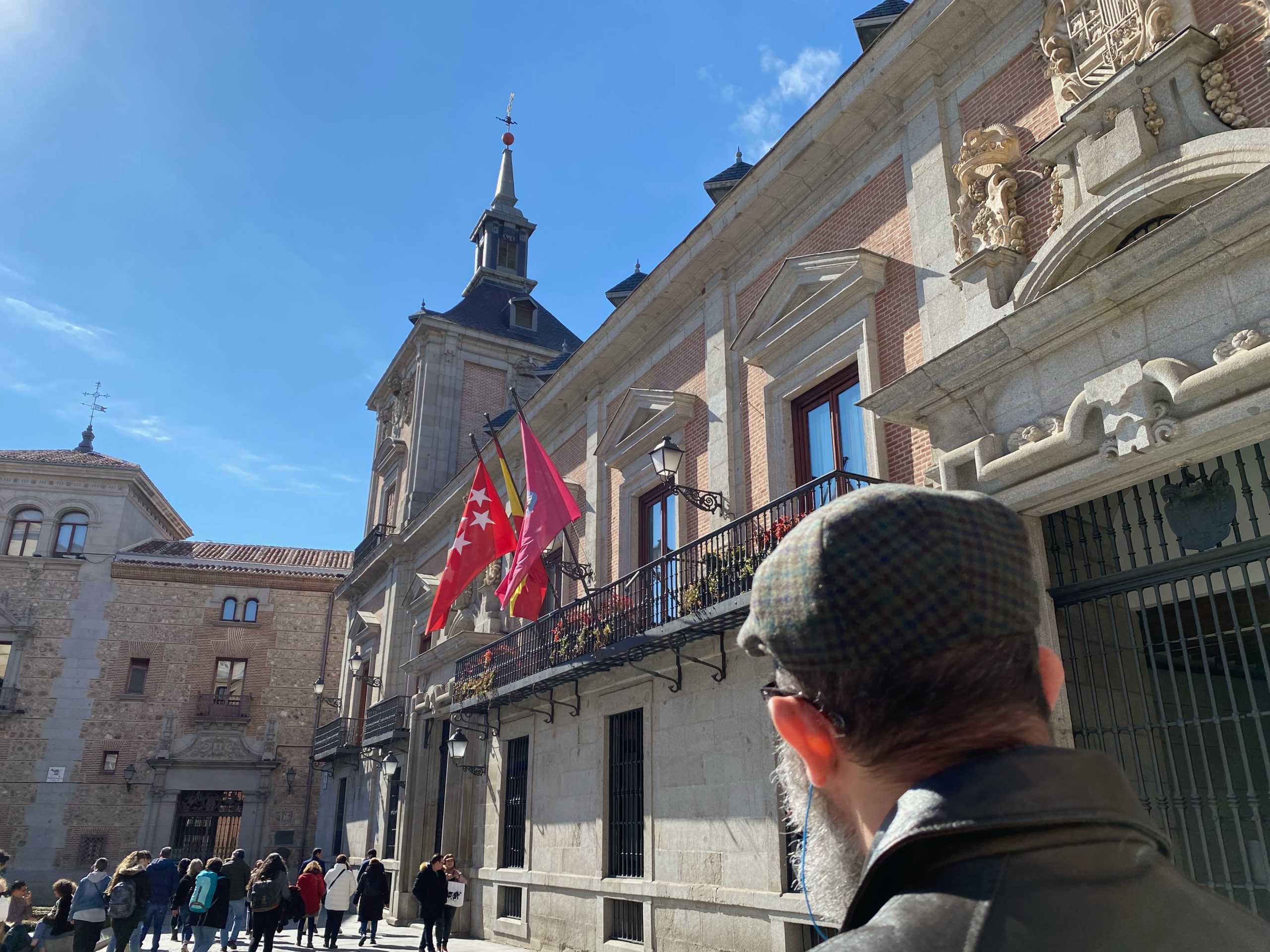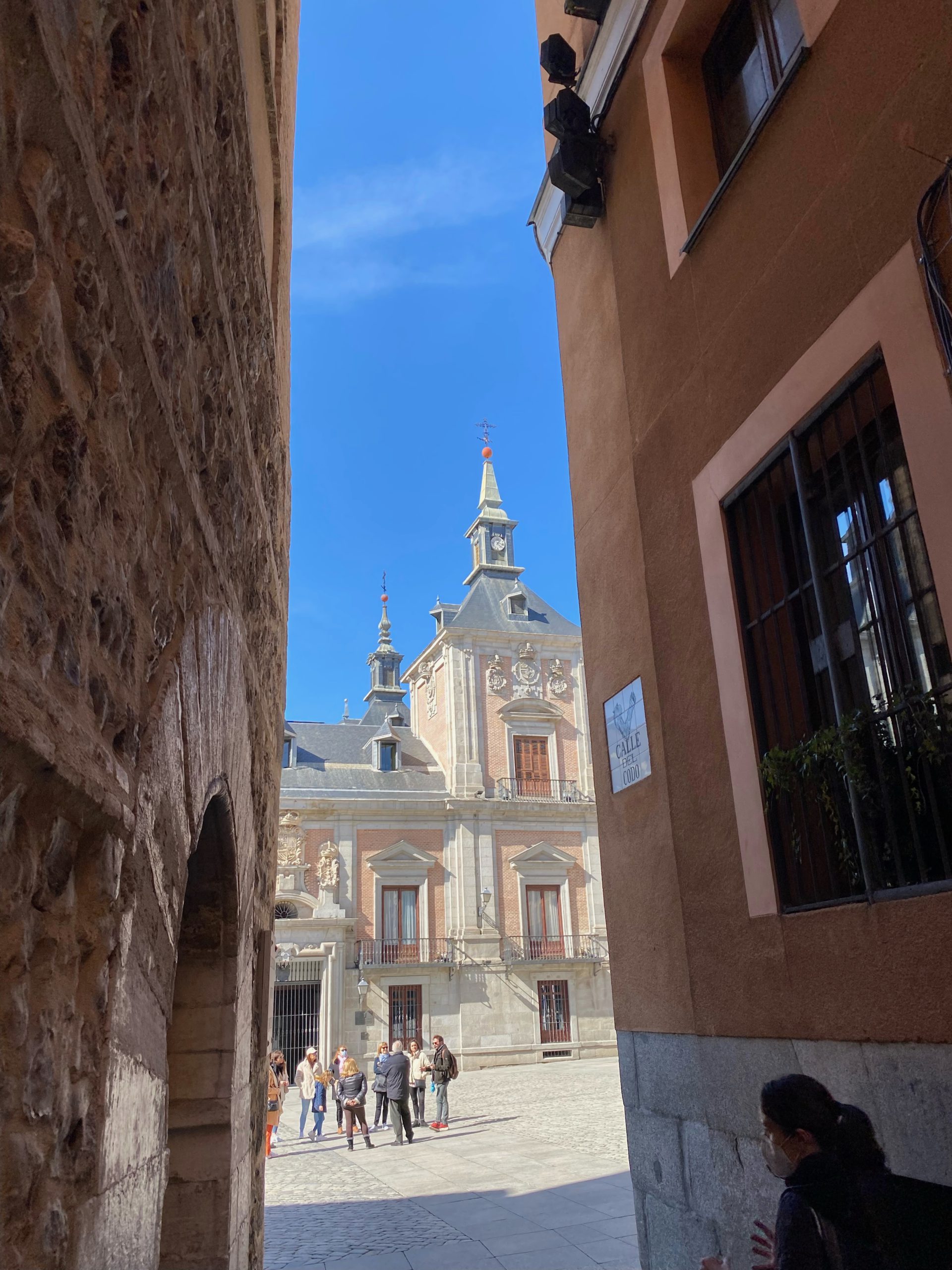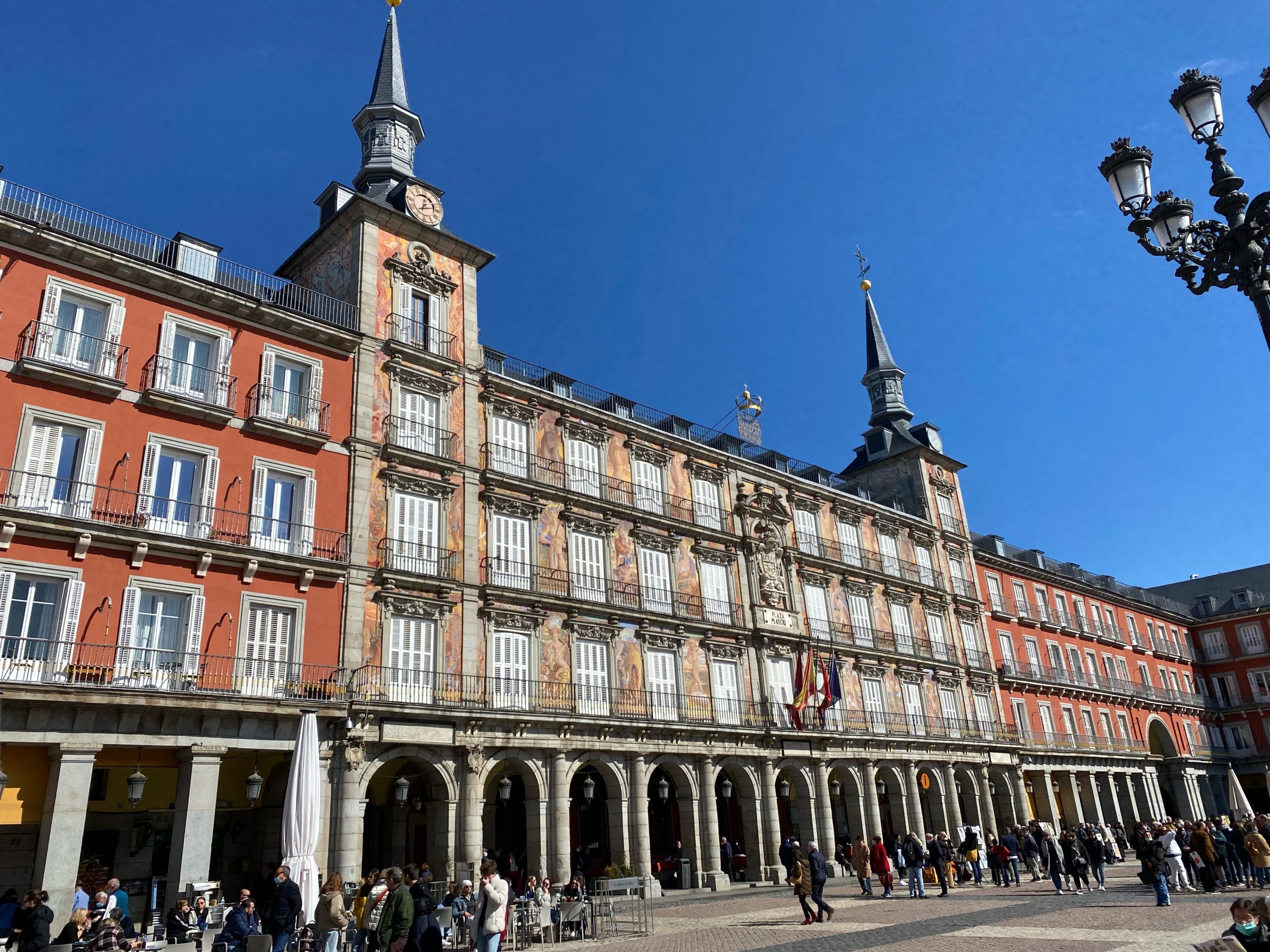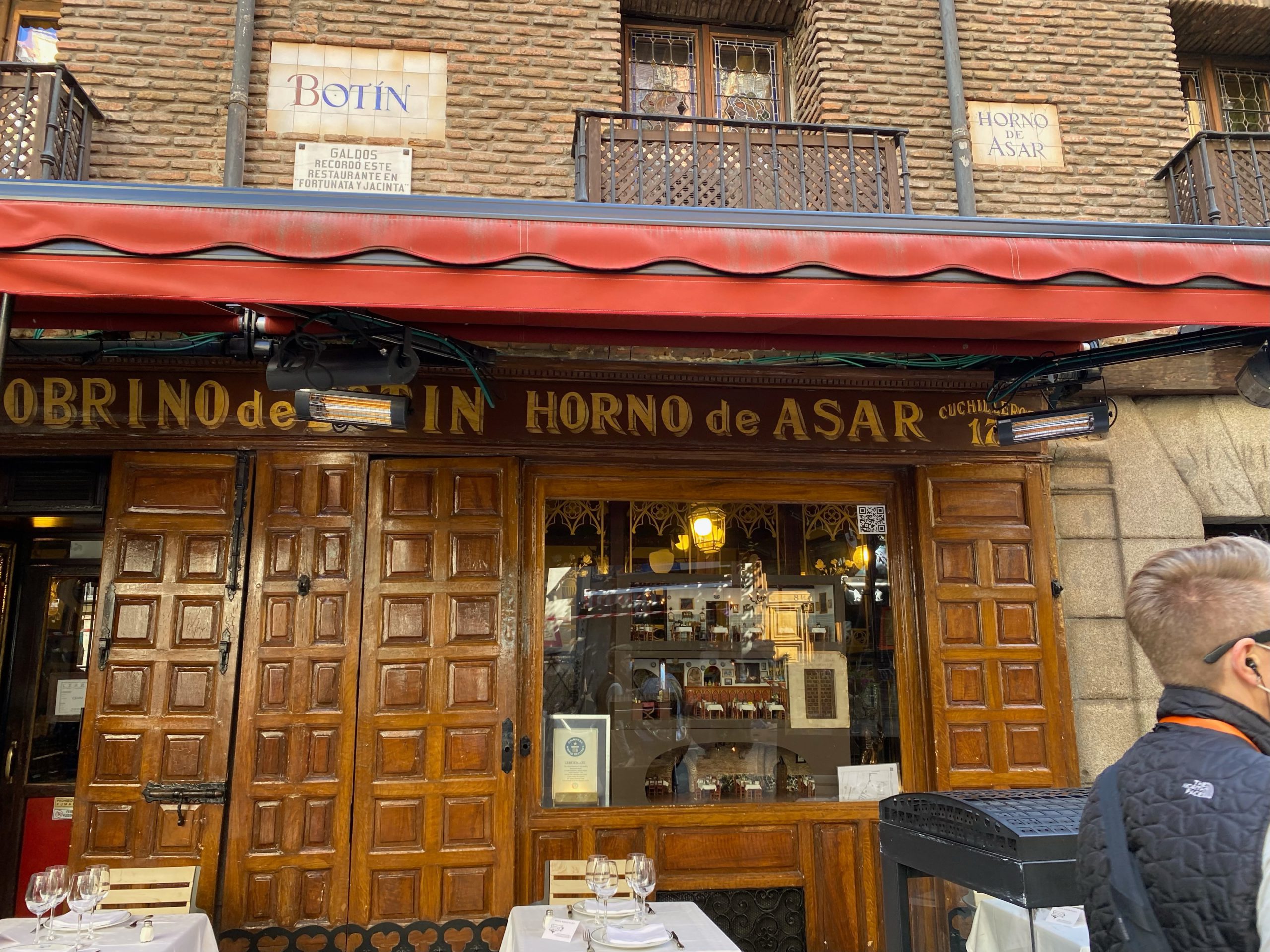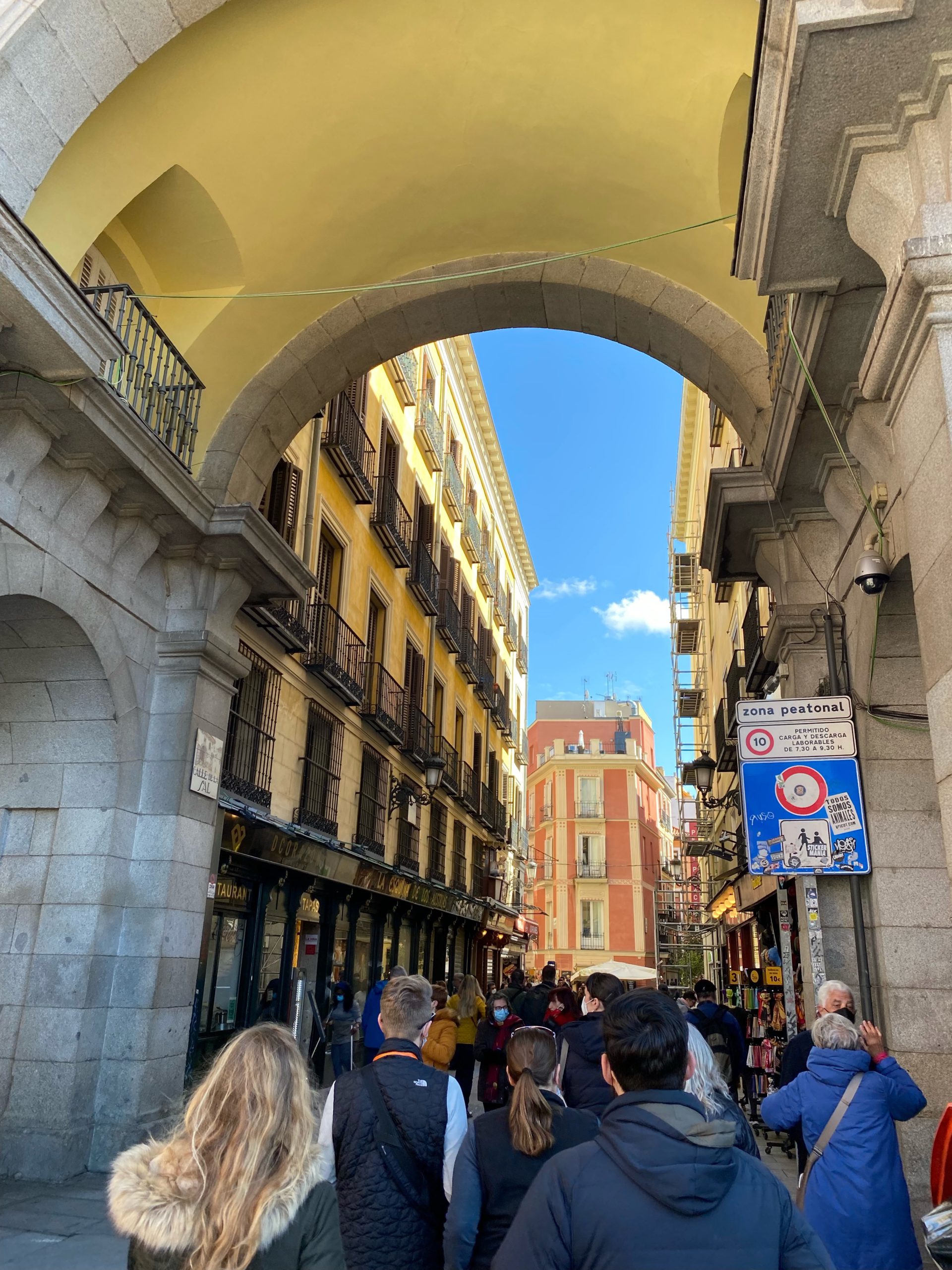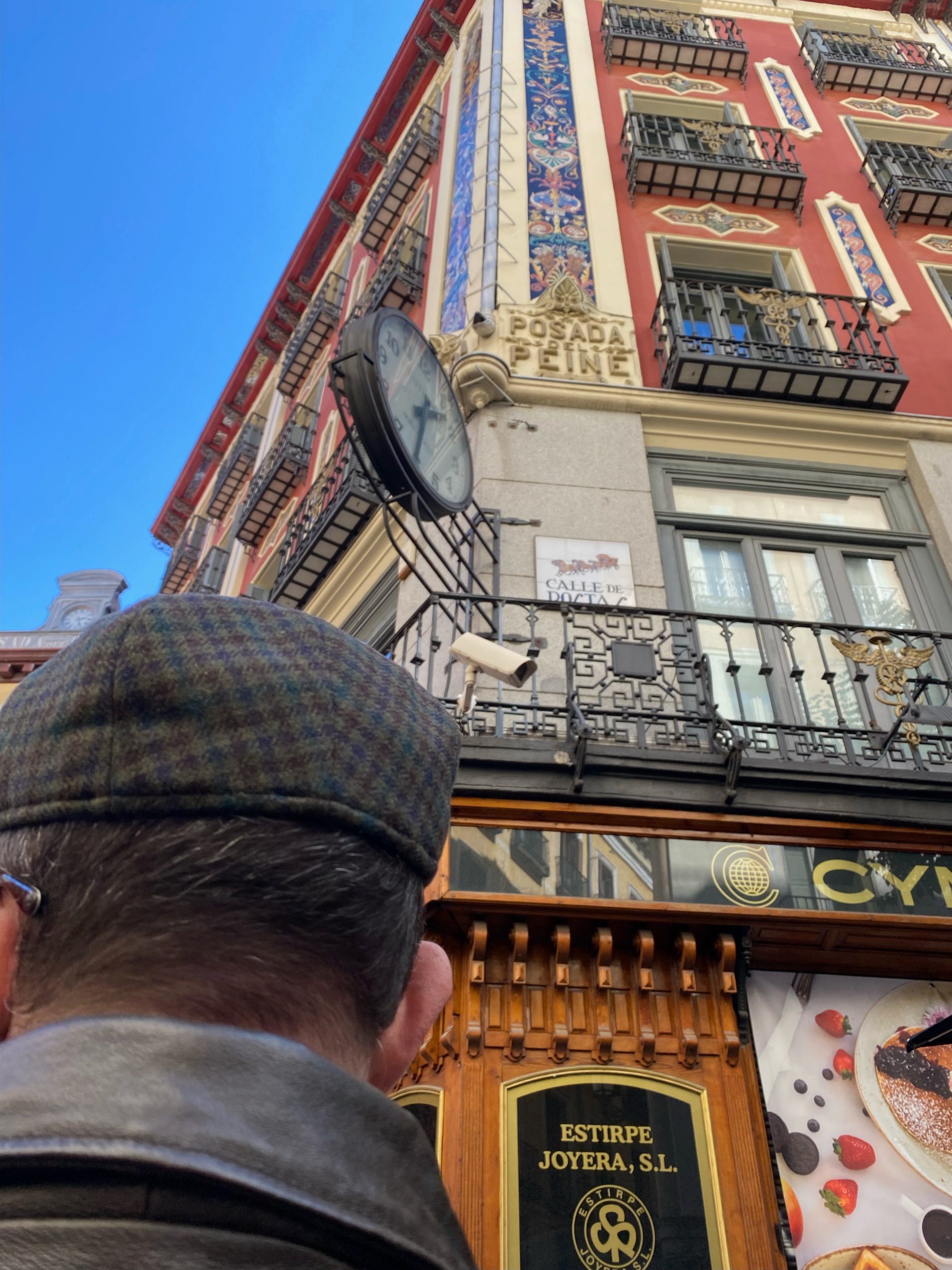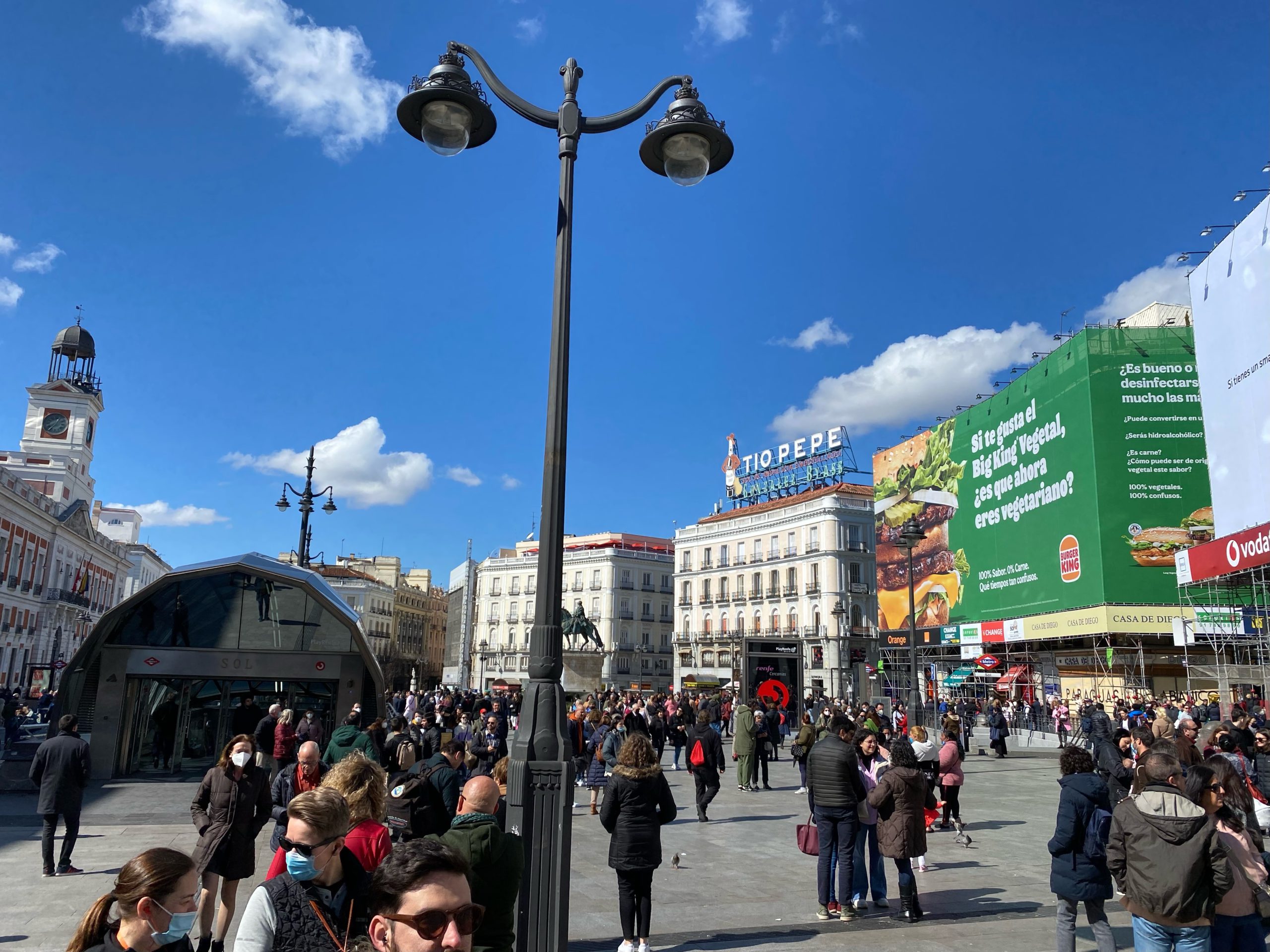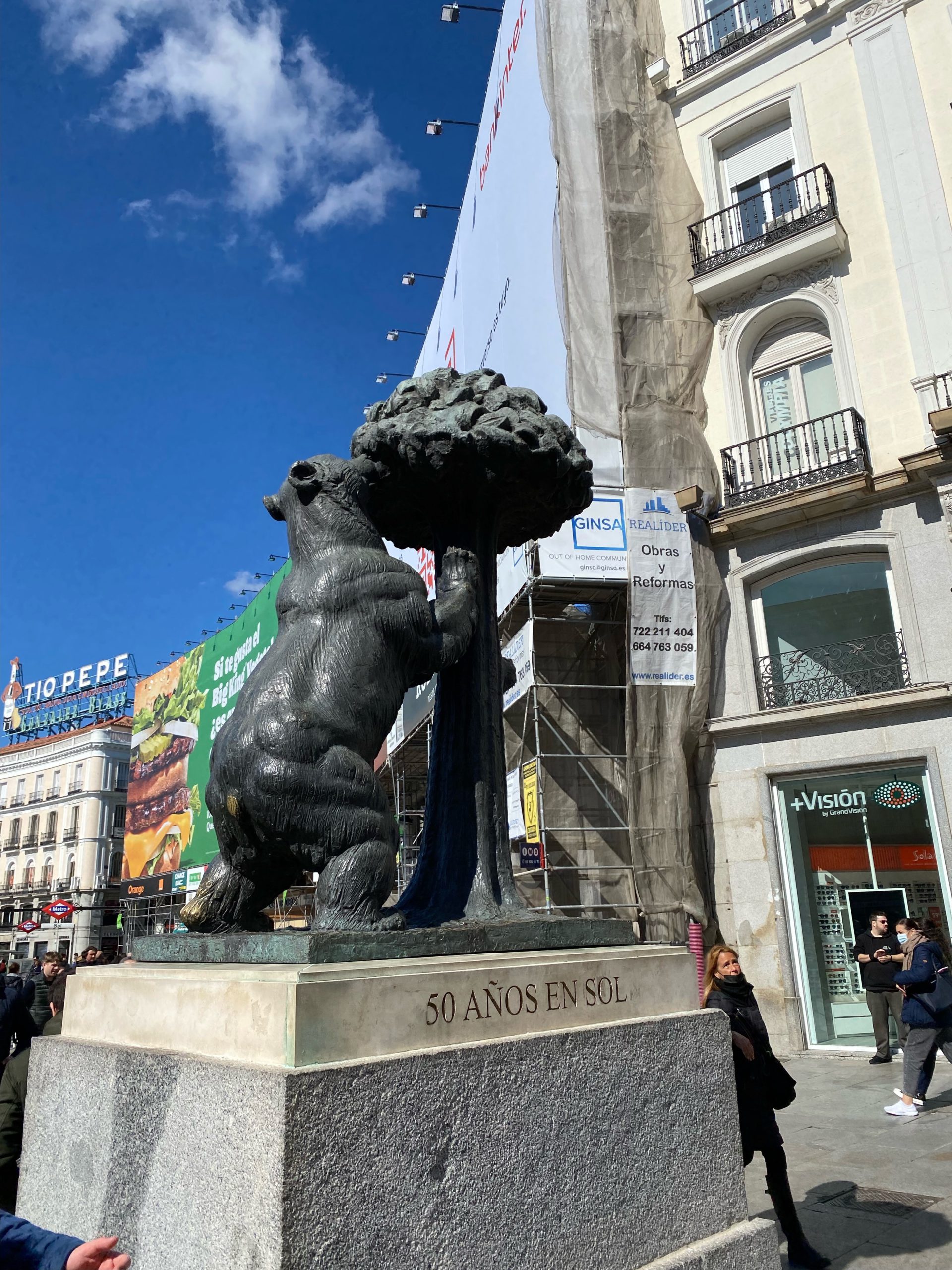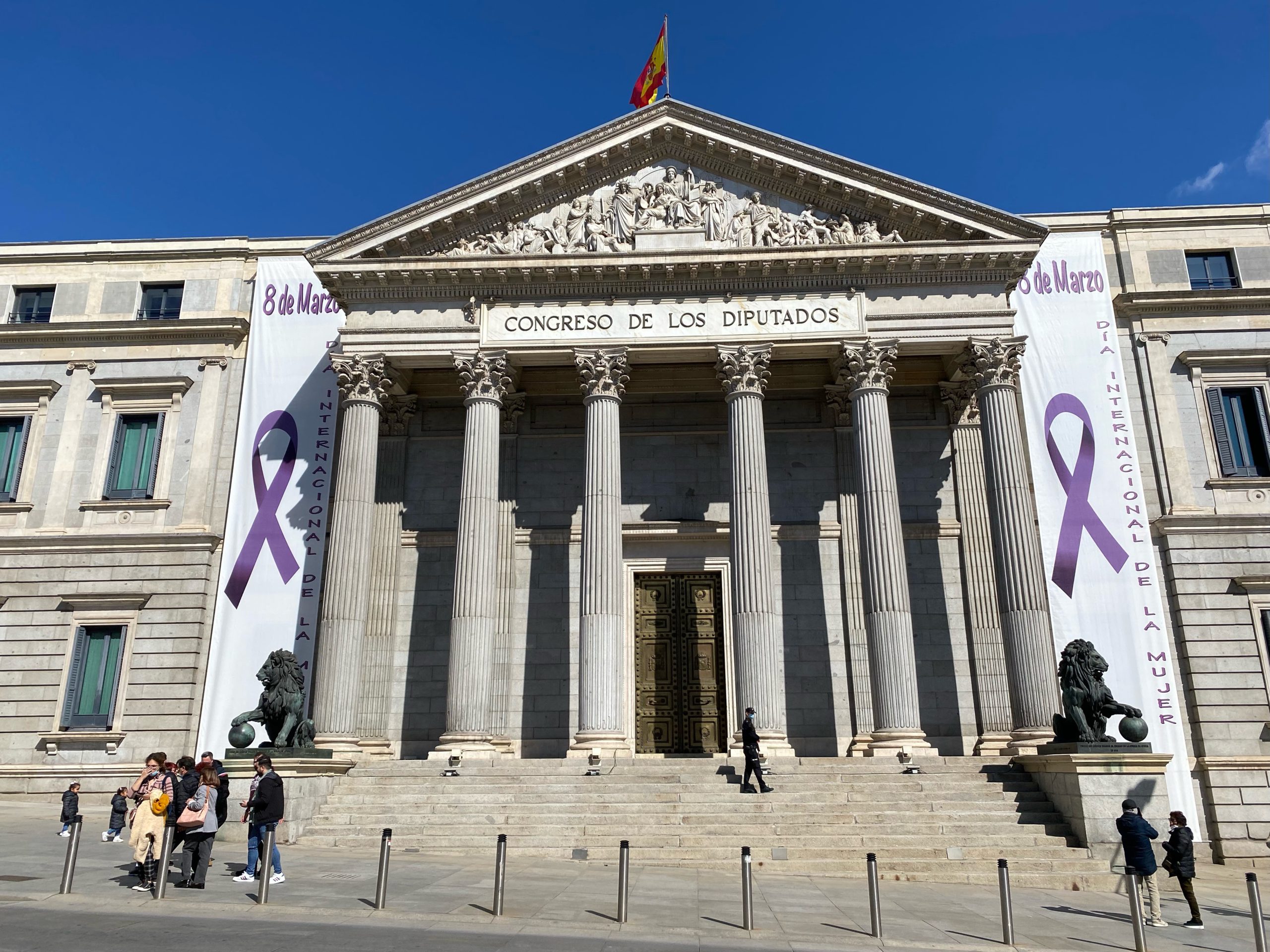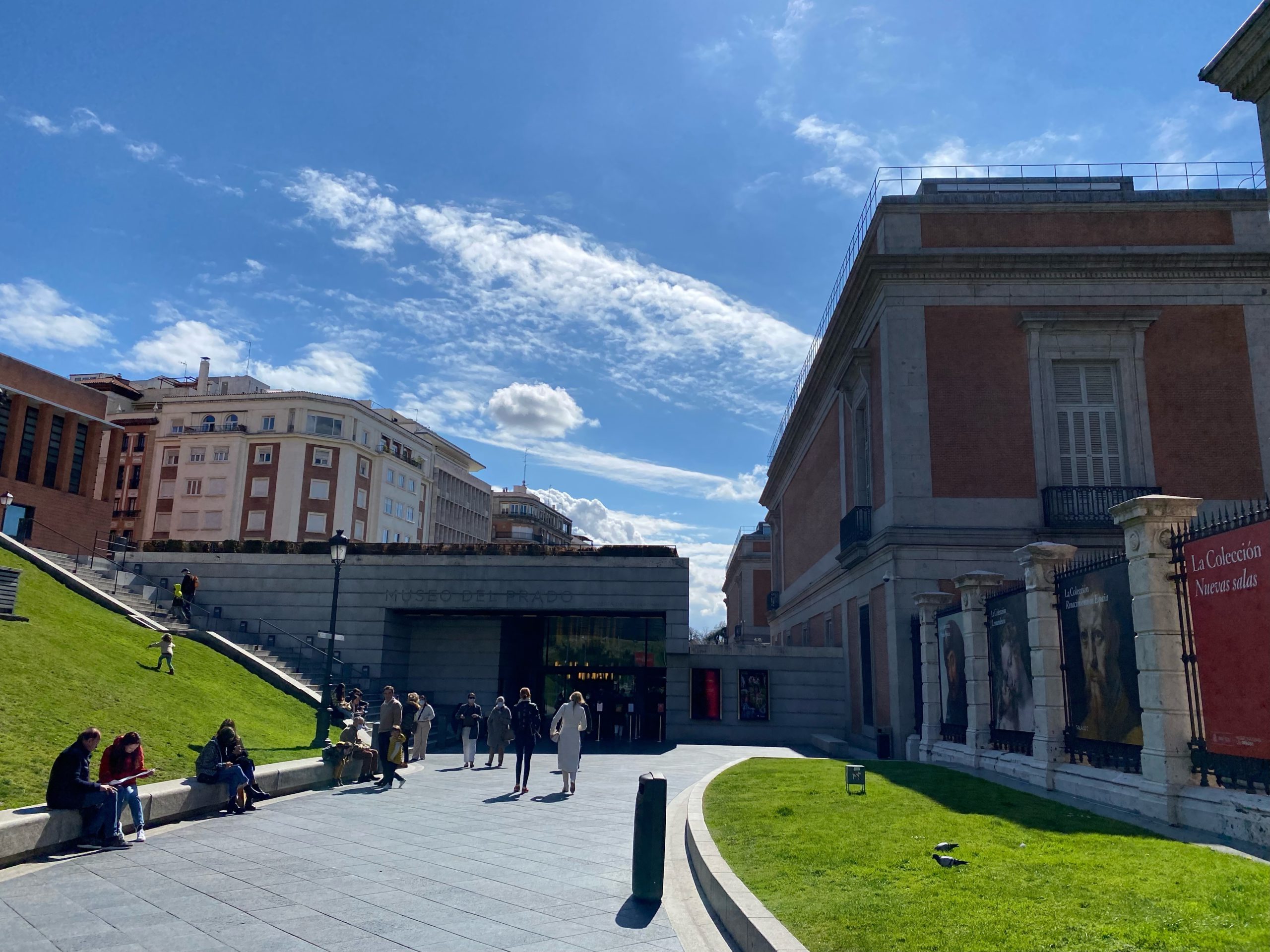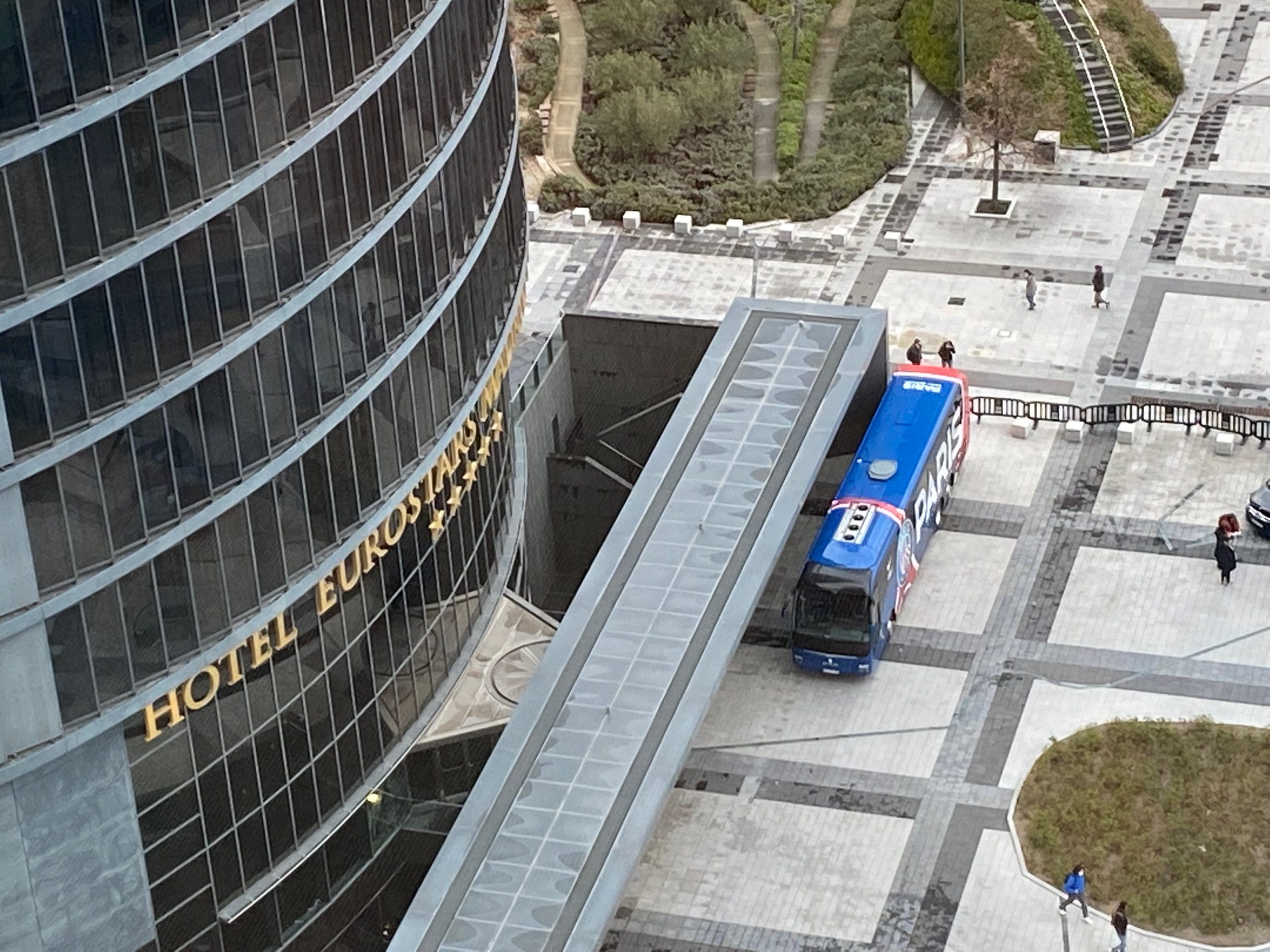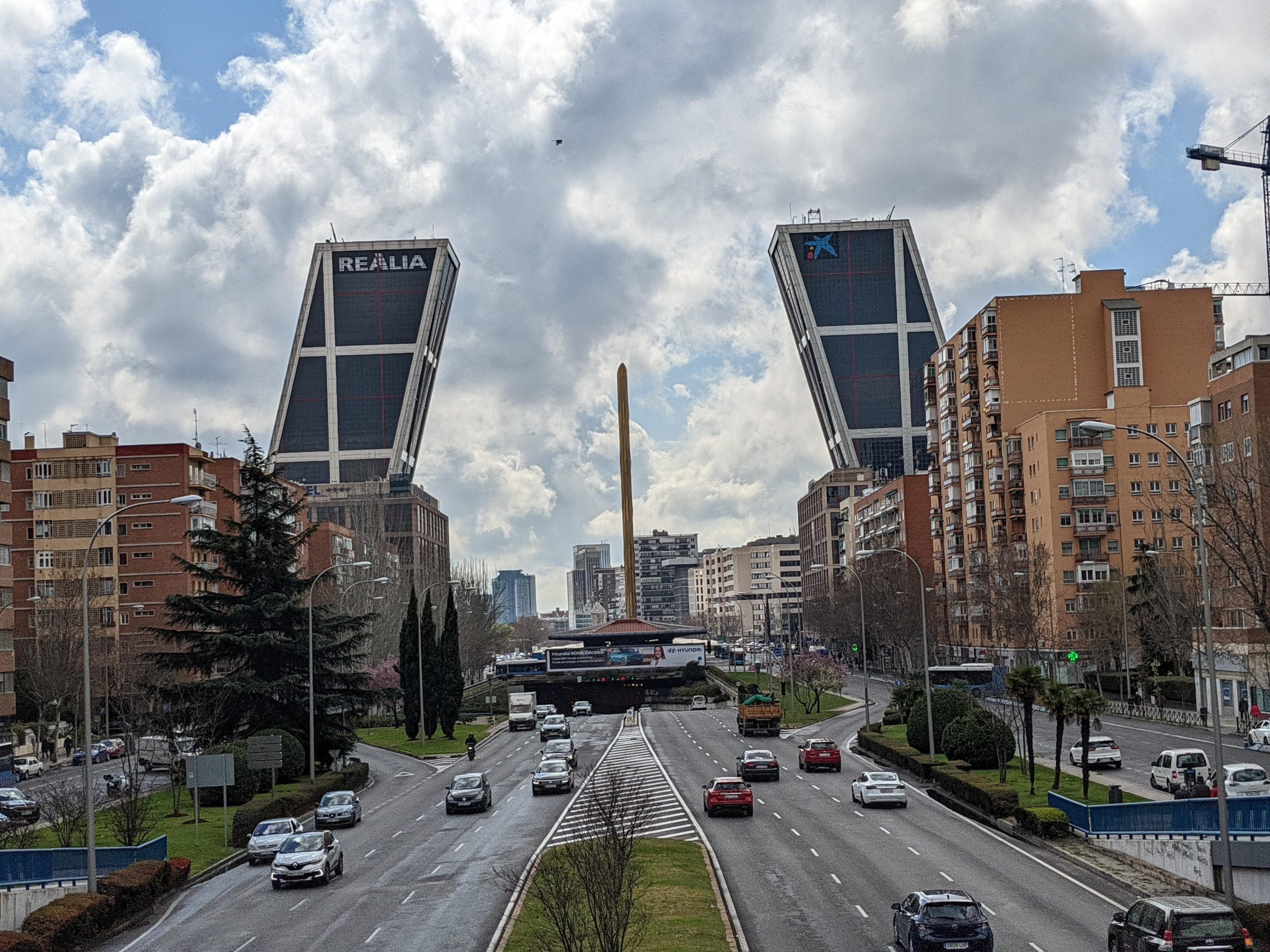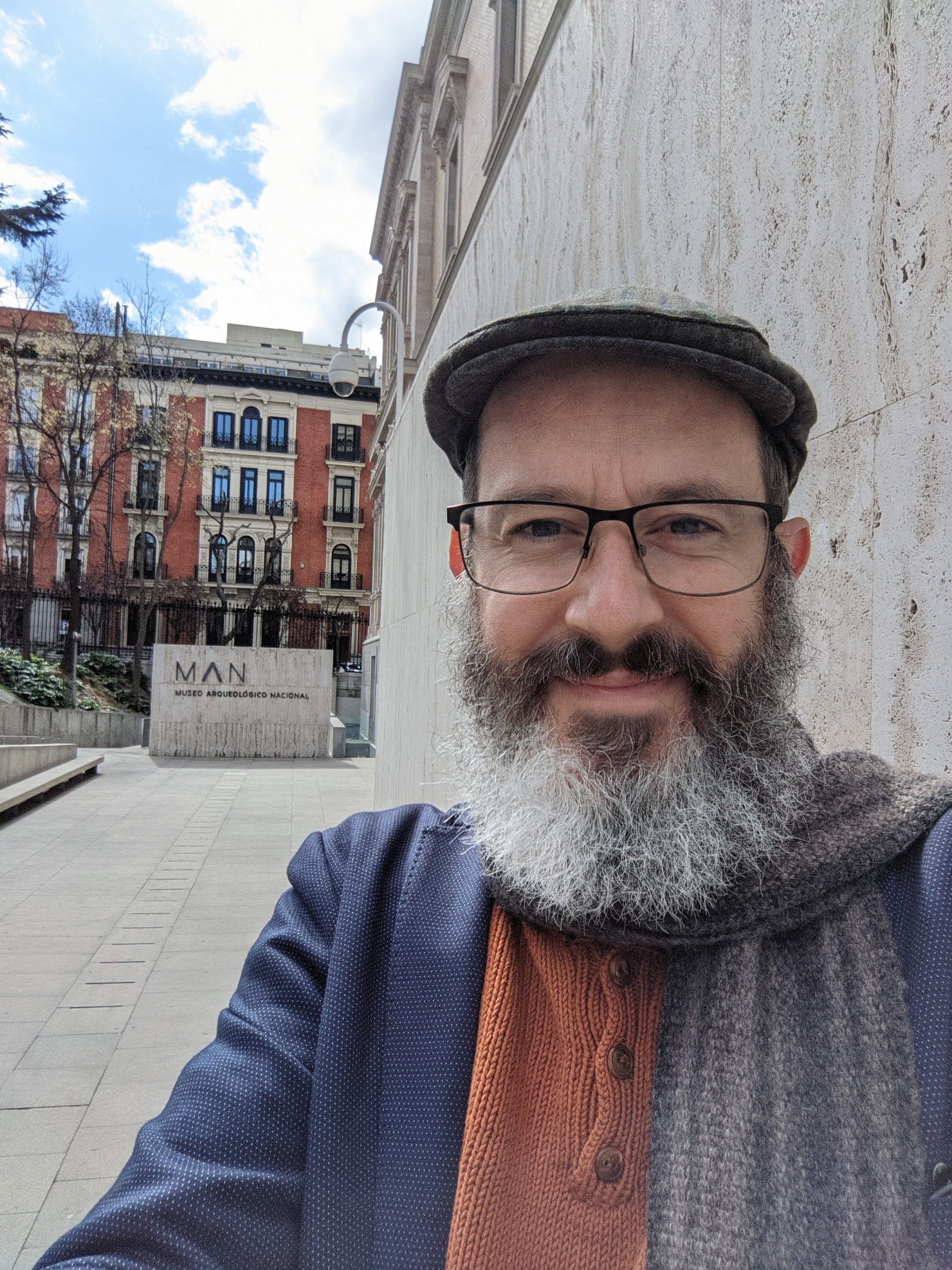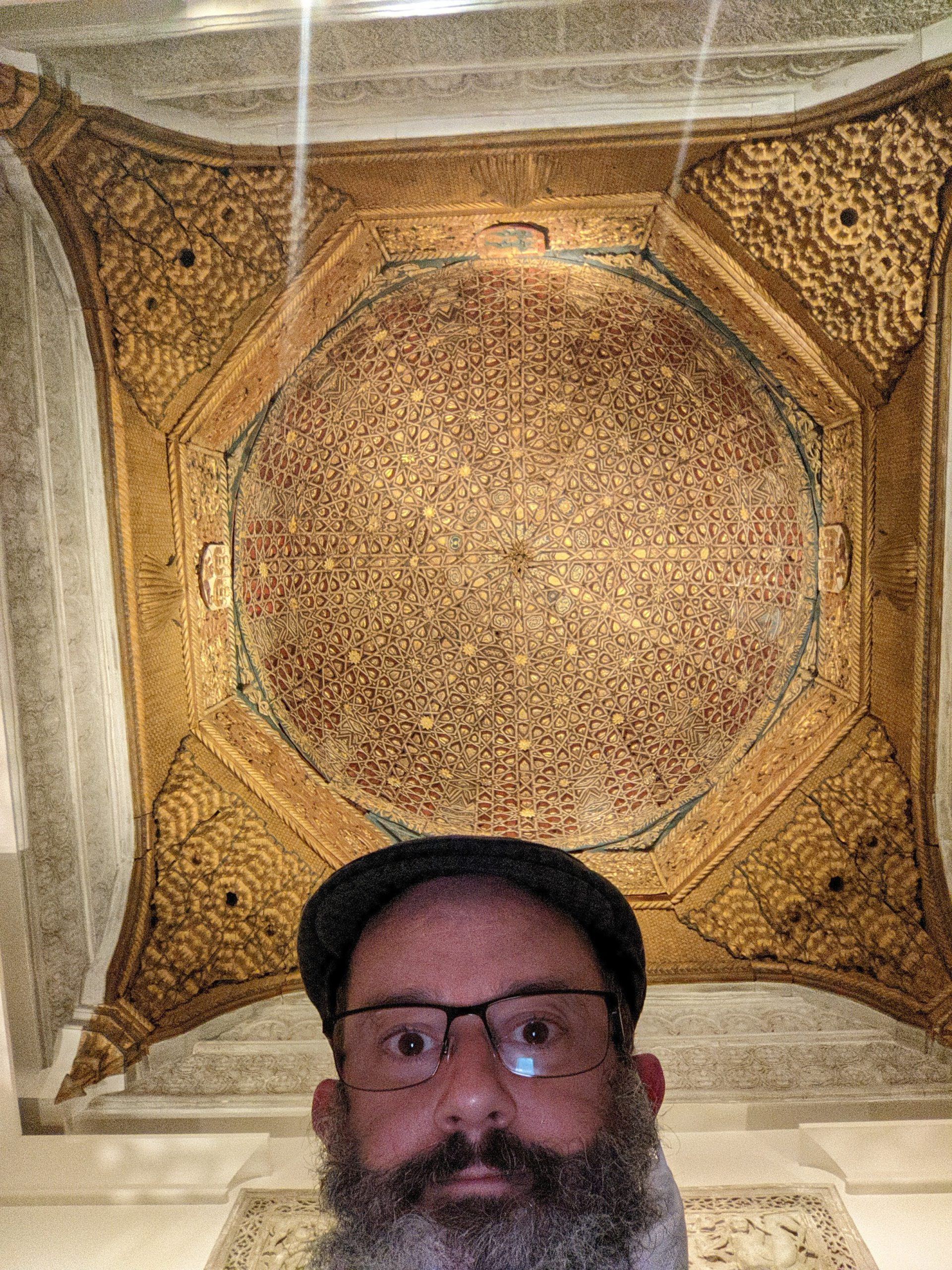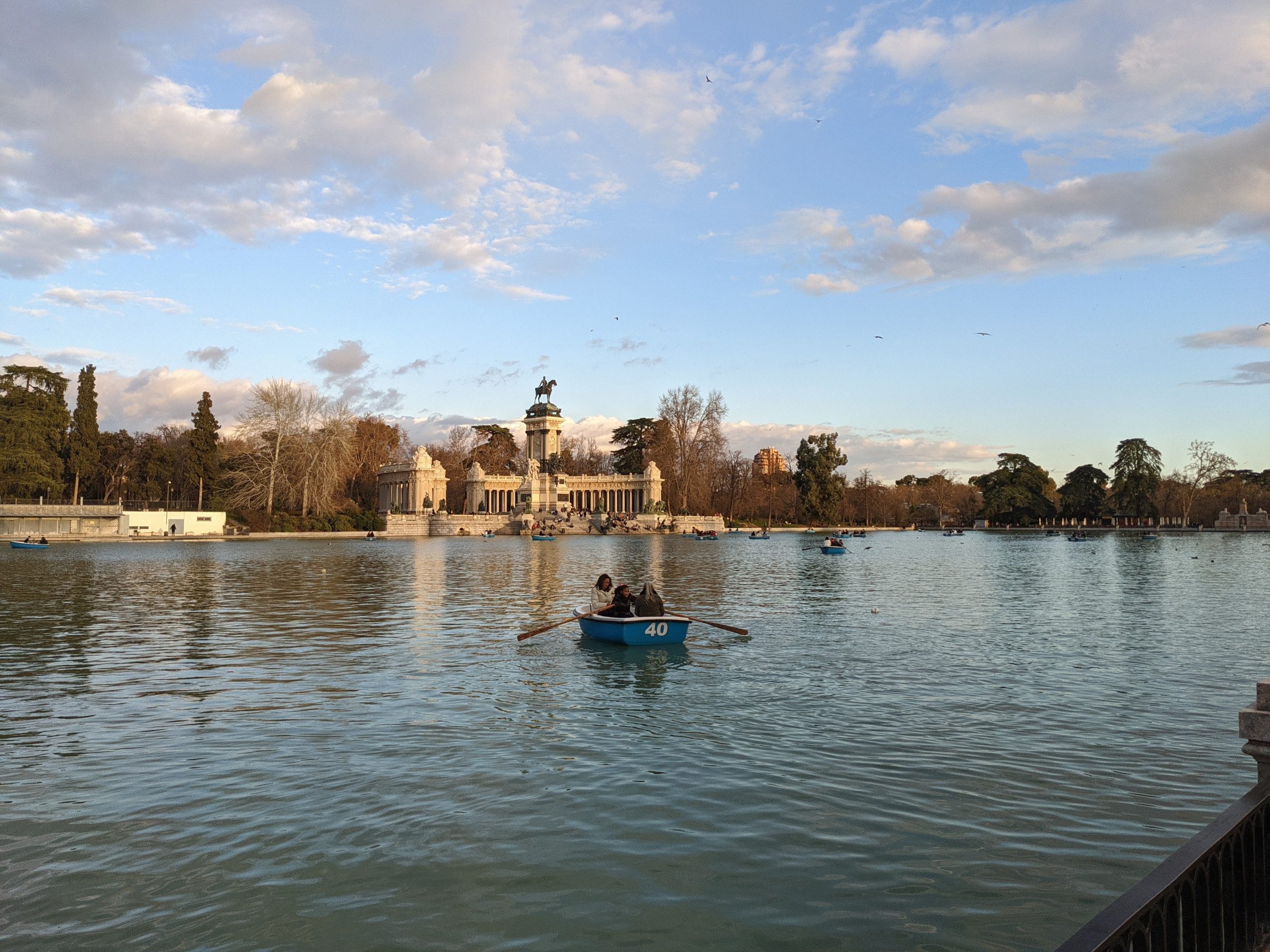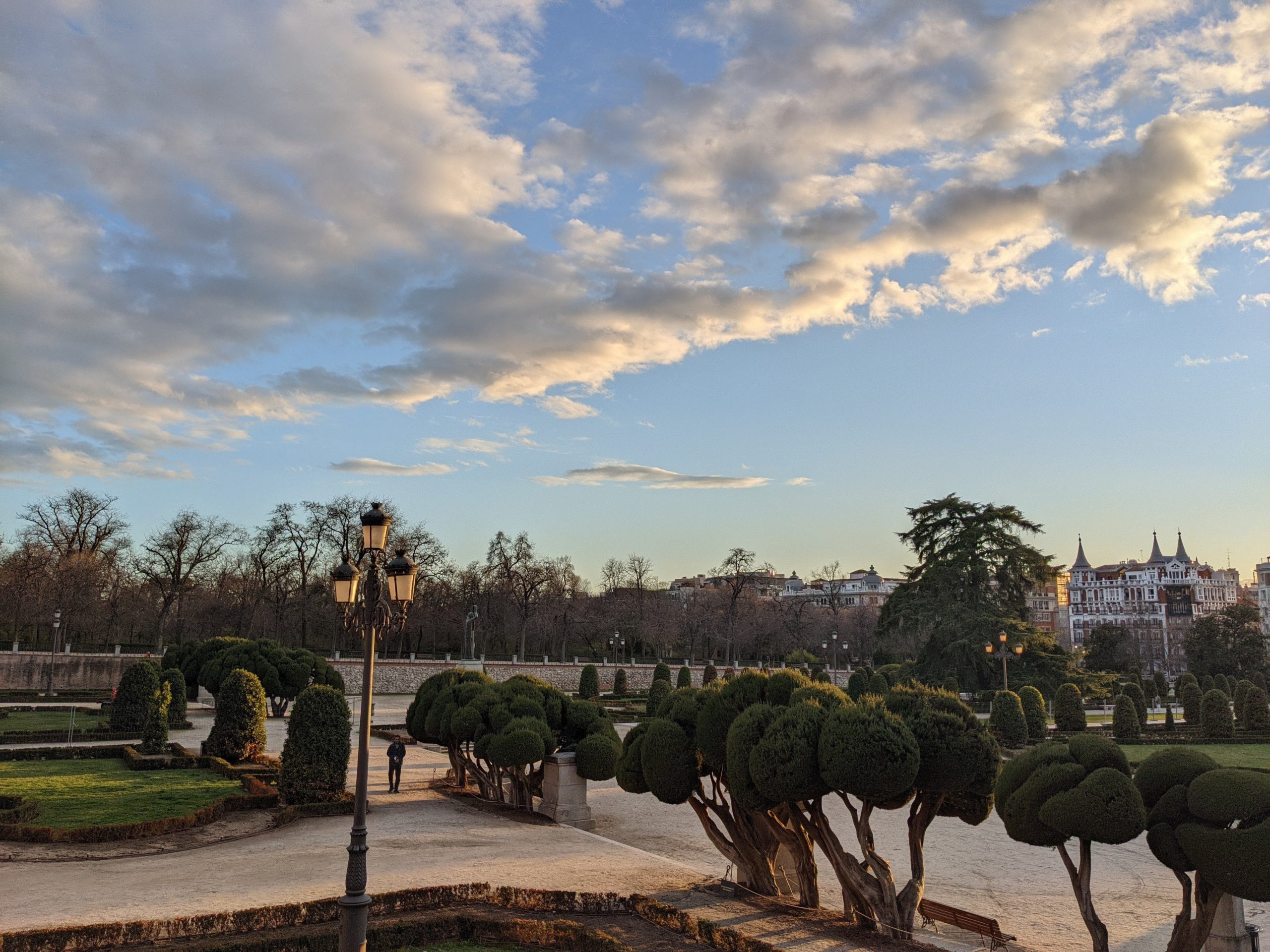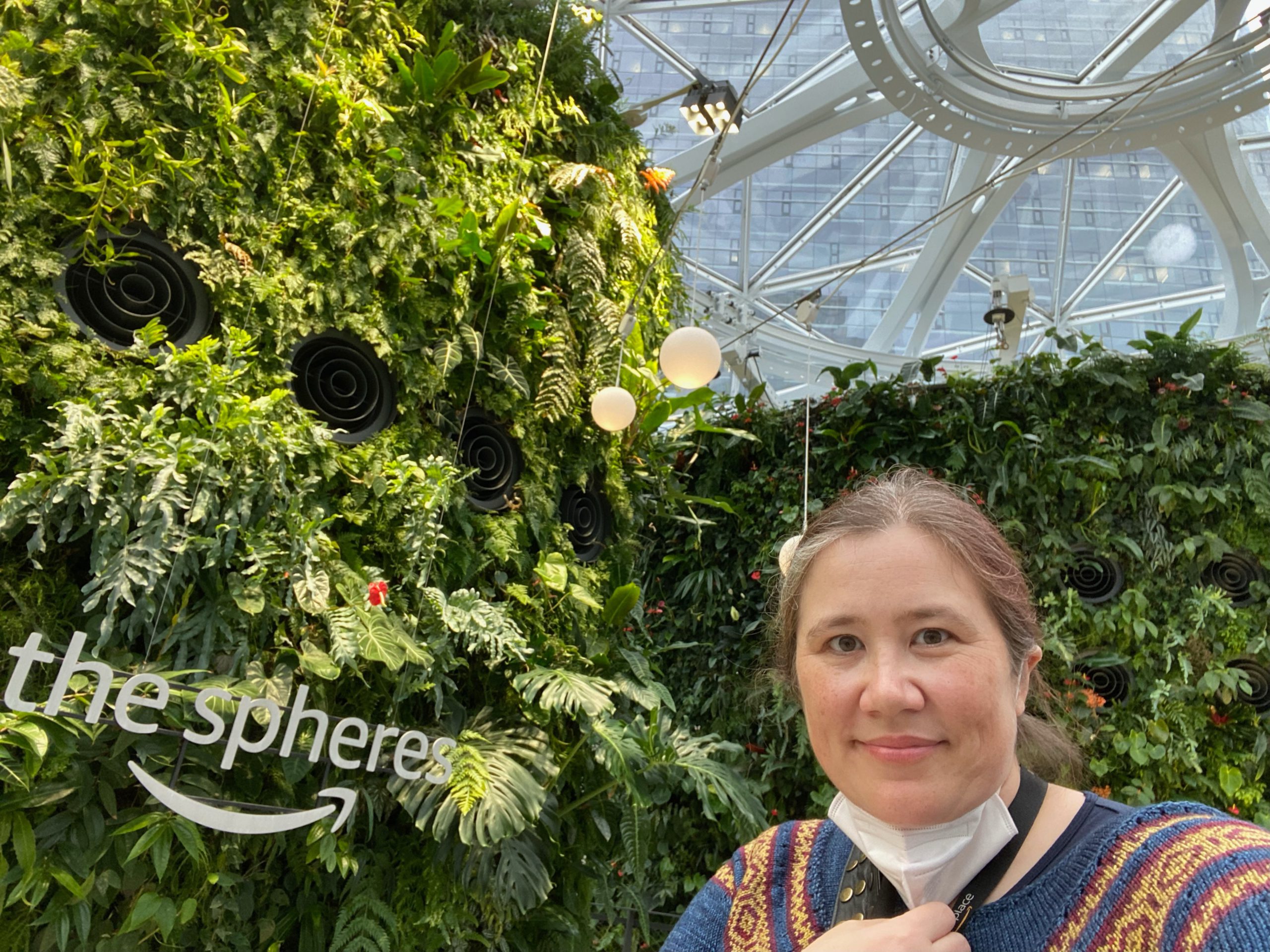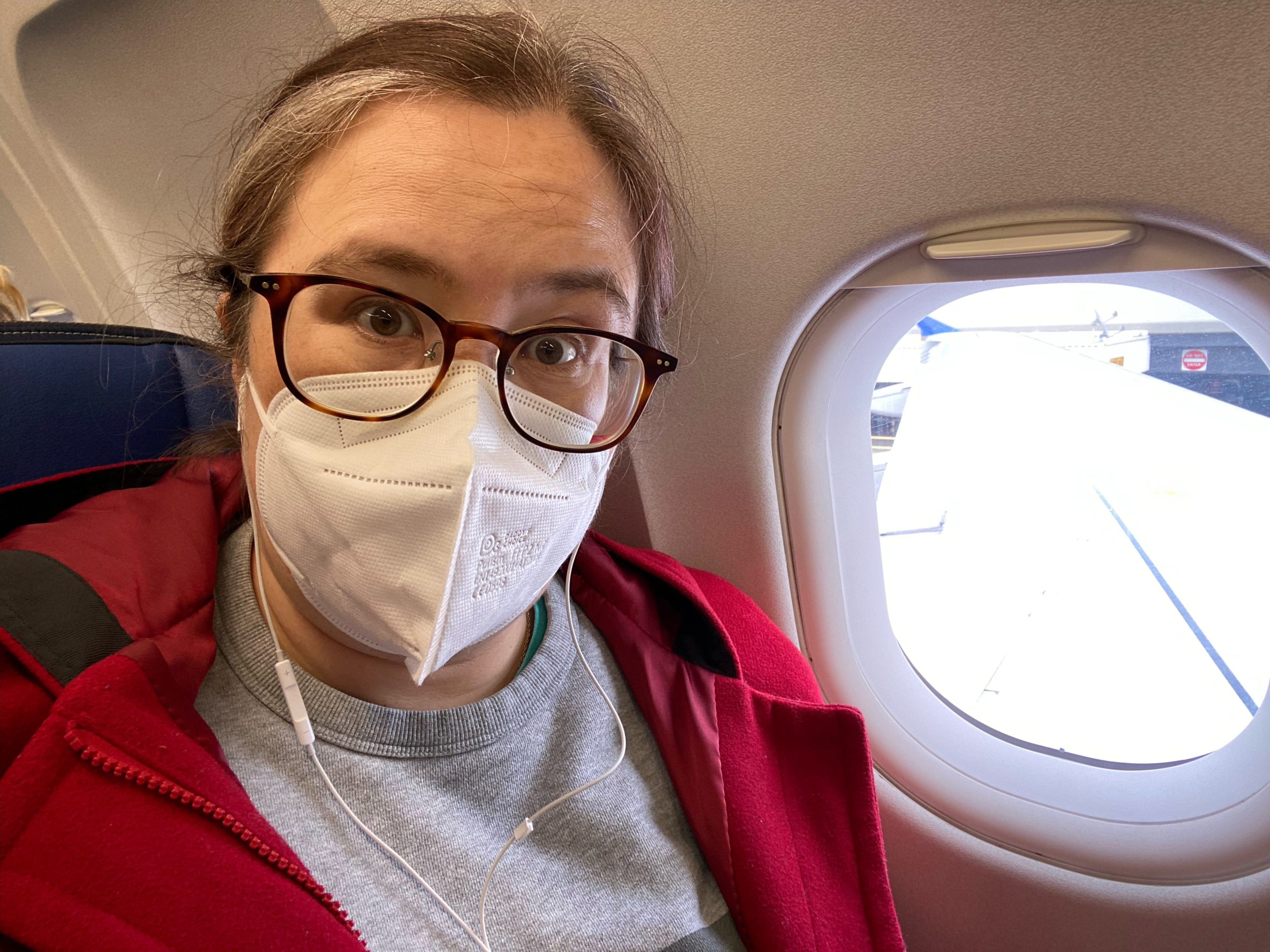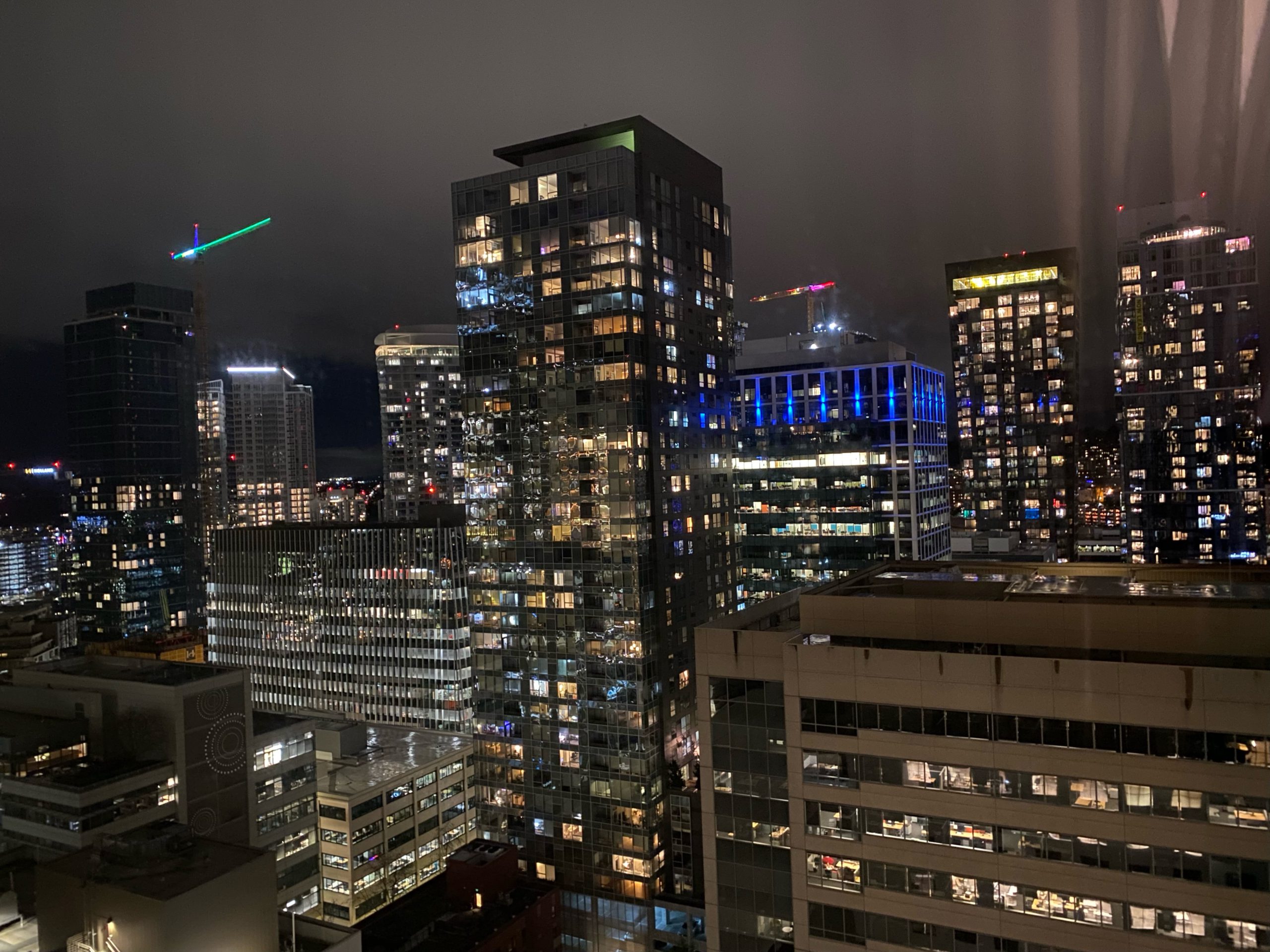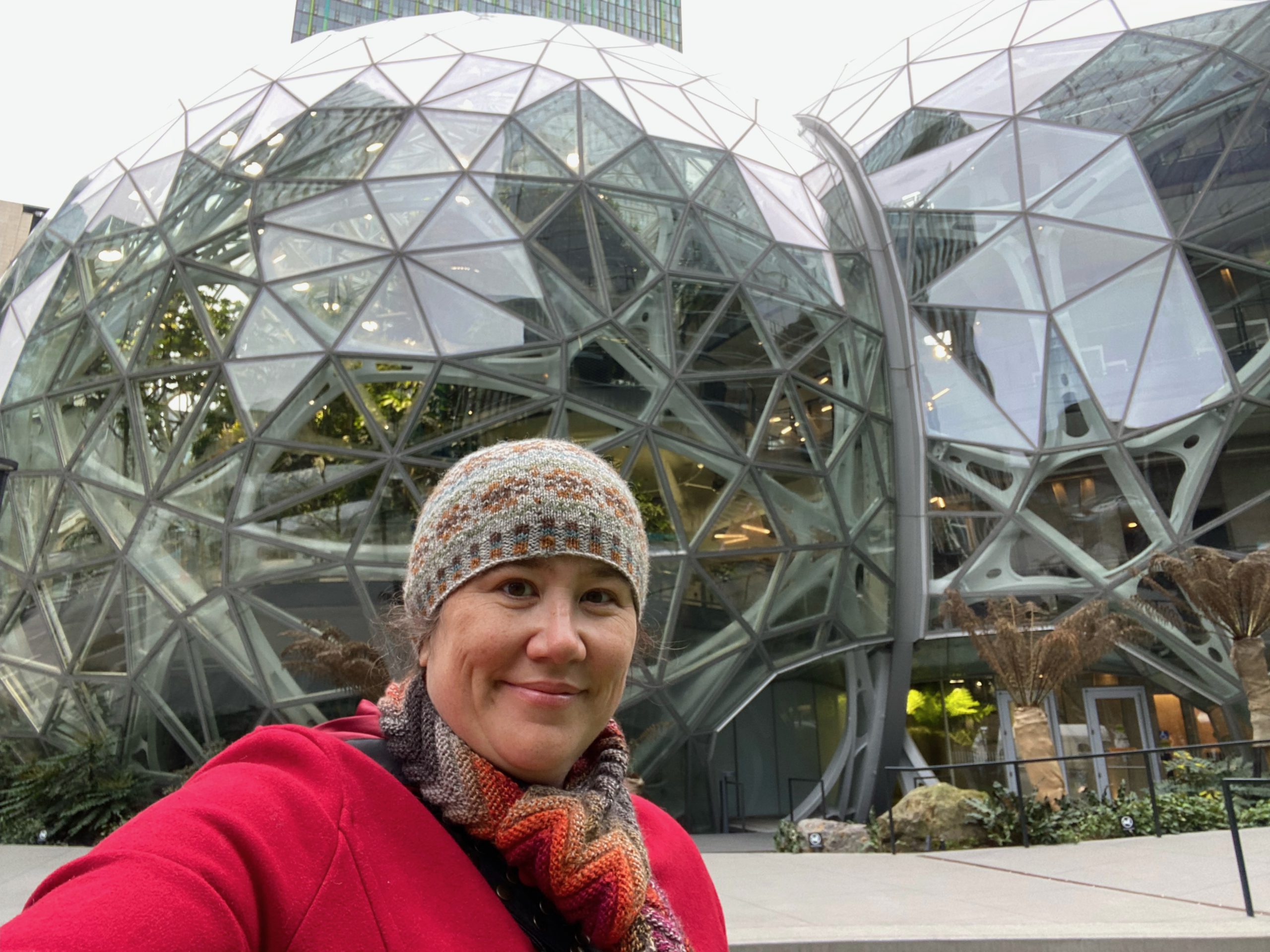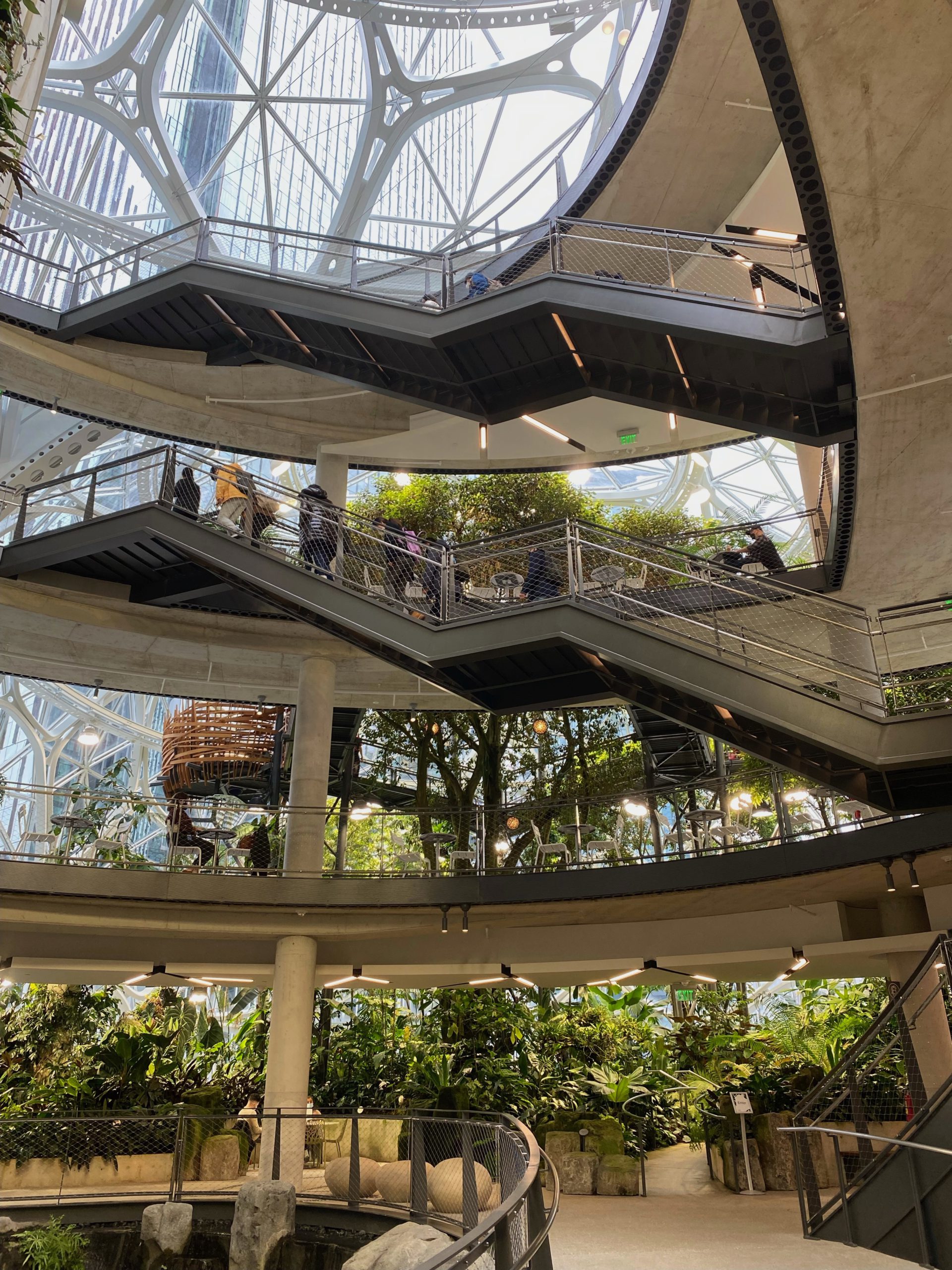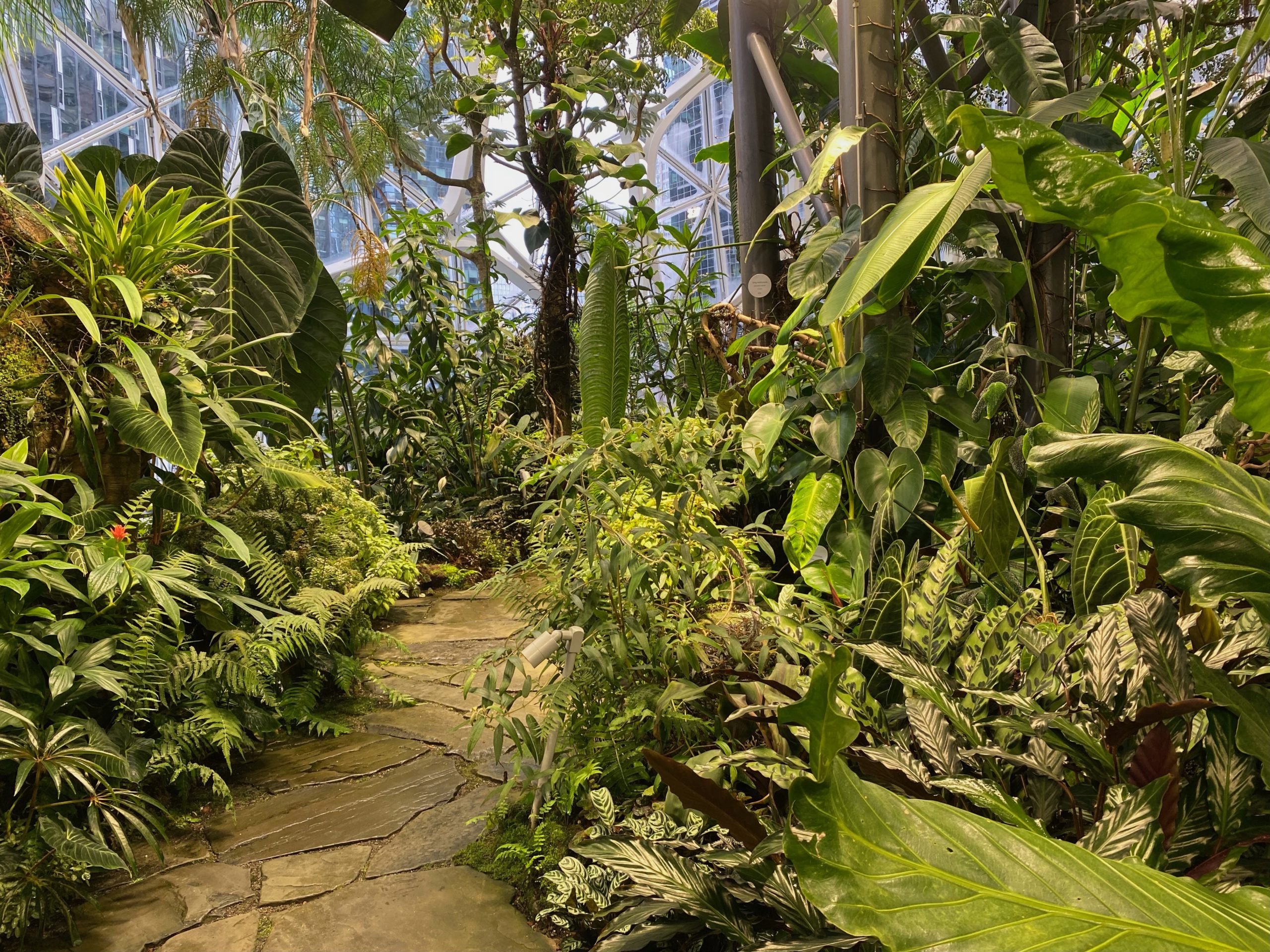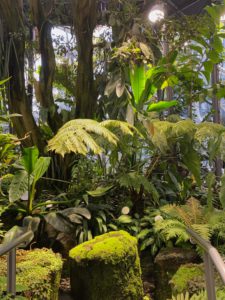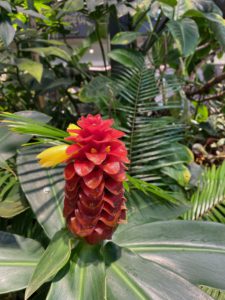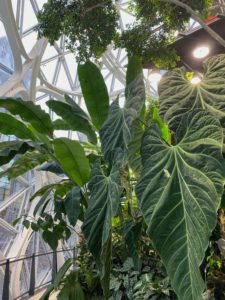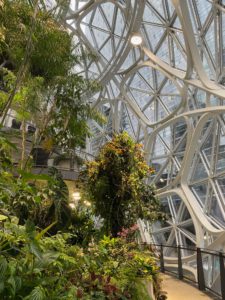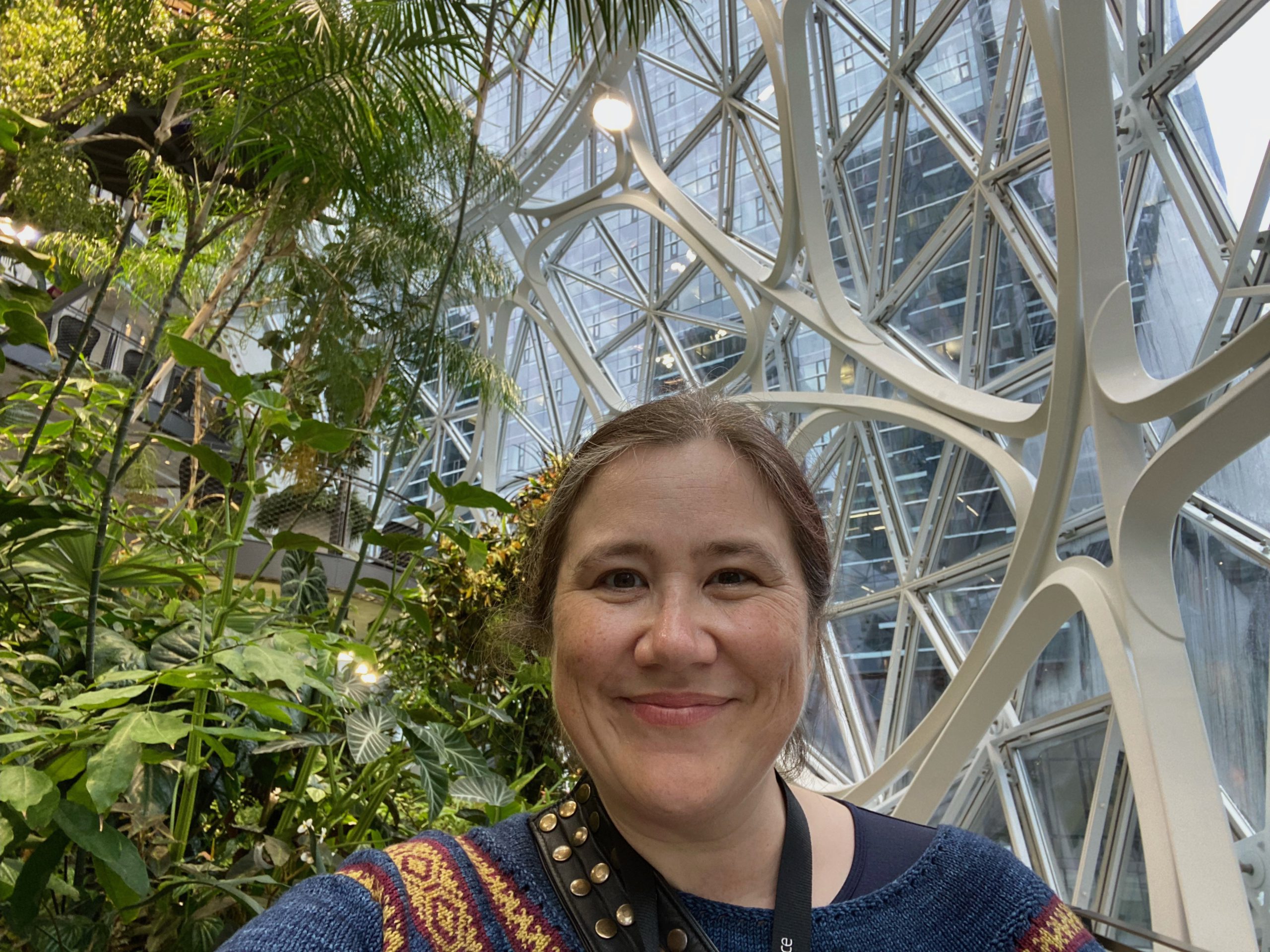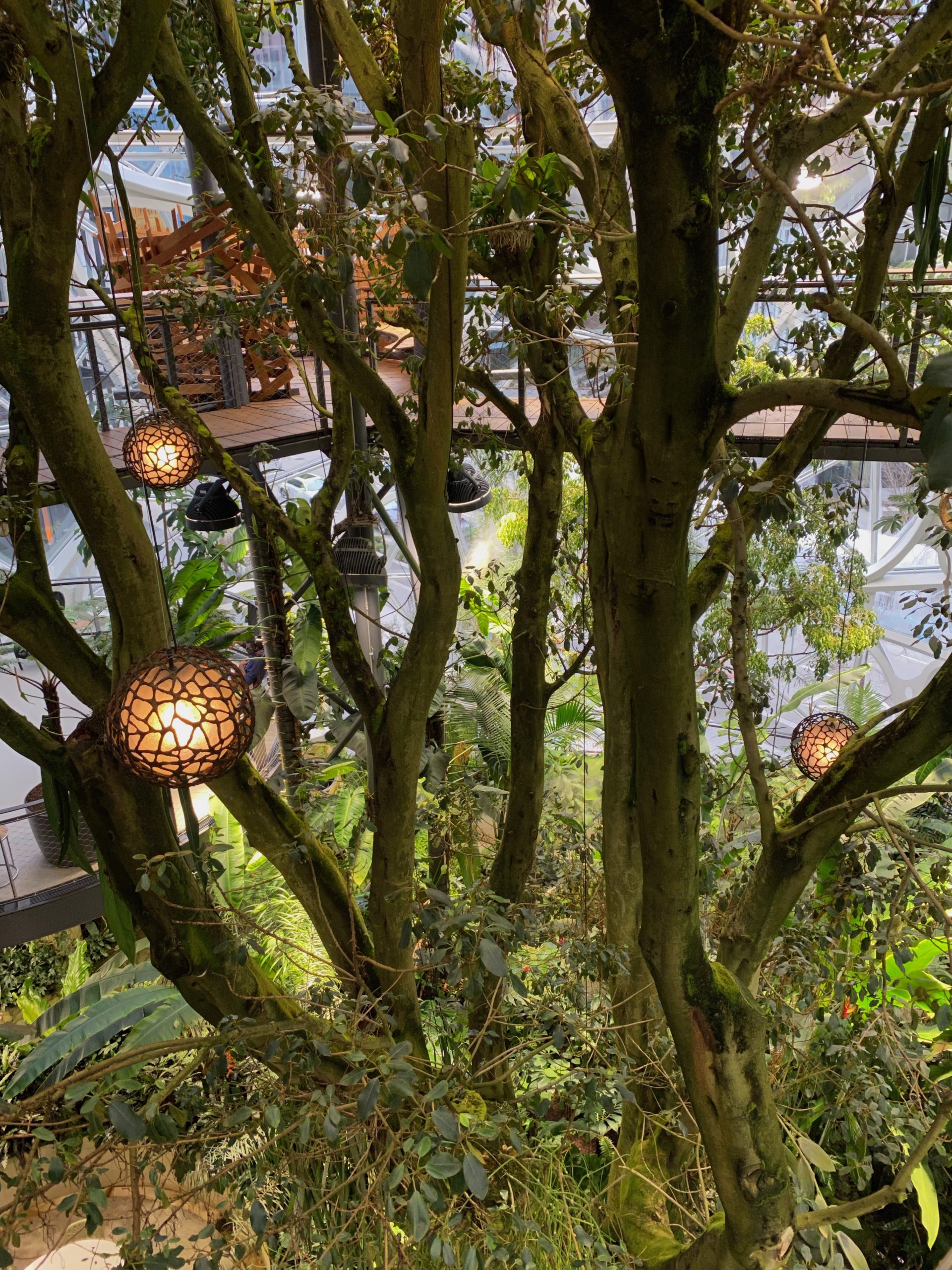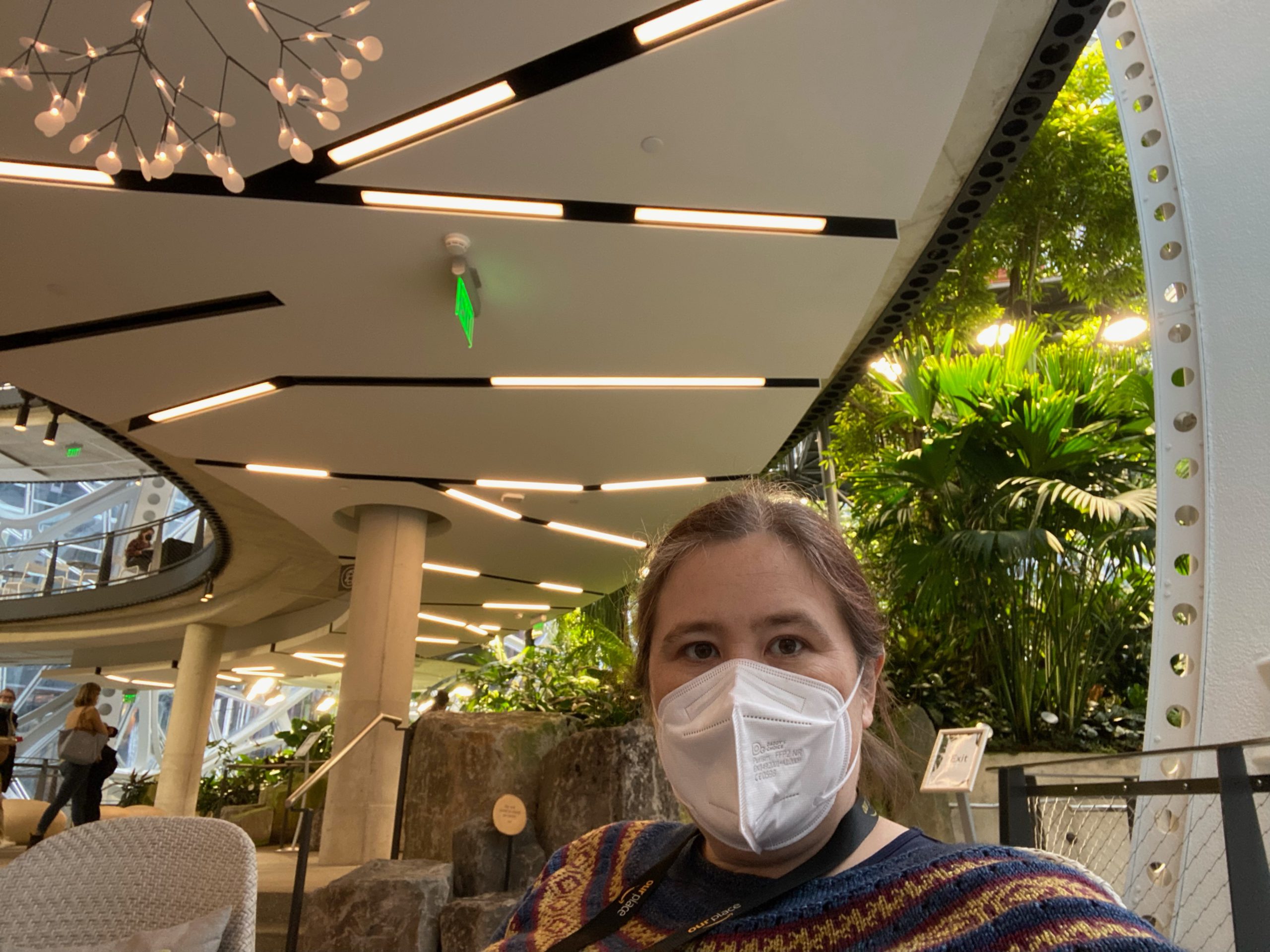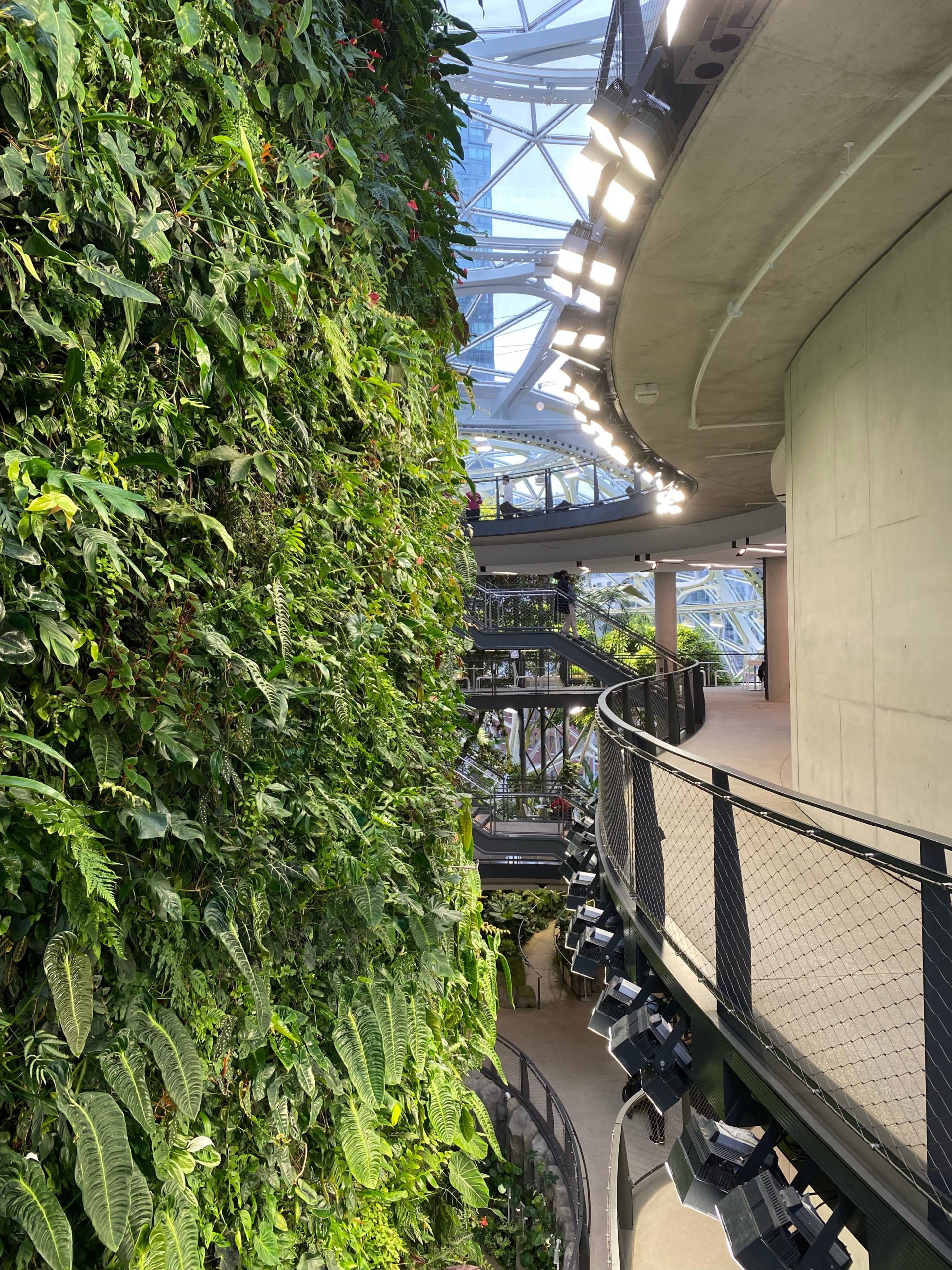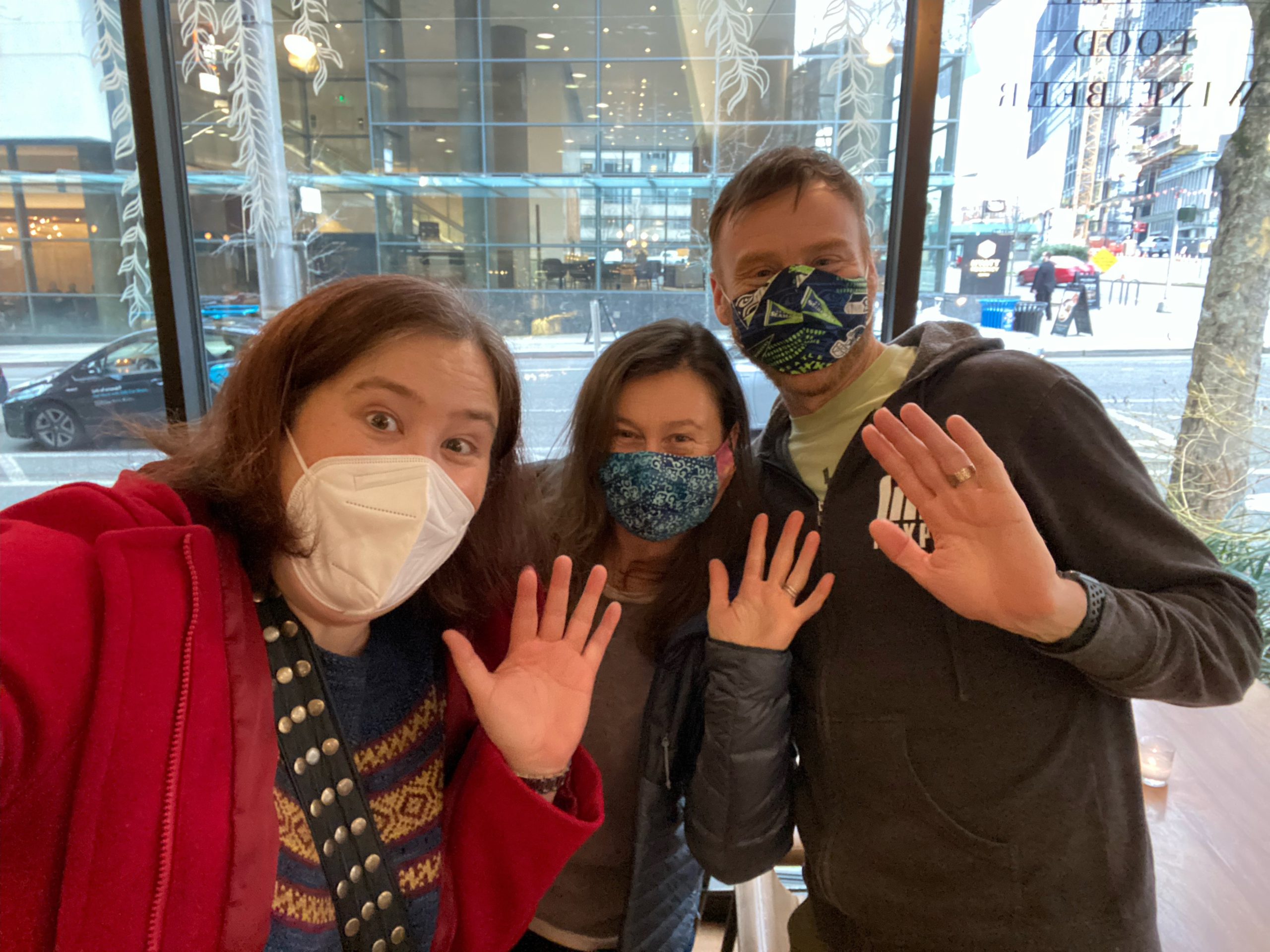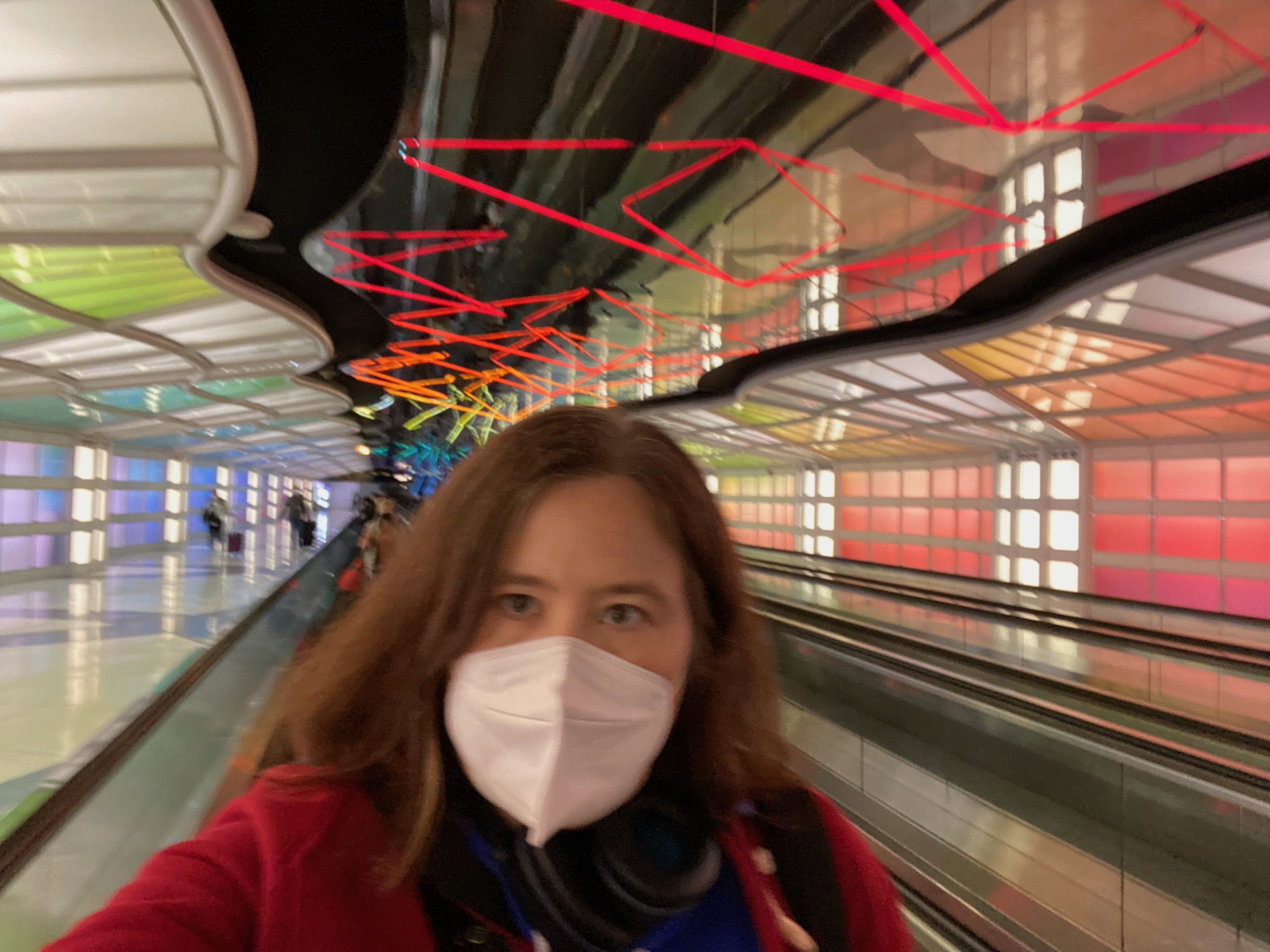Last year I attended the AWS Nürnberg Meetup Group (via Zoom) and learned a couple things: 1) Nürnberg = Nuremberg, which I had previously naively thought was an entirely separate city 😂; 2) despite being technically located in Bavaria, Nürnbergers do NOT think of themselves as Bavarian but rather Franconian; and 3) the folks there are incredibly friendly. The organiser of the AWS group is Frank, and when I mentioned that I’d like to visit his city someday, he said to let him know and he’d give us a personal tour. But nobody actually means things like that when they say it, right?
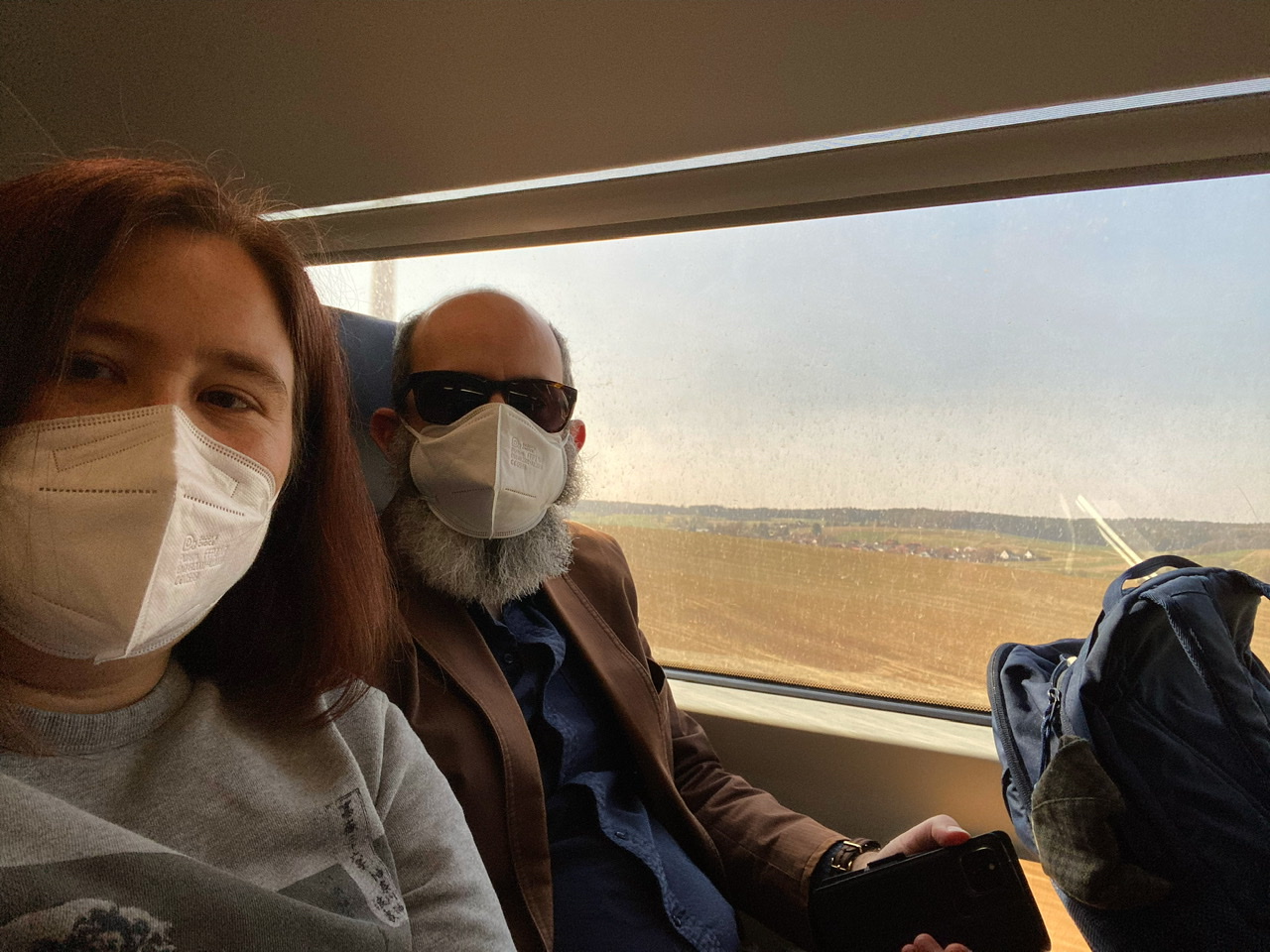
At any rate, two weeks after we got home from Vienna we boarded a Friday evening train to Nürnberg. It’s a very fast trip from Munich (less than 90min) so we were there well before the sun set.
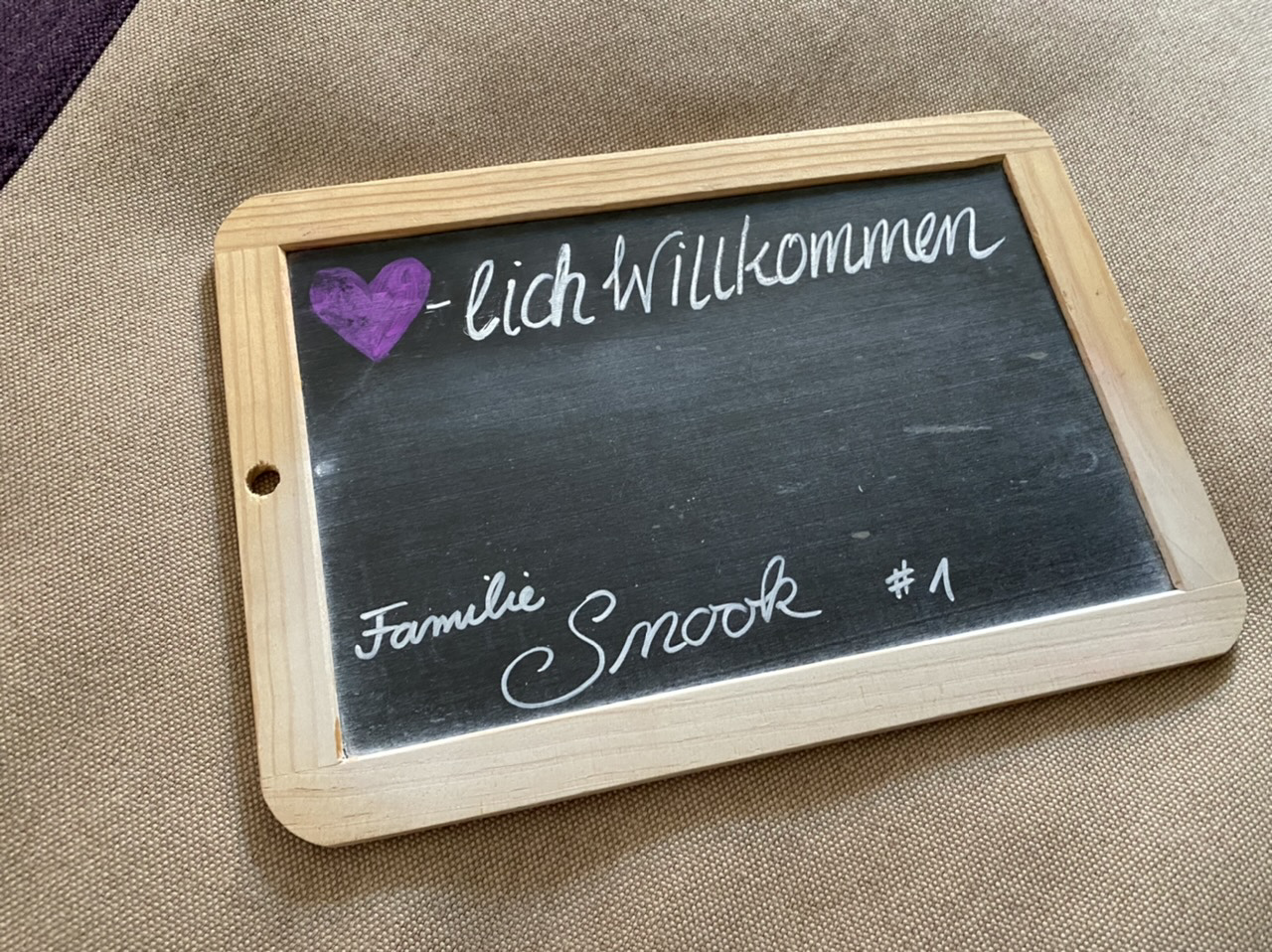
Um, how cute is that? We had booked a room at Hotel Elch (Elk), which looked to be pretty centrally located to everything we wanted to see. Our room was on the very top floor, right underneath the roof, and without an elevator it was a decent hike up maybe 4 flights of stairs. That’s what you get when you stay in a heritage building.
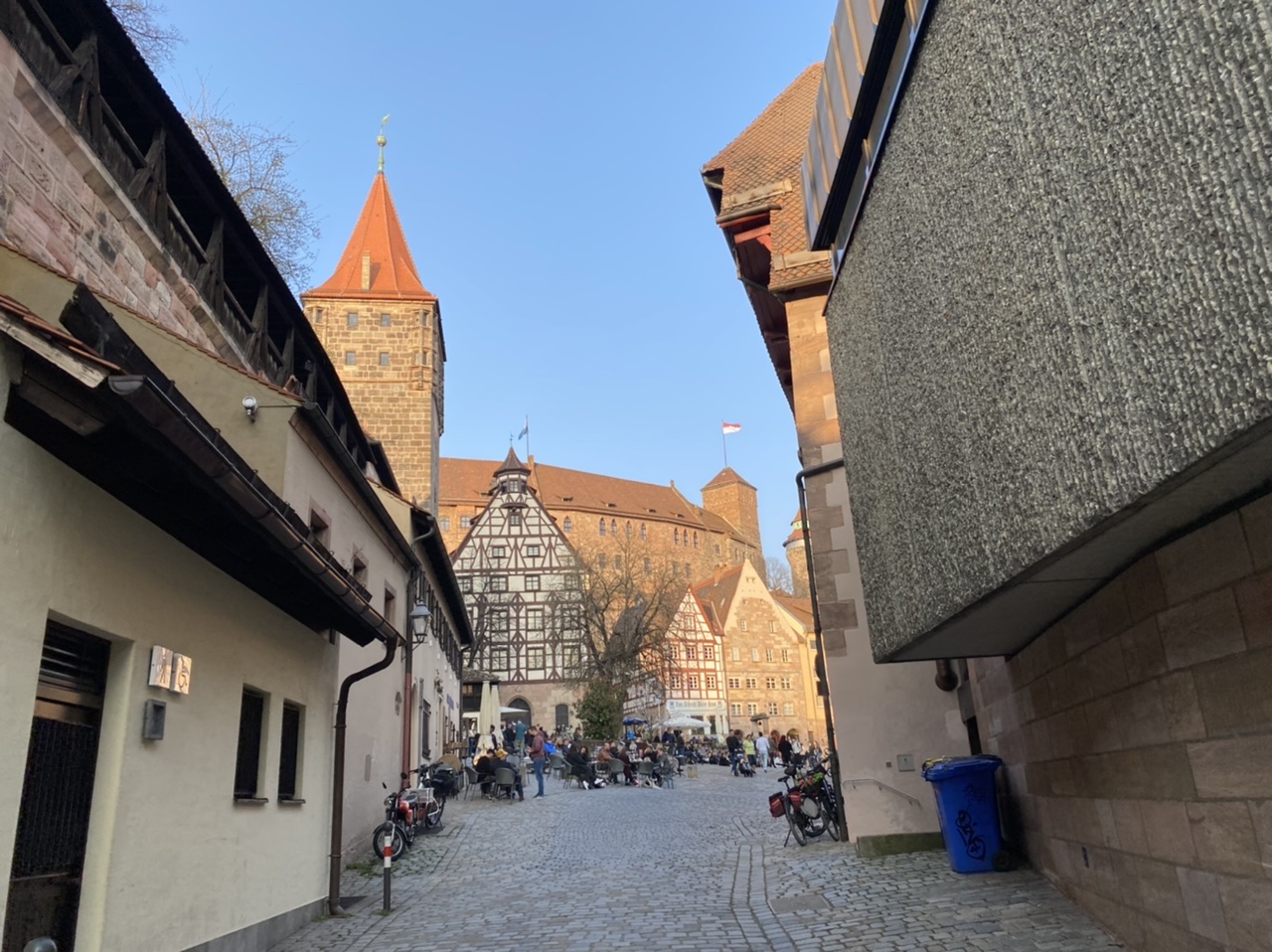
Frank had given us a tip to make sure to come on a weekend with nice weather. We’d timed it well and the forecast was nothing but blue skies. We dropped our stuff and went for a wander. The center of Nürnberg feels very medieval with its cobbled streets, city walls, and castle looming up on the ridge. Our first destination was the Hausbrauerei Altstadthof, which is the starting point of the Historische Felsengänge tour.
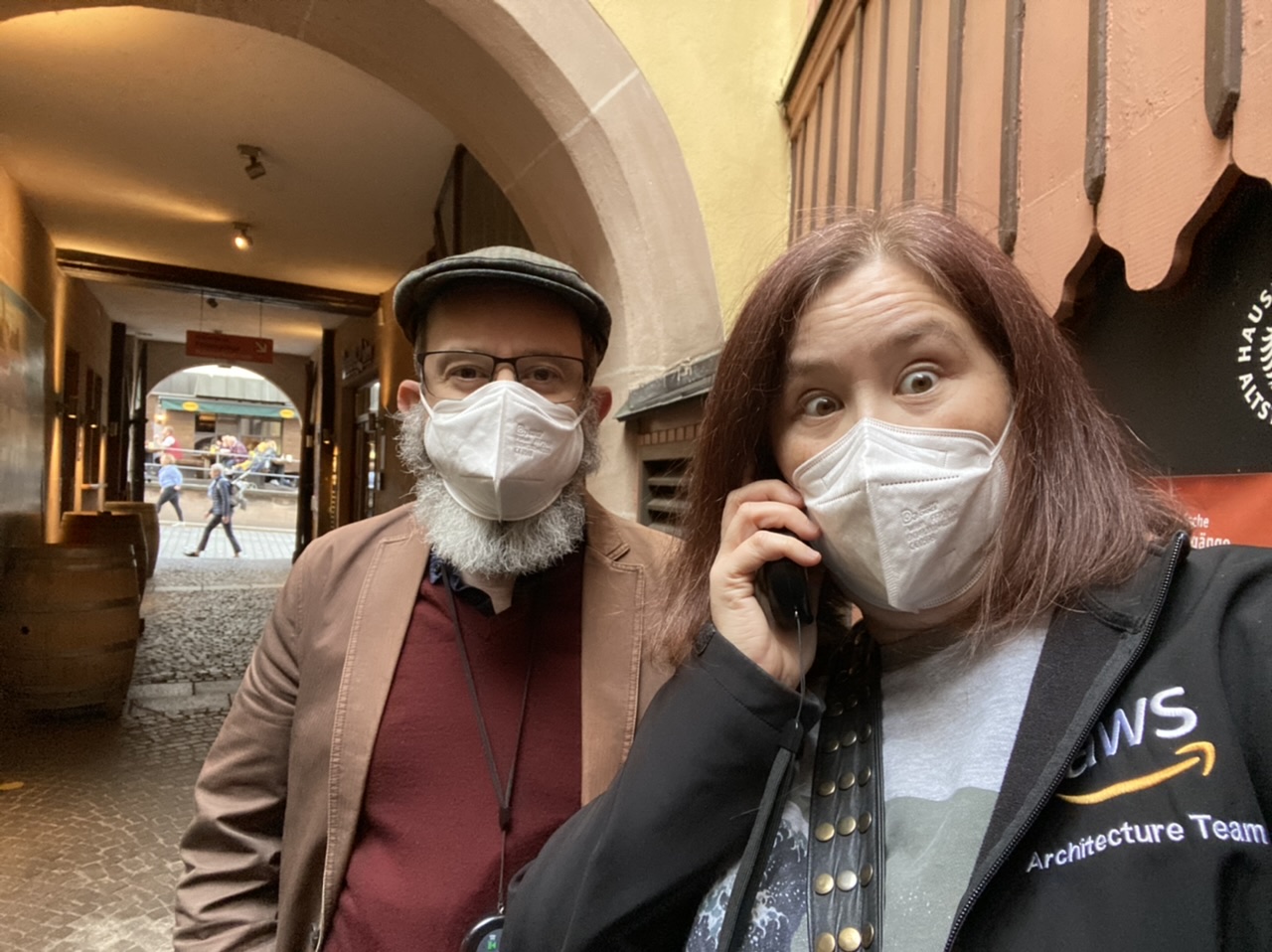
There were only a few of us on the tour. The guide was a friendly older local guy who spoke only German, so the Snook and I were offered electronic devices where we could punch in numbers at each stop and hear an explanation in English.
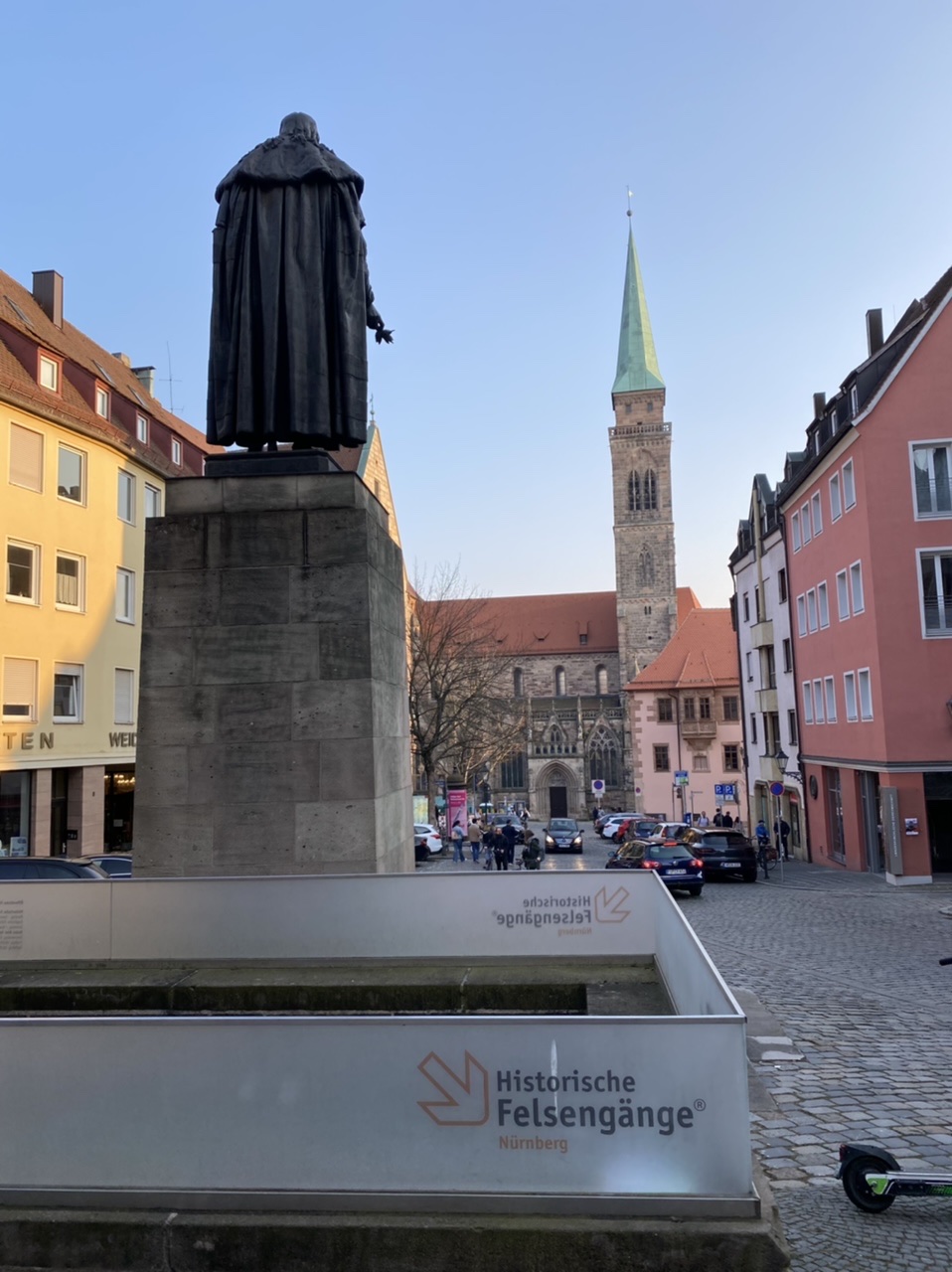
Felsengänge means “rock passages” and refers to the extensive system of tunnels and cellars carved into the rock beneath Nürnberg. While there are many access points around the city, the main tourist entrance is in Albrecht-Dürer-Platz, right next to the statue of the famous local artist and facing St. Sebaldus Church. We went down the stairs and our guide unlocked the heavy door and ushered us inside.
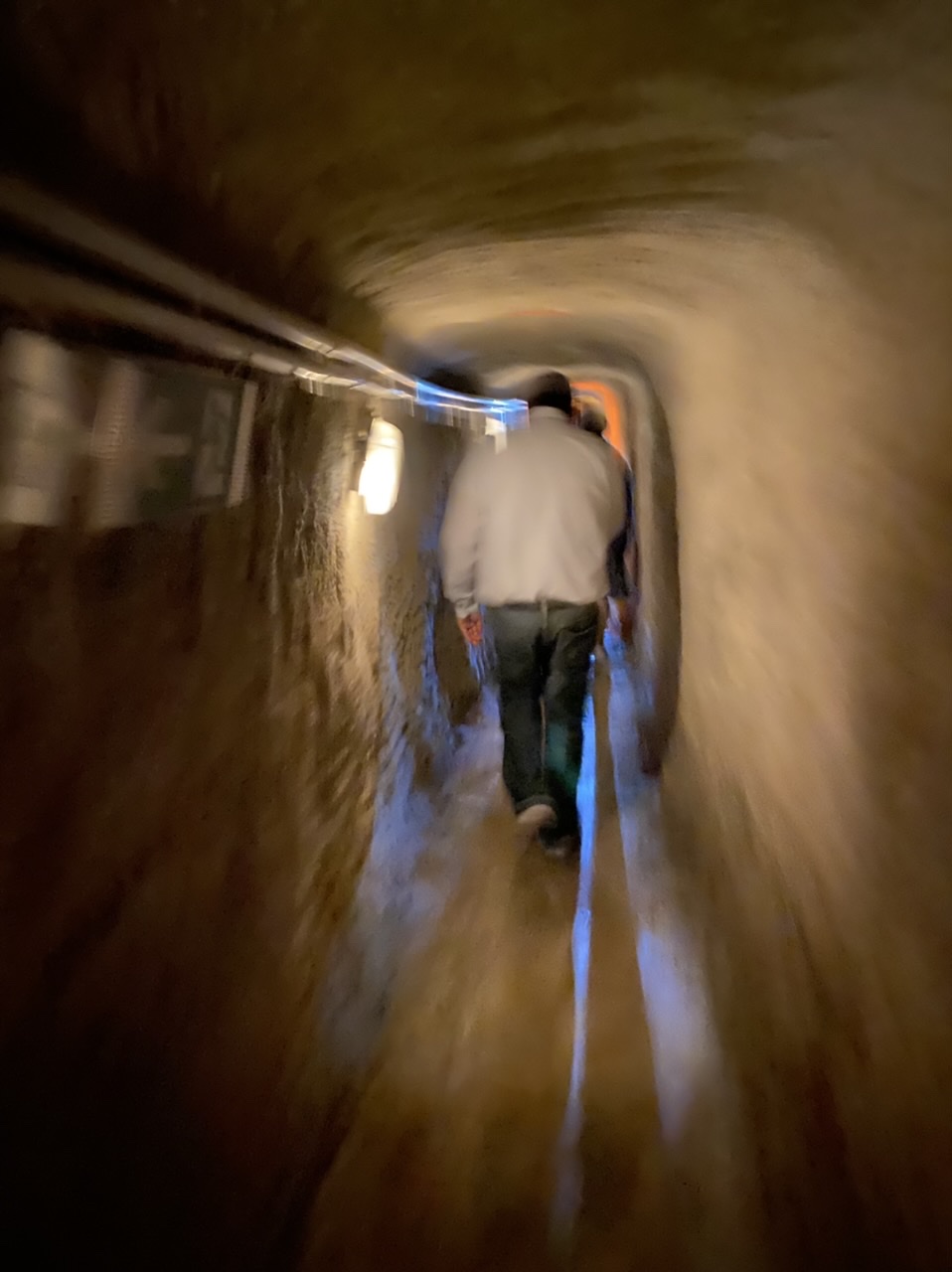
The tunnels were built from the 14th century onwards and were mainly used in the brewing of beer. At one point, Nürnberg had more than 40 breweries based in the city, and each had a rock cellar for fermenting and storing their beer. The tunnels were eventually joined up and they were used during World War 2 as bomb shelters for the locals and to store precious art as well. Some of the connecting tunnels are pretty small (I had to hunch not to hit my head) so definitely this isn’t a tour for someone with claustrophobia.
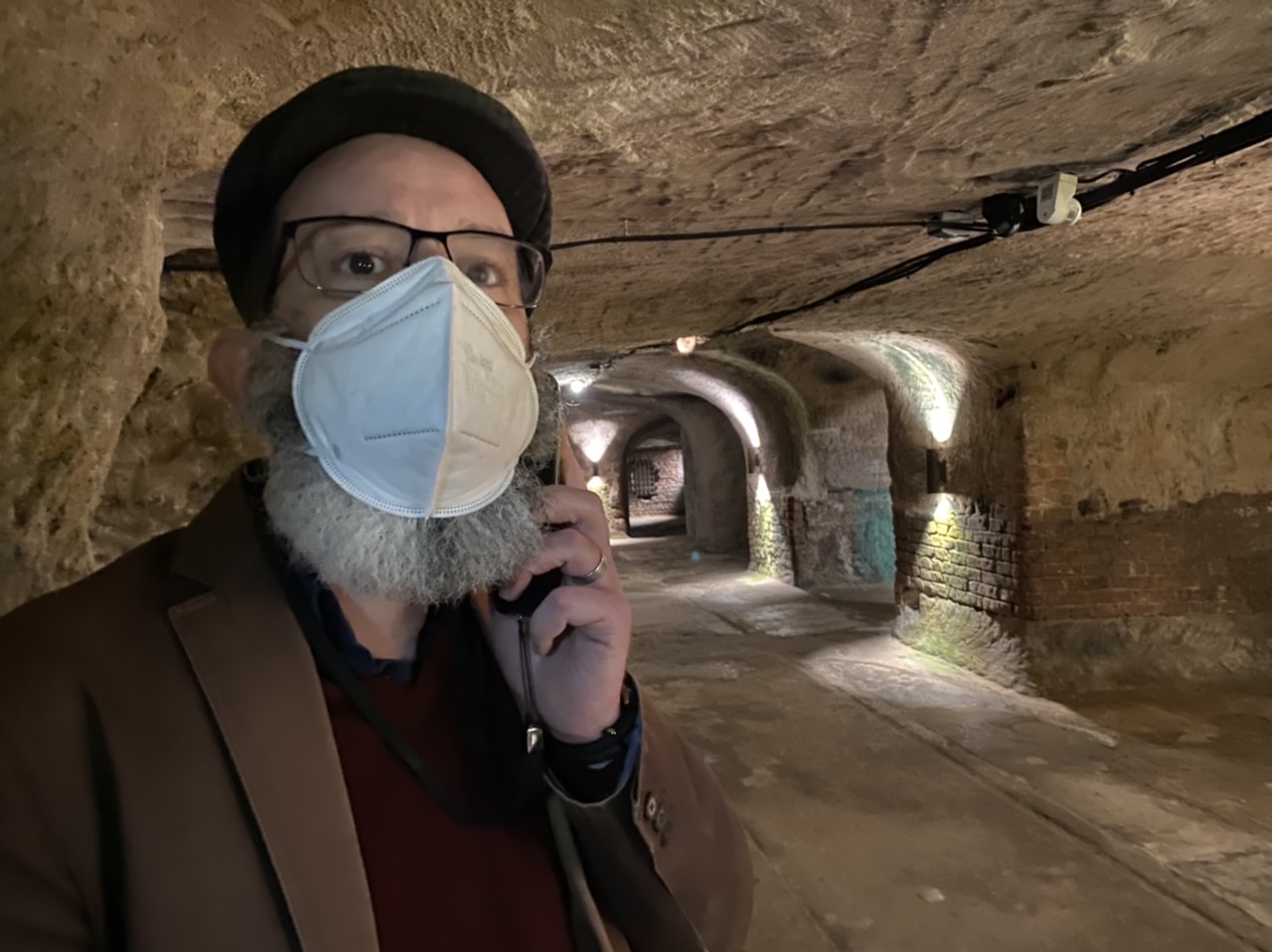
There were various stops along the way as we learned about the city, its history of beer making, and how the tunnels were used. We also learned about the Reinheitsgebot, the famous German beer purity law that was adopted across Bavaria in 1516.
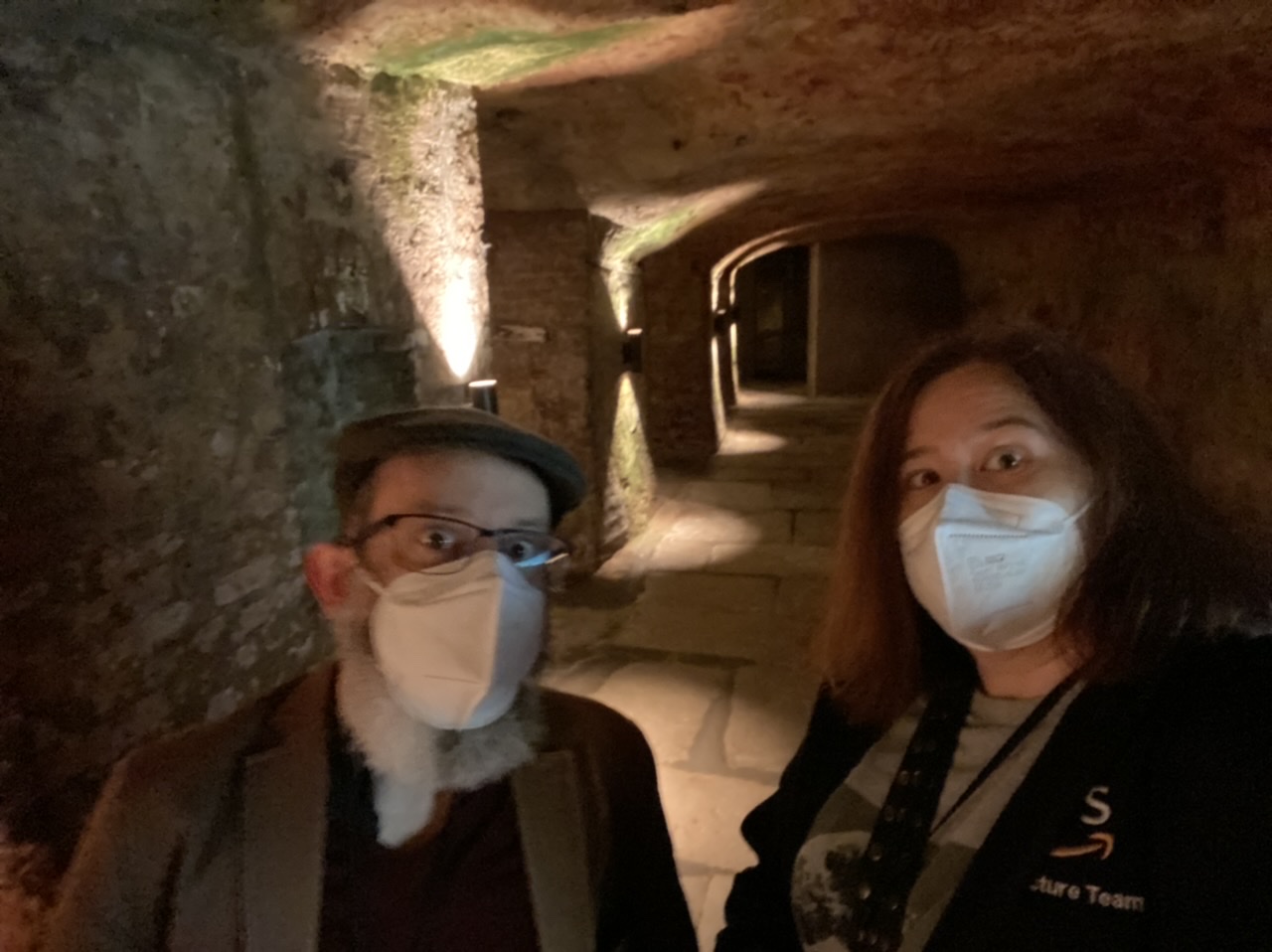
There were also some informational exhibits along the way. Many showed medieval manuscripts with illustrations of monks brewing beer, often with a six-pointed star dangling above the pot. Our guide explained that it had nothing to do with Judaism, but instead was known as the Brewer’s Star meant to ward off fires and bad spirits.
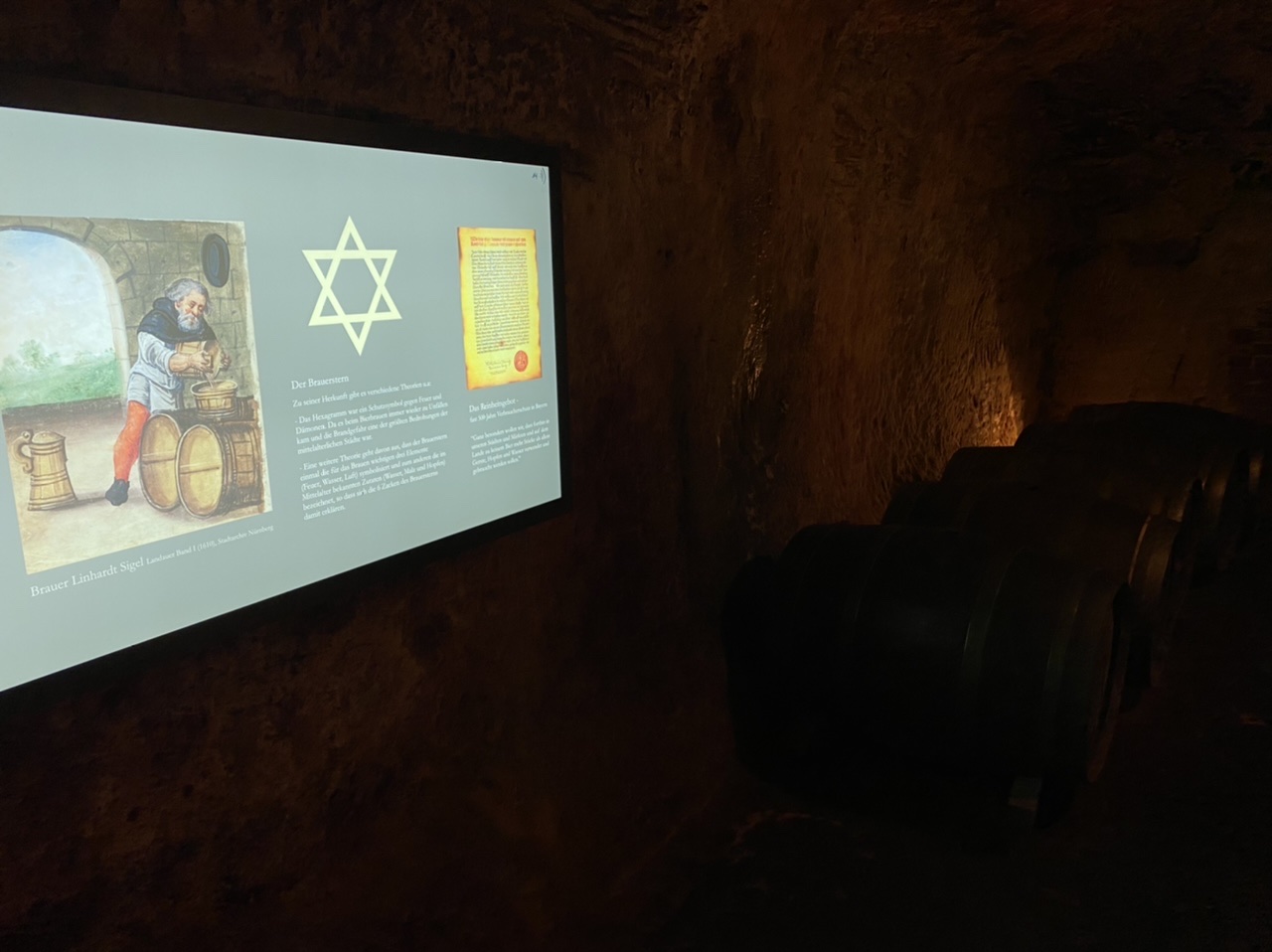
The cellars were dug very deep, up to 4 stories in places. However over the years some of them were altered or destroyed, and so changes have been made to conserve them. Our guide told us how in this vault, there are columns, beams, and support rods holding the walls and ceiling to ensure they don’t collapse.
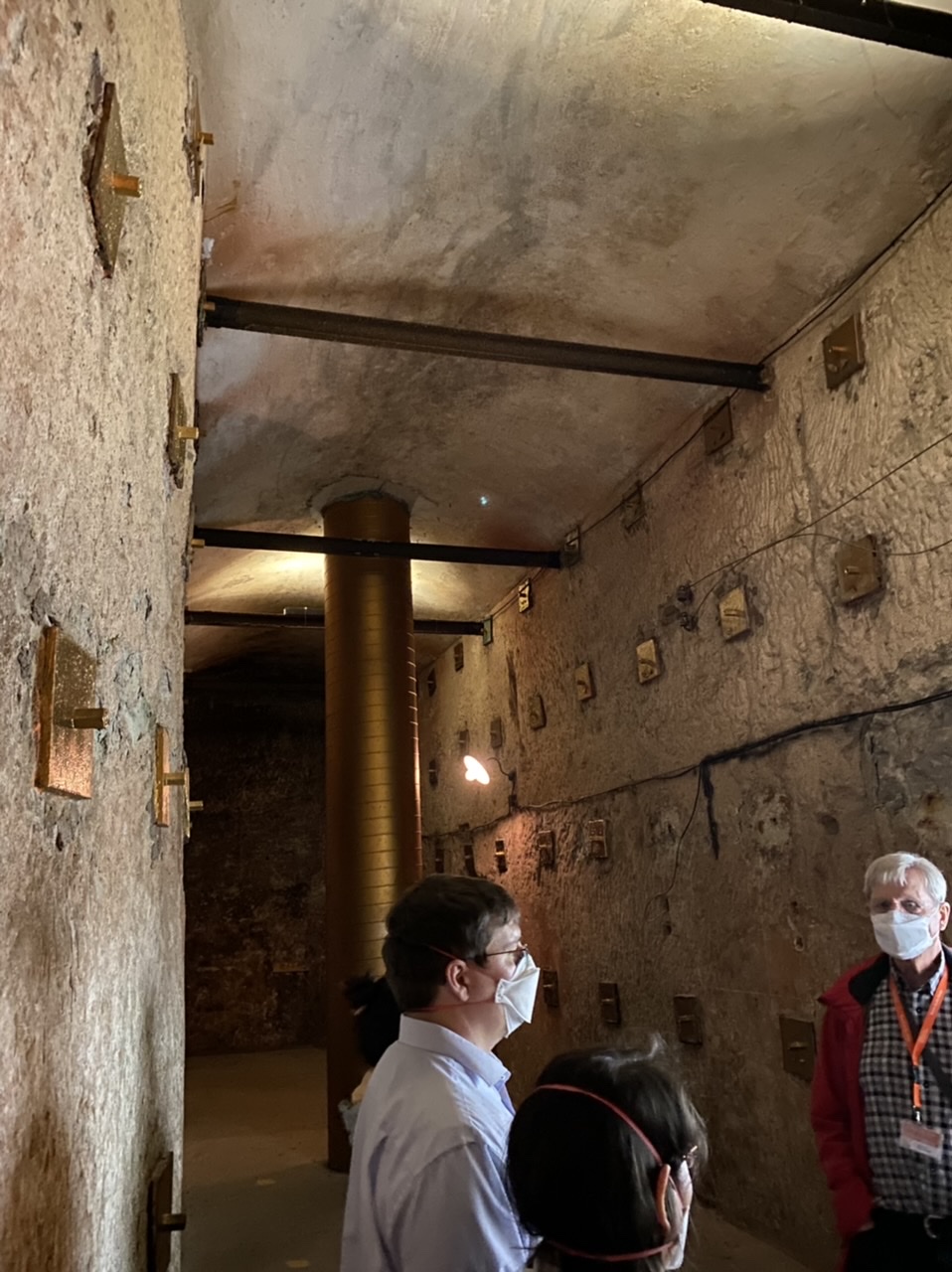
We also learned how ice was cut from lakes and transported to the cellars in the winter, where it would slowly melt over the summer and keep the tunnels cool enough for the beer fermentation. The sandstone also filtered groundwater, and we saw examples of primitive “pipes” made from bored-out logs that were used to transport the water.
Towards the end of the tour I jokingly asked the guide if there were any “Geister” (ghosts) down there. “Oh yes!” he answered. 😳
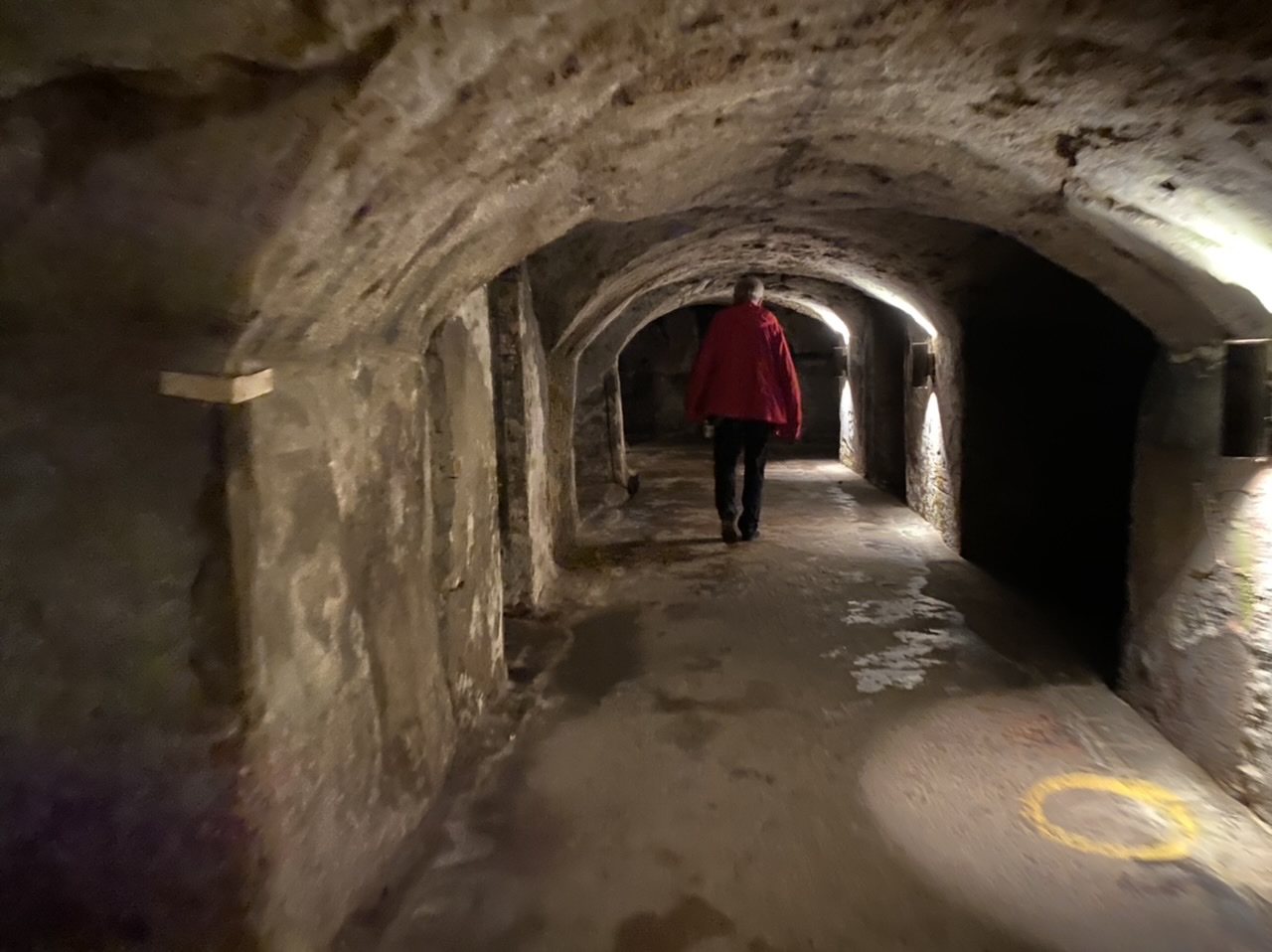
The tour ends back up at ground level where you are offered a sample of the famous local Rotbier (red beer) from the Altstadthof brewery.
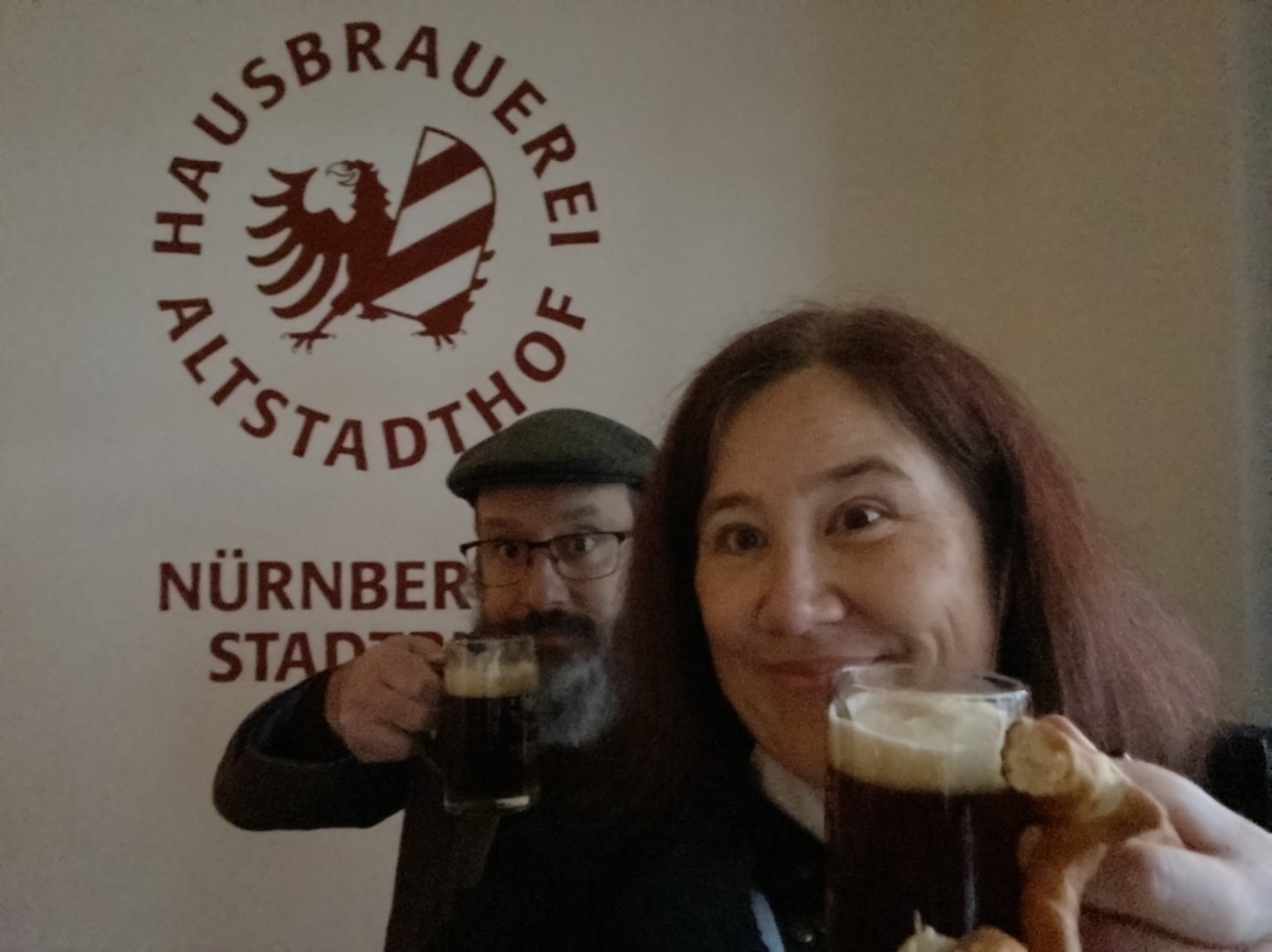
There’s also a distillery associated with the brewery, so we heard a bit about the process of making whisky and got to step inside one of the storerooms full of barrels. It smelled amazing. Needless to say, the Snook was in heaven.
After the tour, I had taken Frank’s advice and booked us in for dinner at the Brewery. We enjoyed some fine Franconian fare and sampled more of the beer…
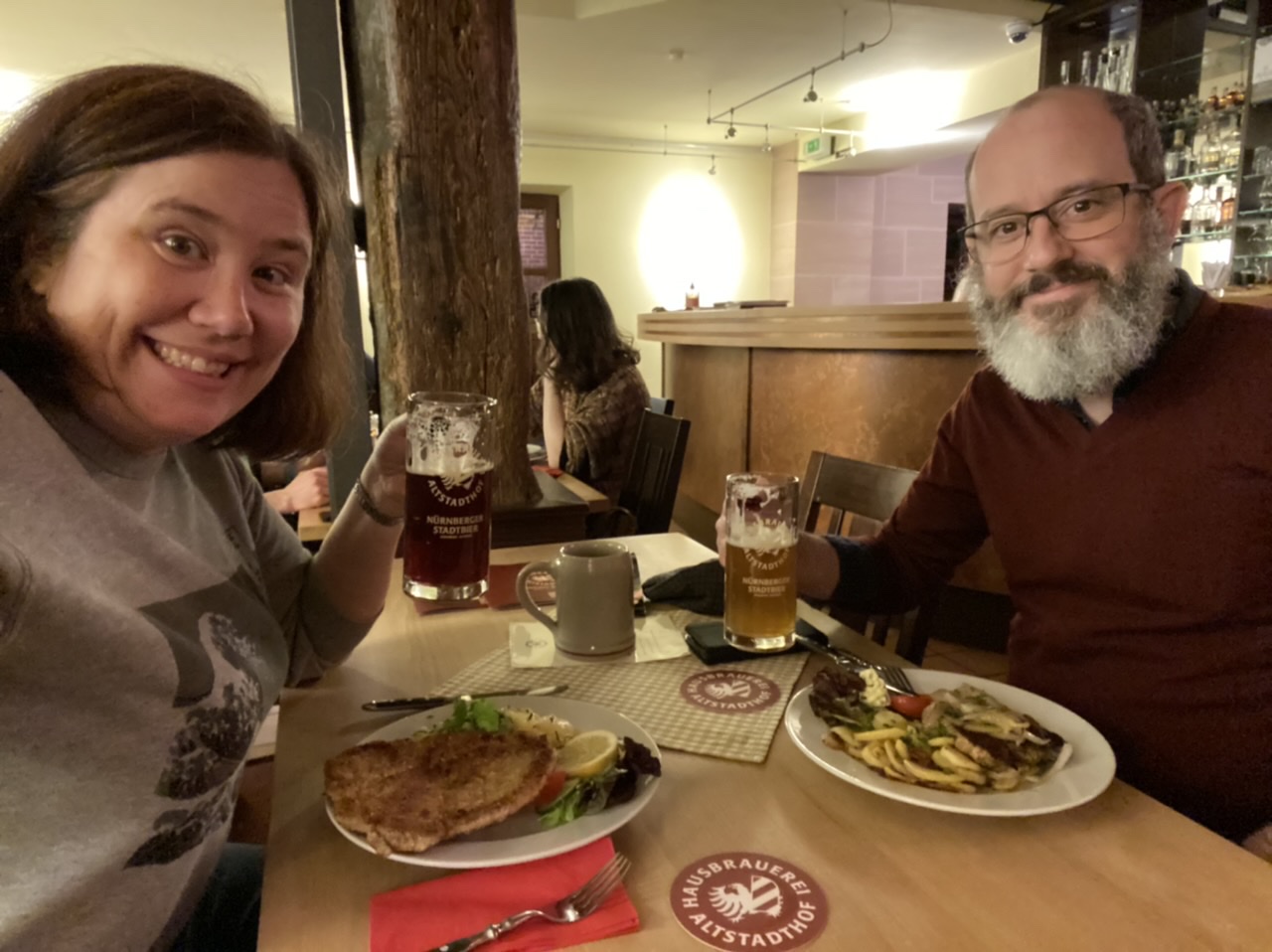
…and even a bit of their Bierbrand, which is distilled from beer itself. It’s similar to whisky but not exactly the same.
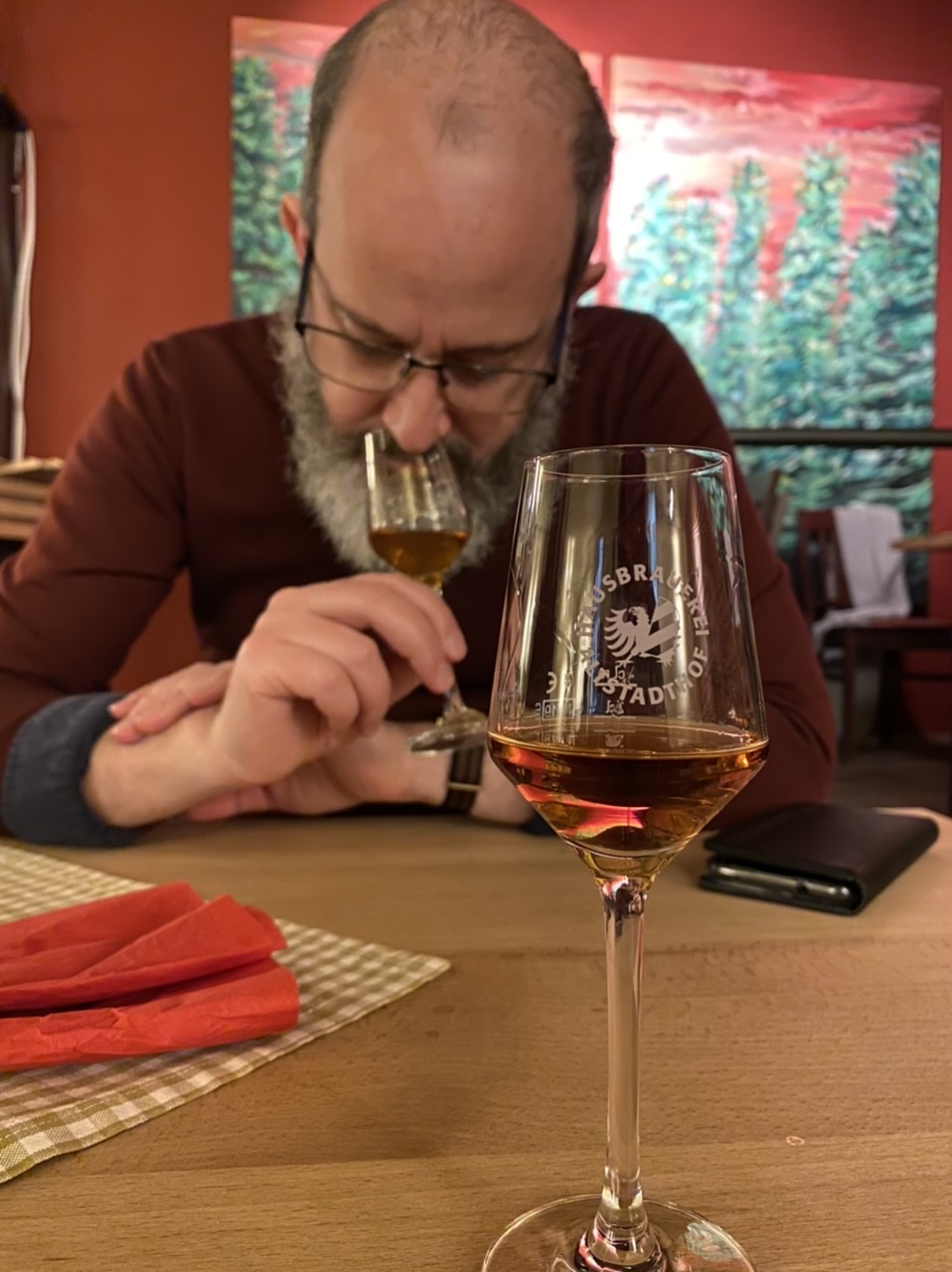
We decided to burn off some of those calories with a nighttime stroll around the city. We headed first to the castle with its dramatically lit walls and battlements.
From the castle we walked south down Burgstraße towards the Altes Rathaus (old city hall).
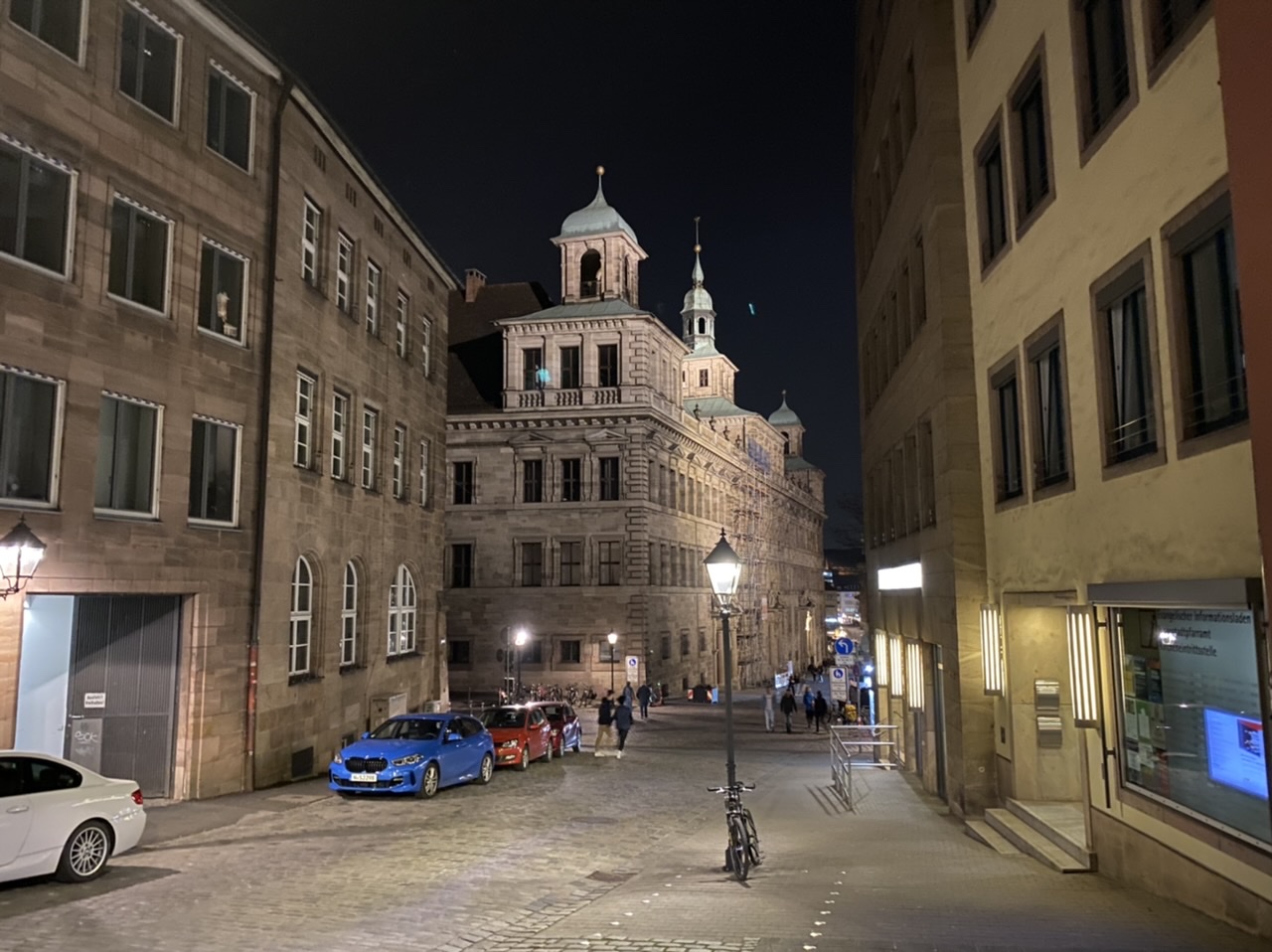
It stands directly behind St. Sebaldus Church.
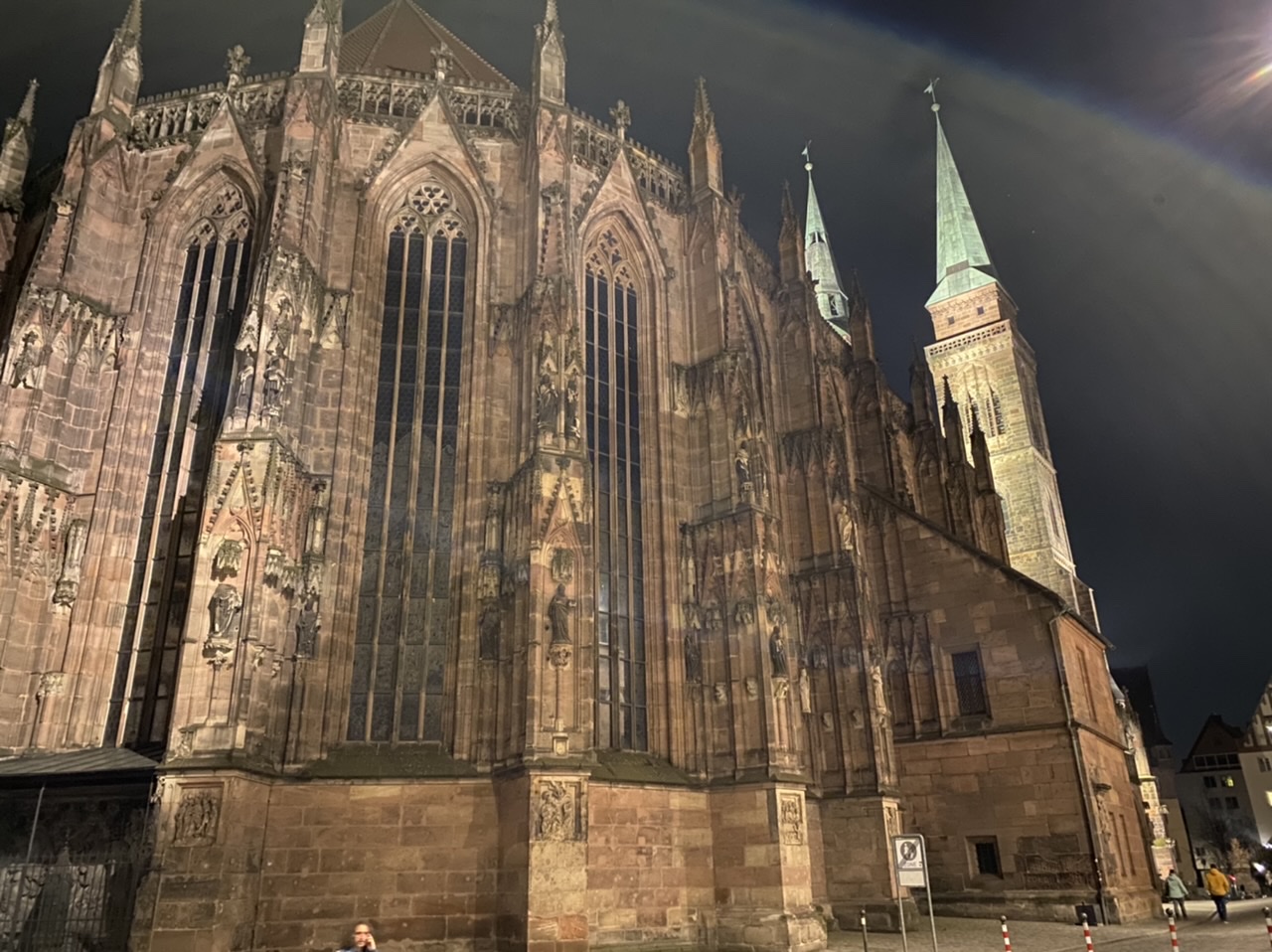
We continued on to the Hauptmarkt, the big public square where the world famous Christkindlesmarkt (Christmas market) is held each year. One of the attractions in the square is the Schöner Brunnen (beautiful fountain).
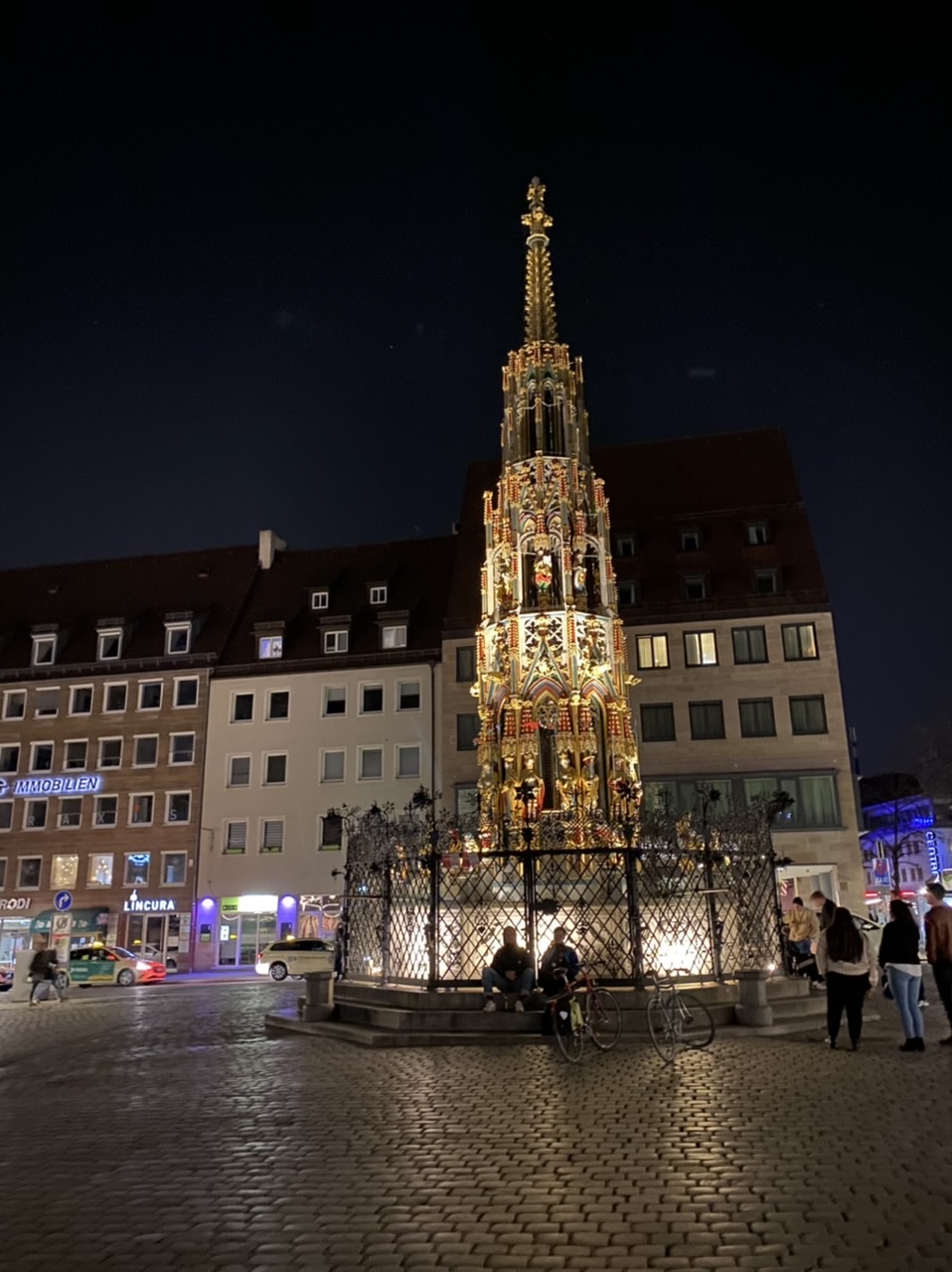
Nearby is the Frauenkirche (Church of Our Lady), which we would discover the next day has a very famous clock.
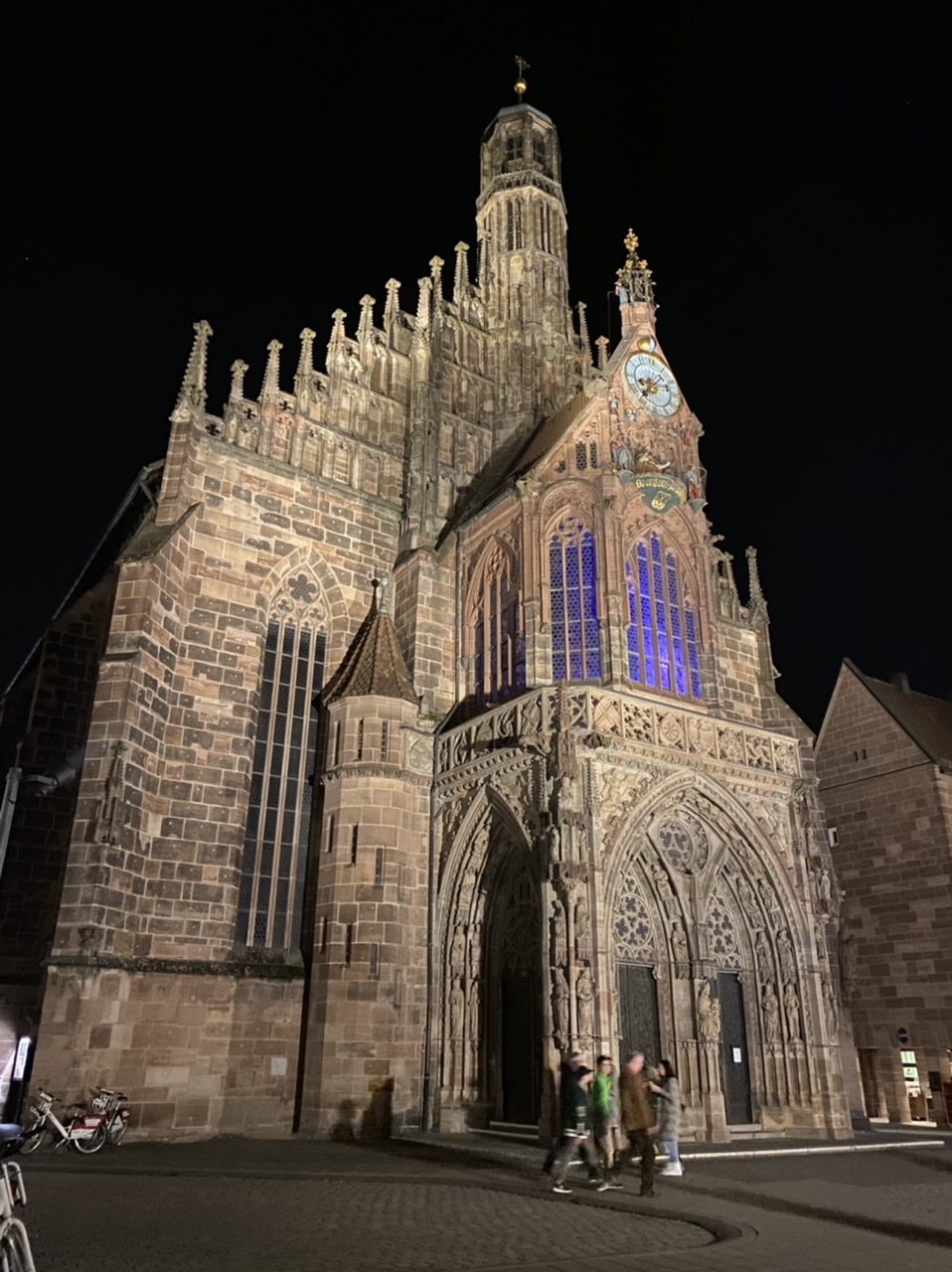
The river that flows through Nürnberg is the Pegnitz, and we crossed over the Museumsbrücke on our walk. From one side we could see the Fleischbrücke, a late Renaissance bridge that has stood for more than 400 years. On the other side we had a view of the Heilig-Geist-Spital built over the river. It was originally a hospital and now it’s an old folks’ home.
We headed back towards our hotel. Along the way we passed by St. Sebaldus Church again, this time from the front. St. Sebaldus is the patron saint of Nürnberg.
